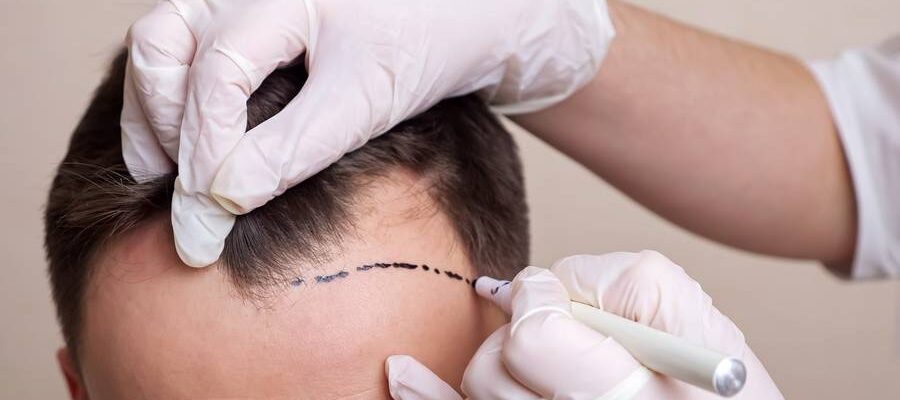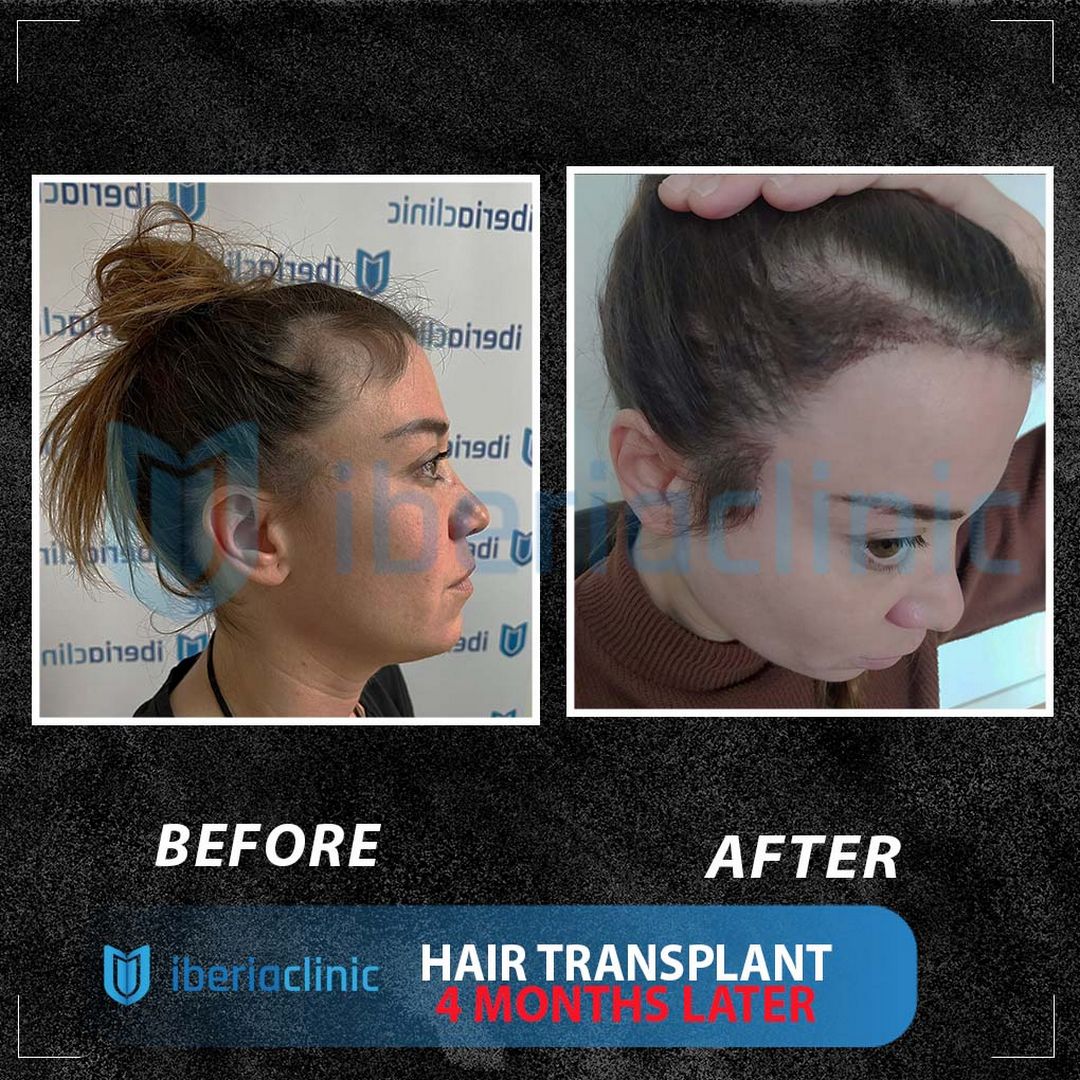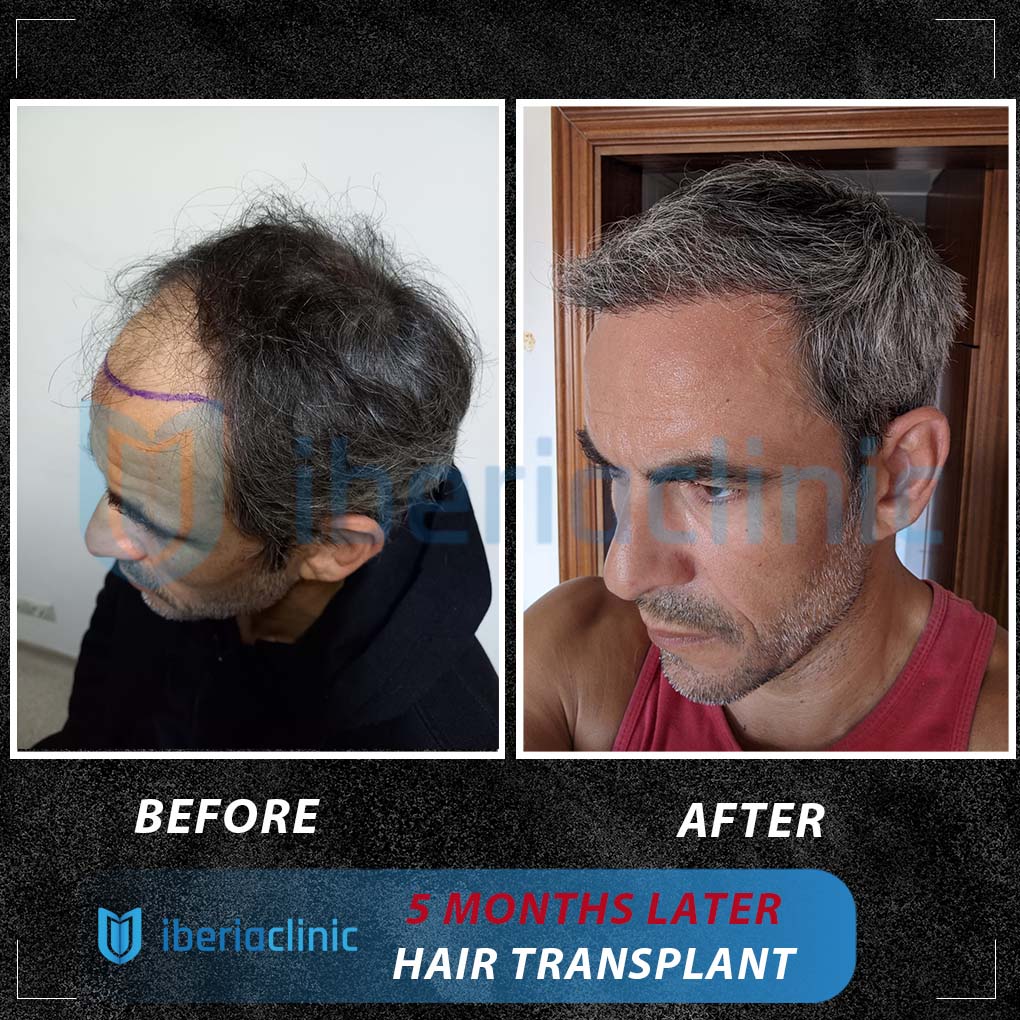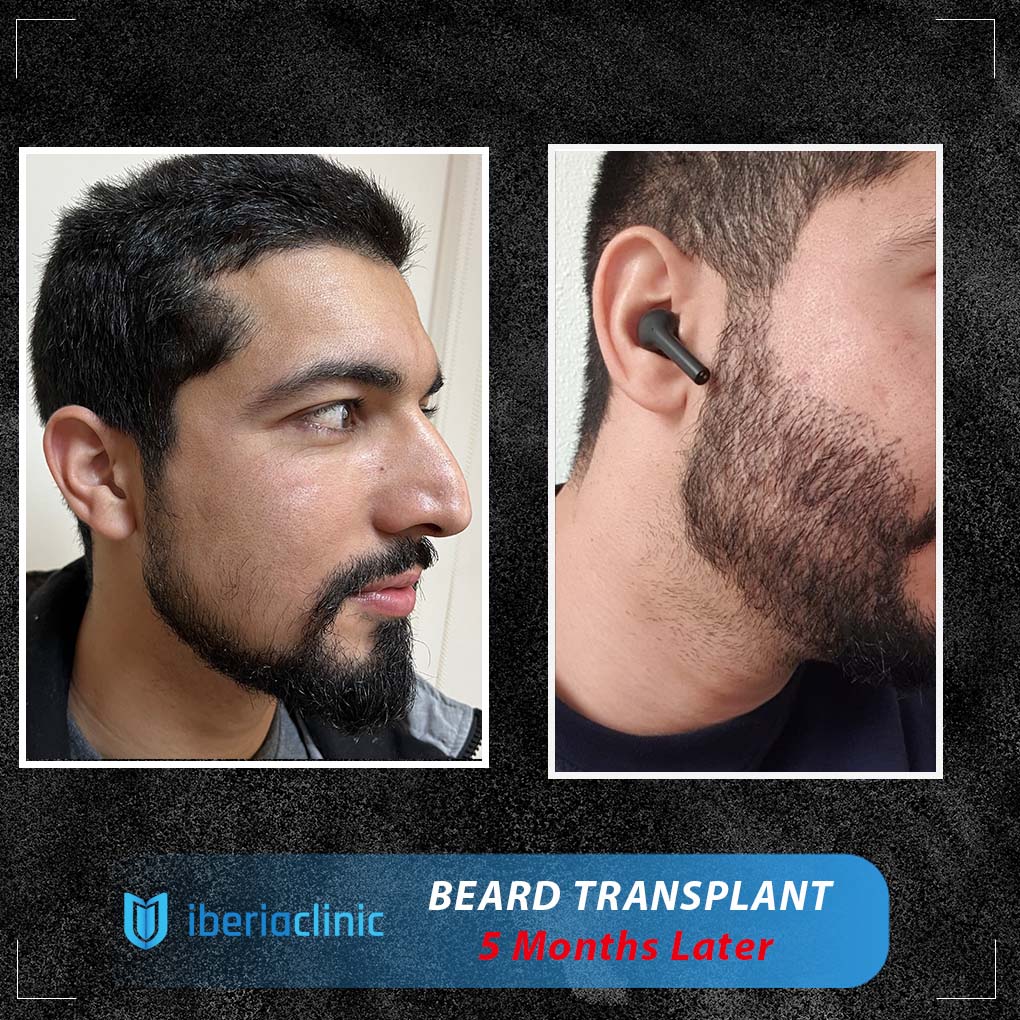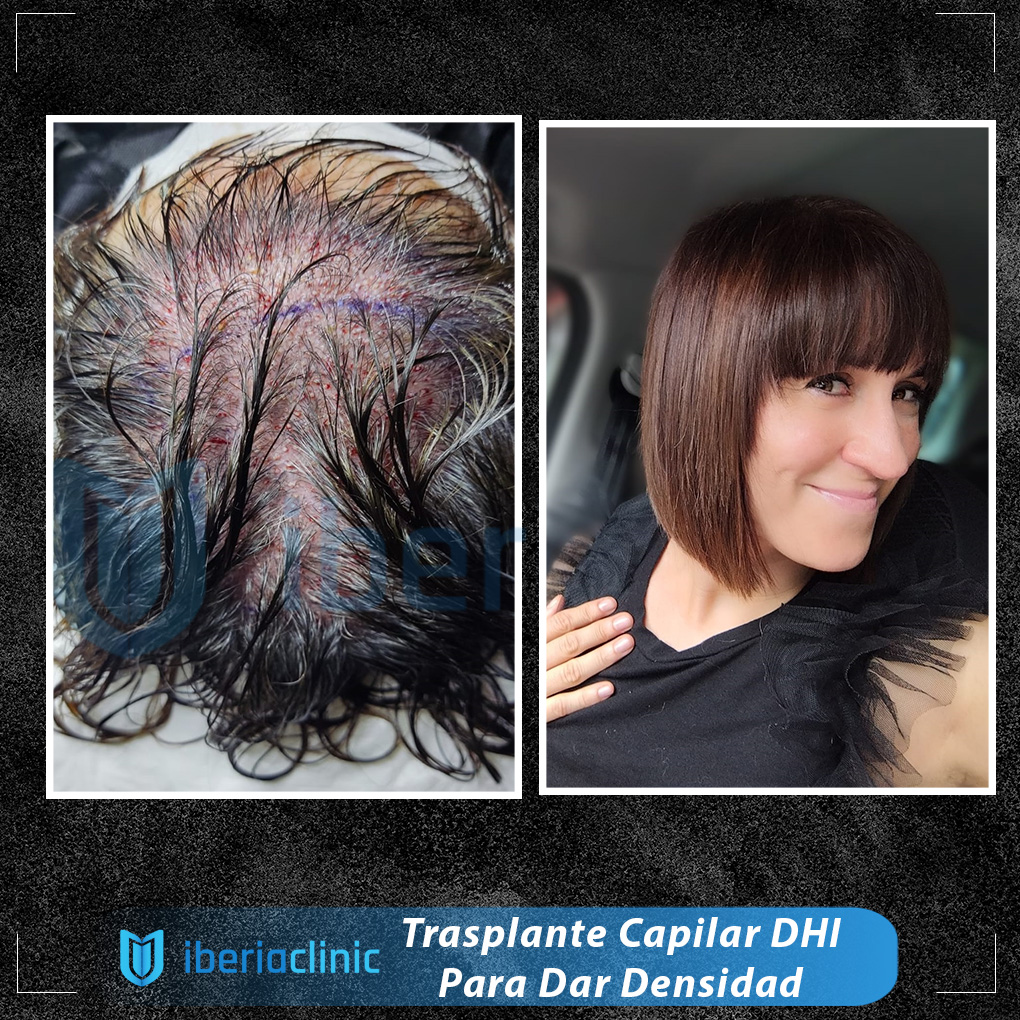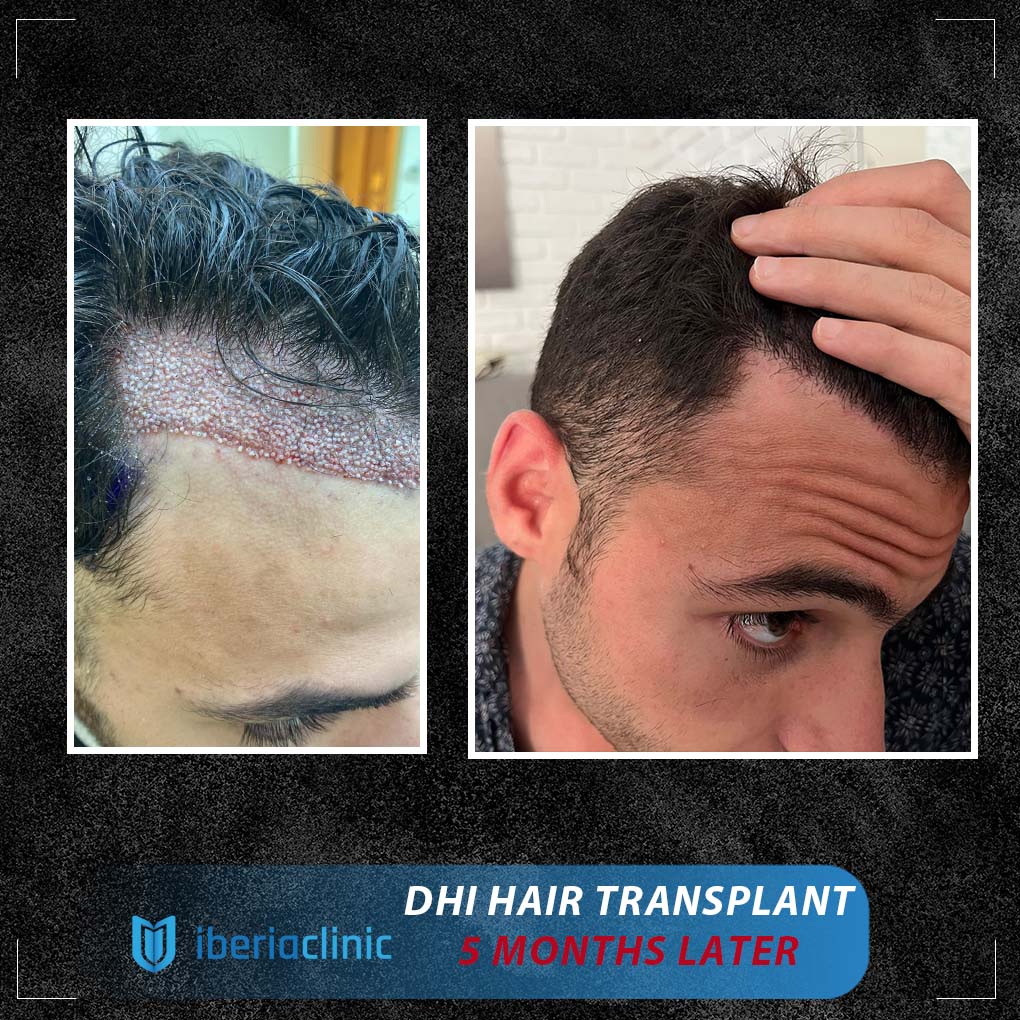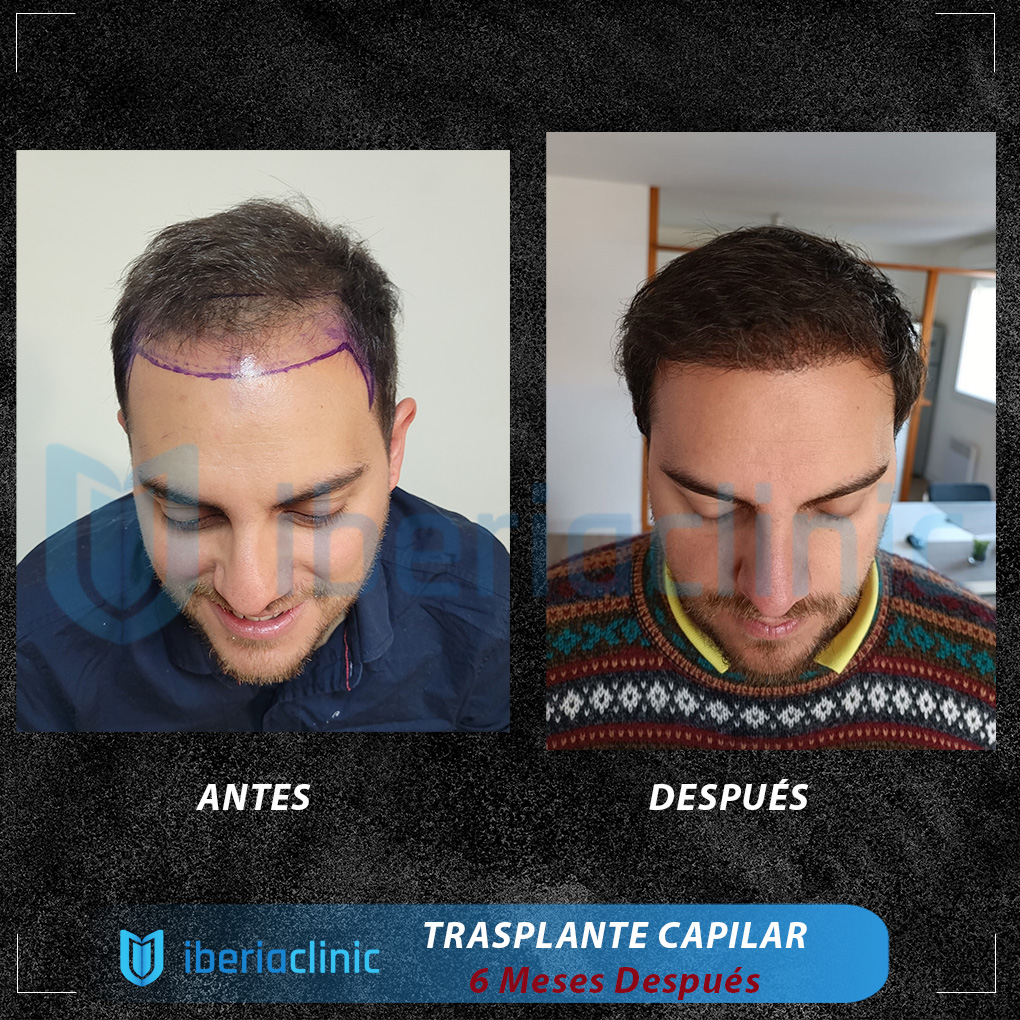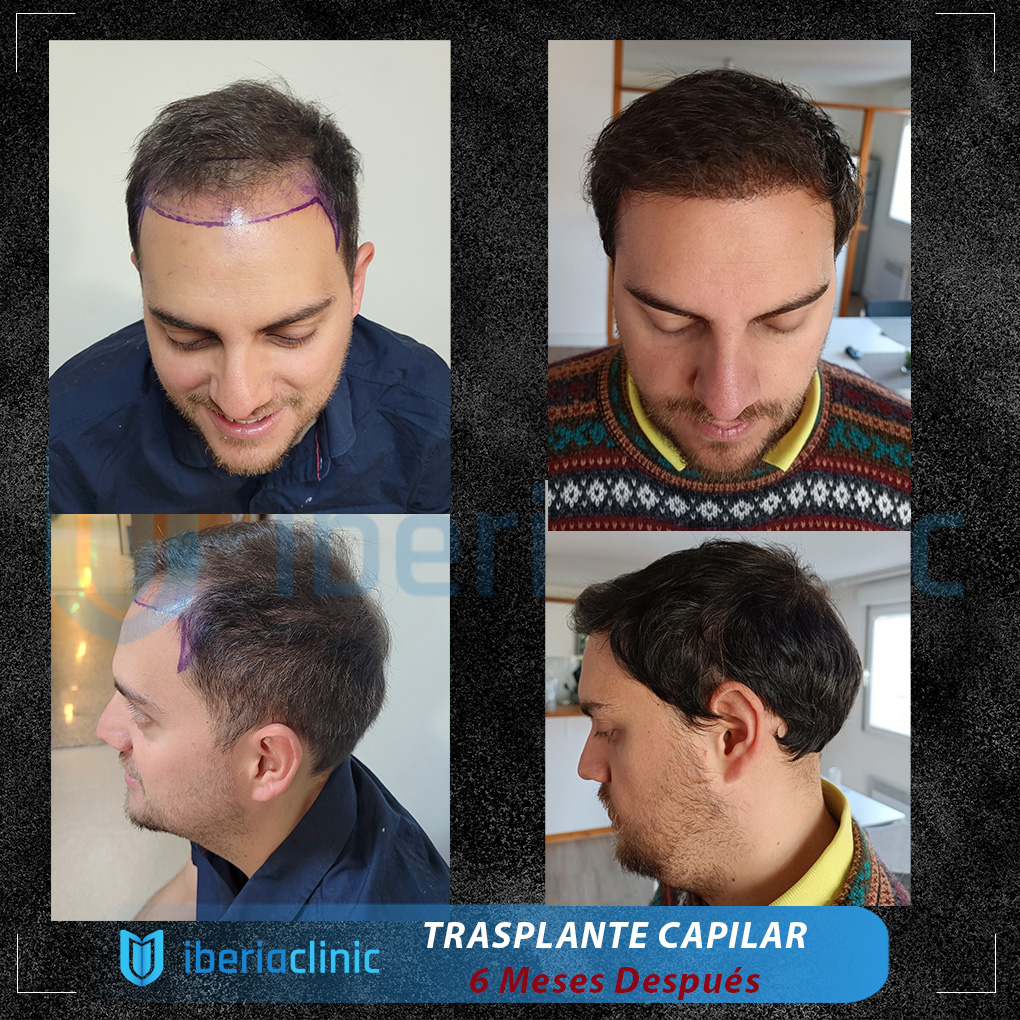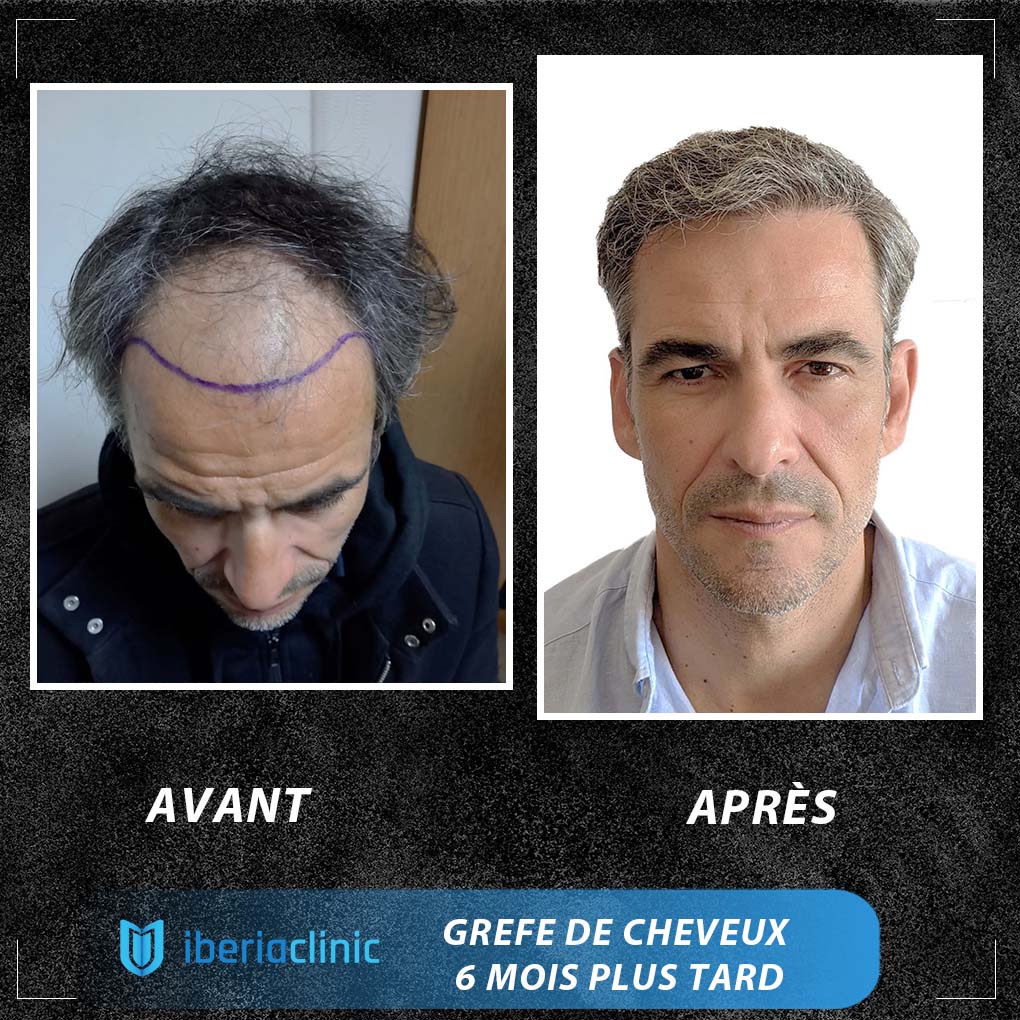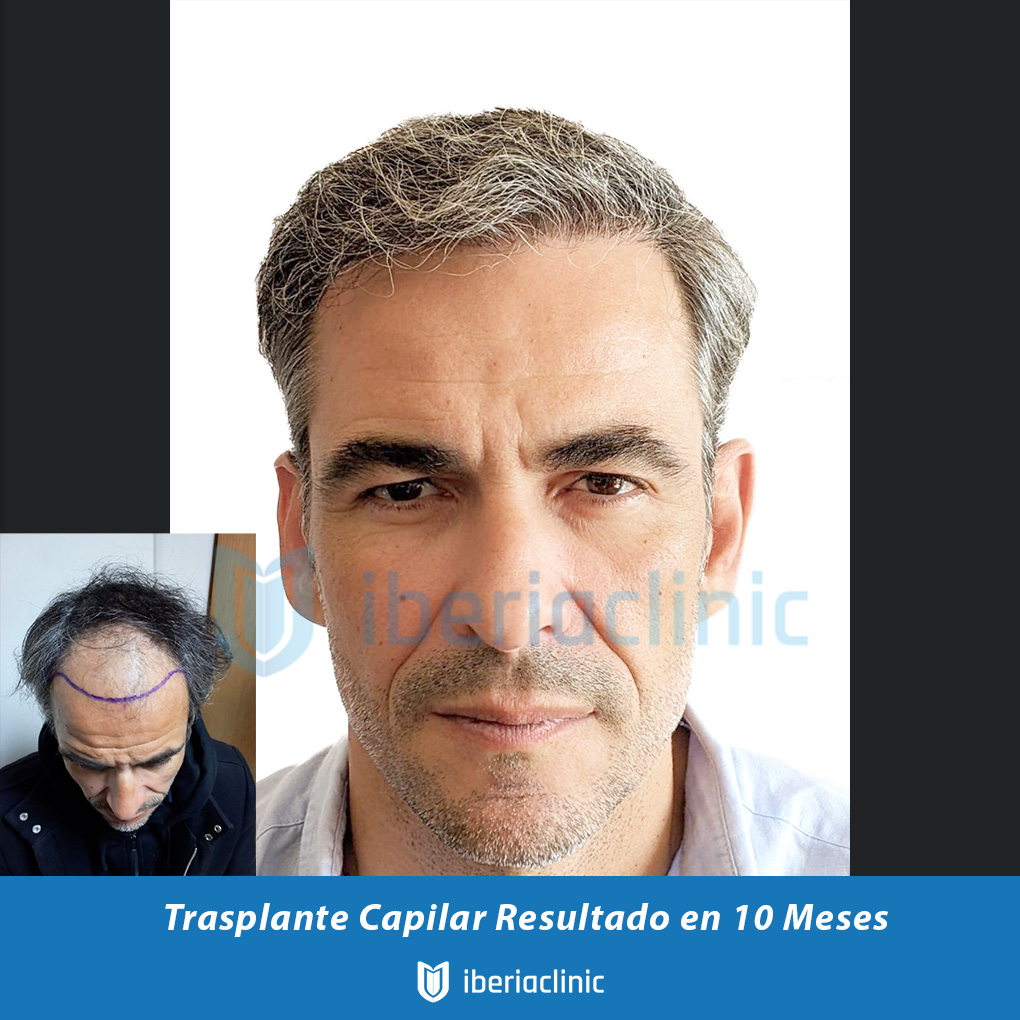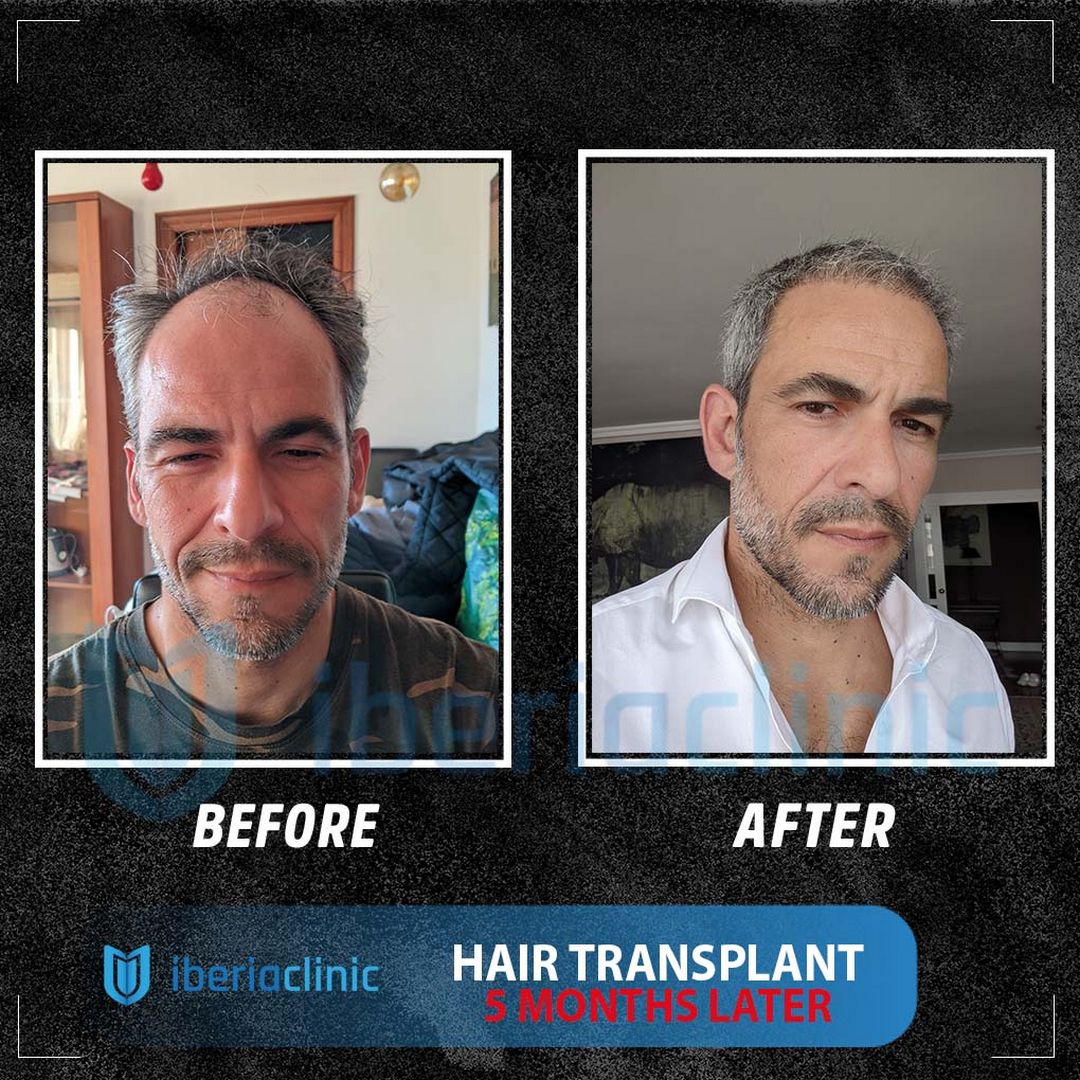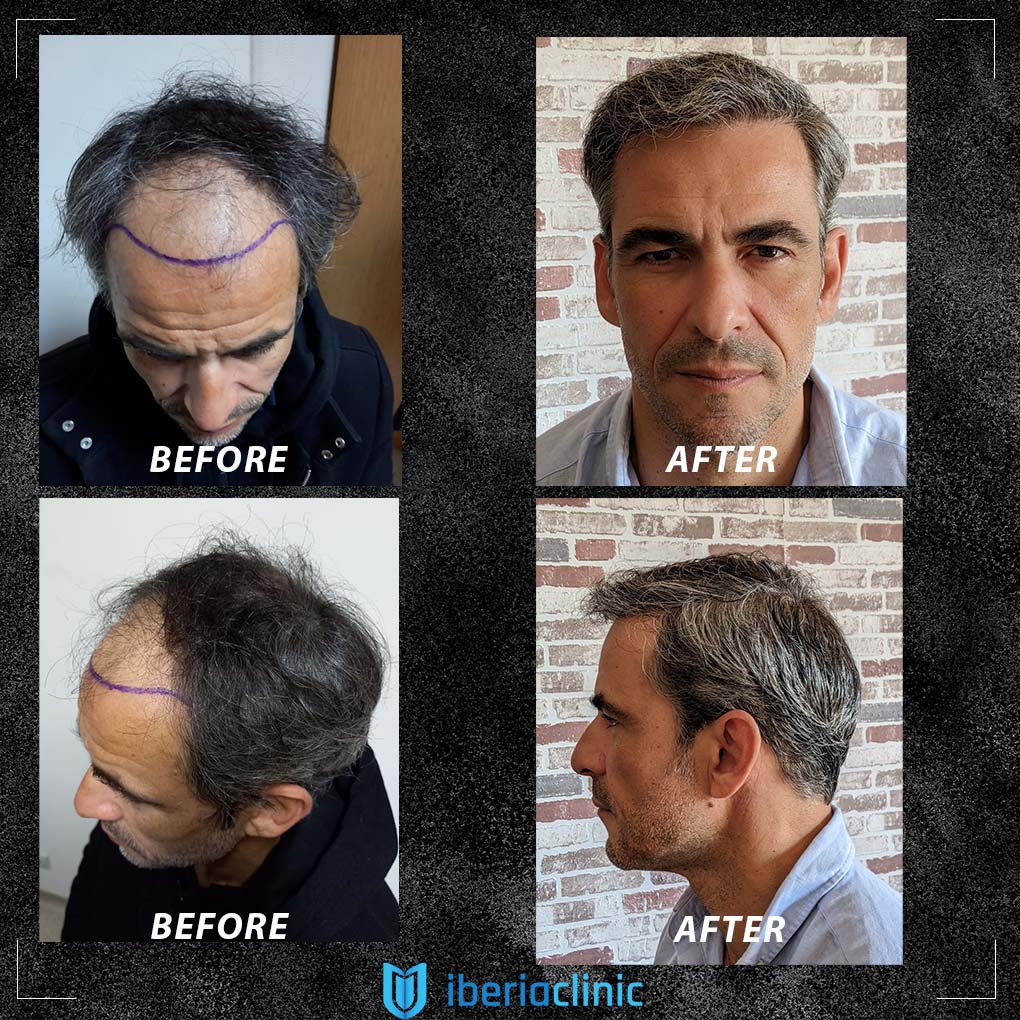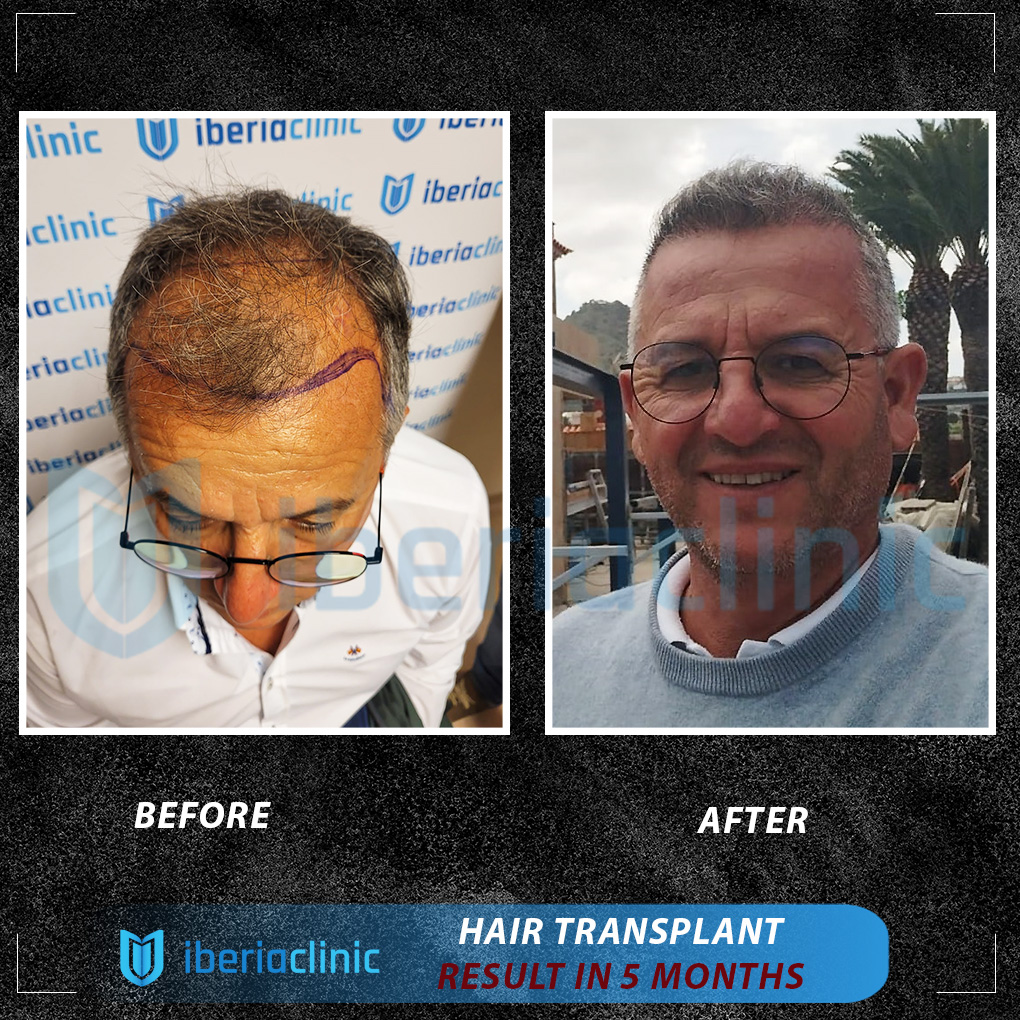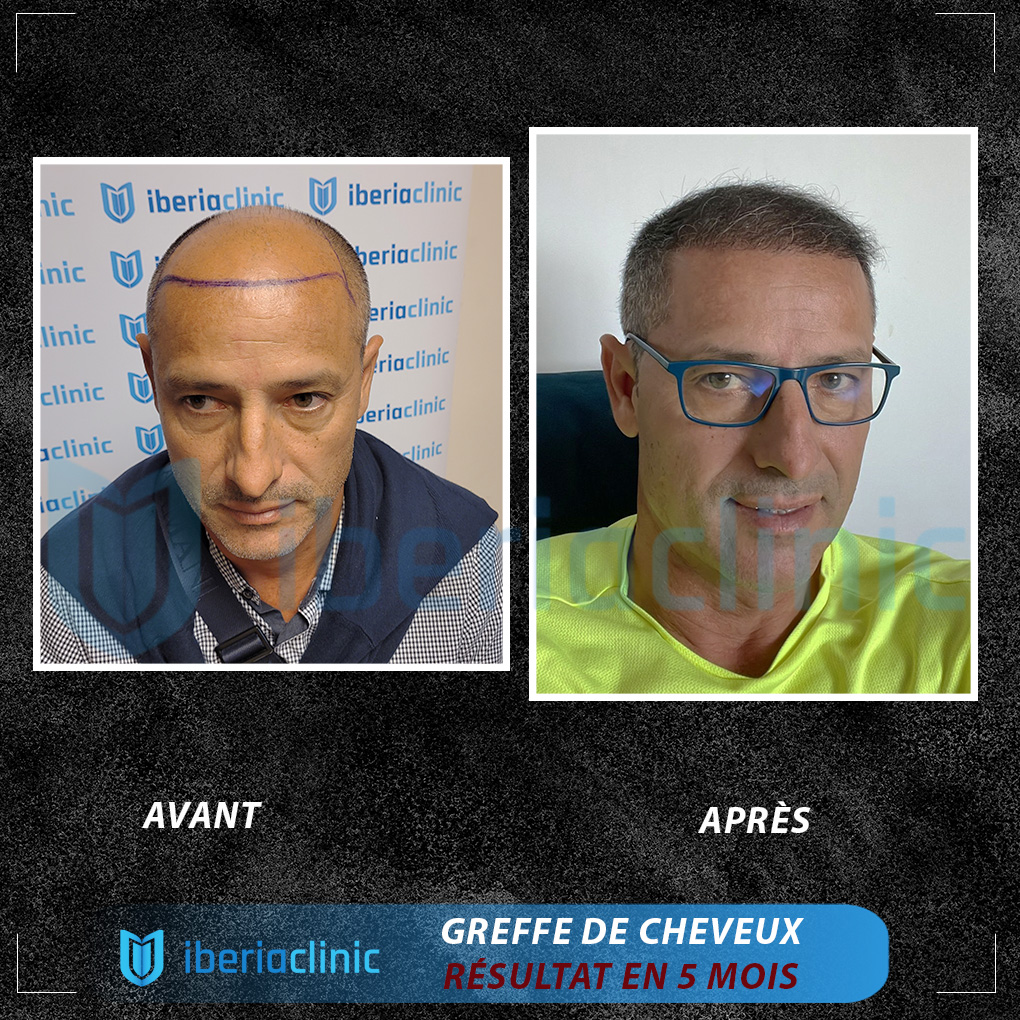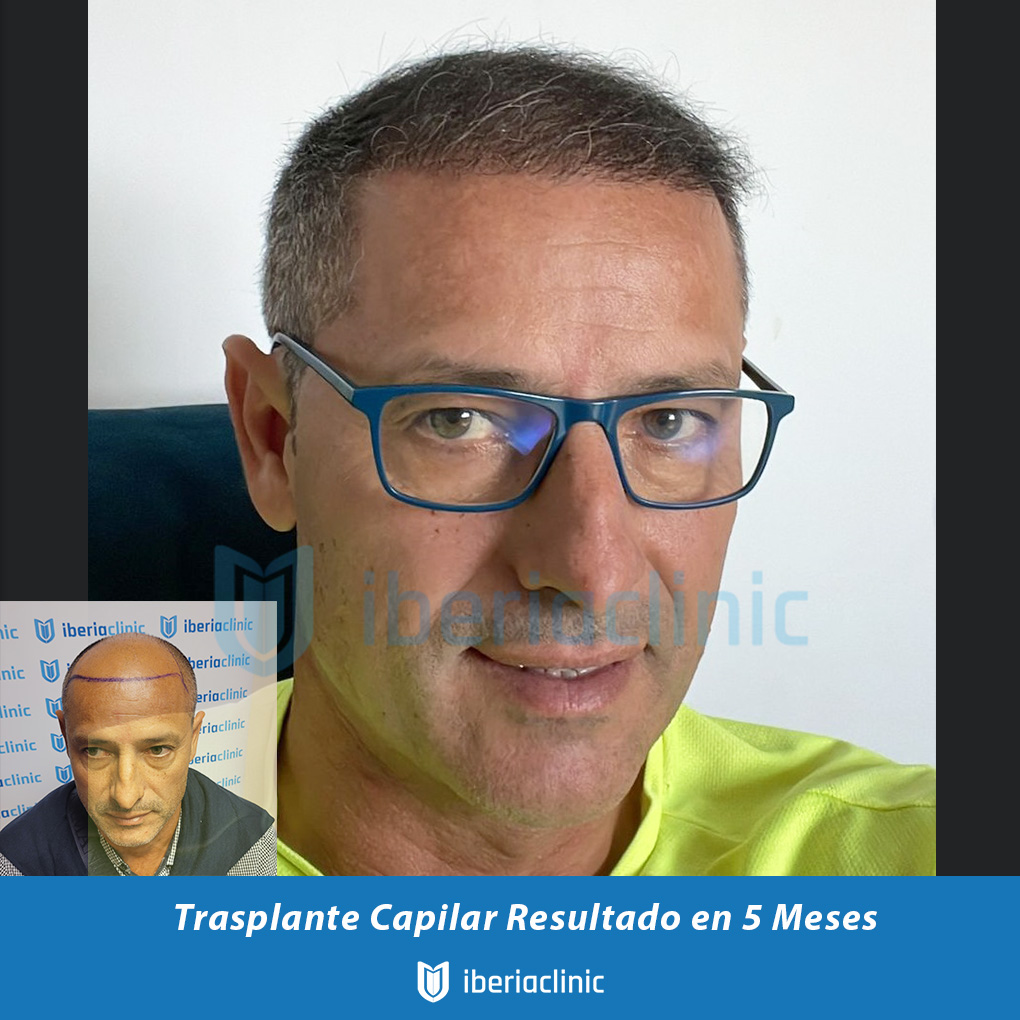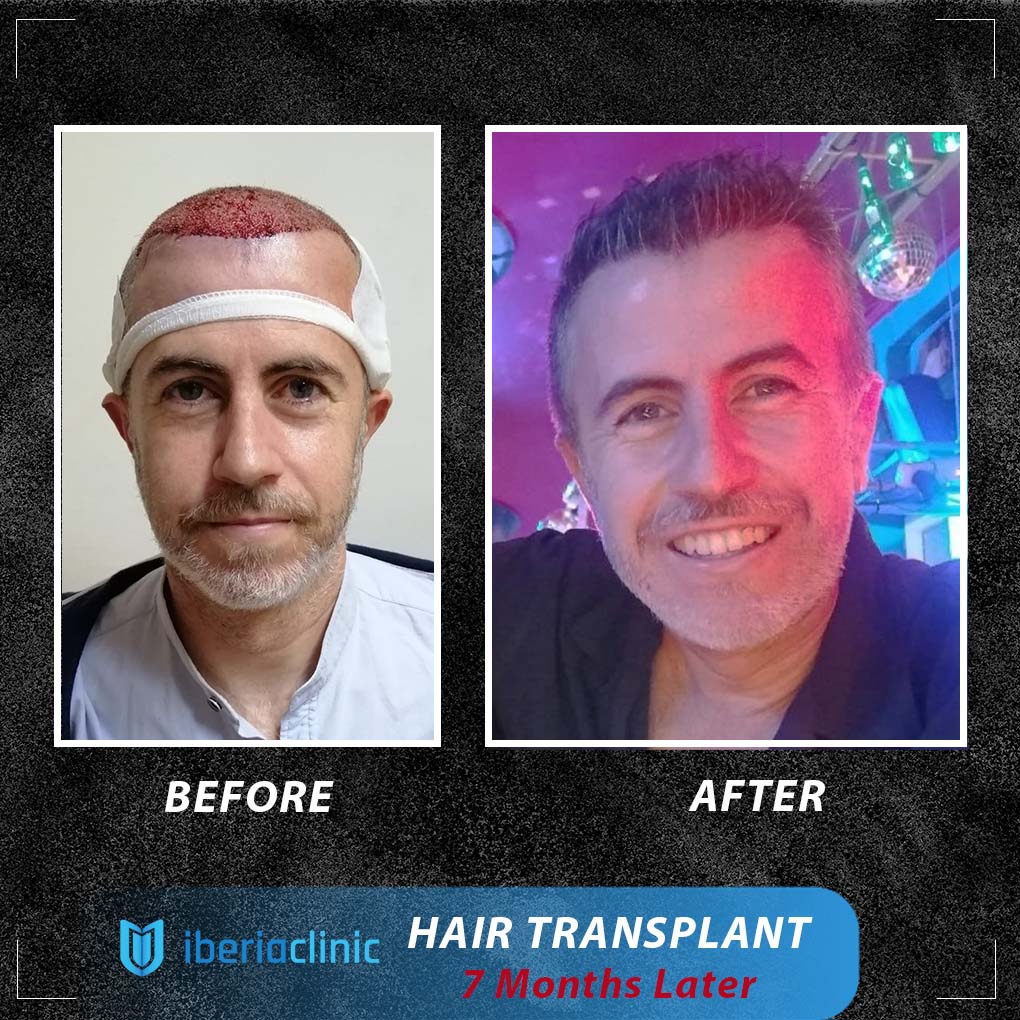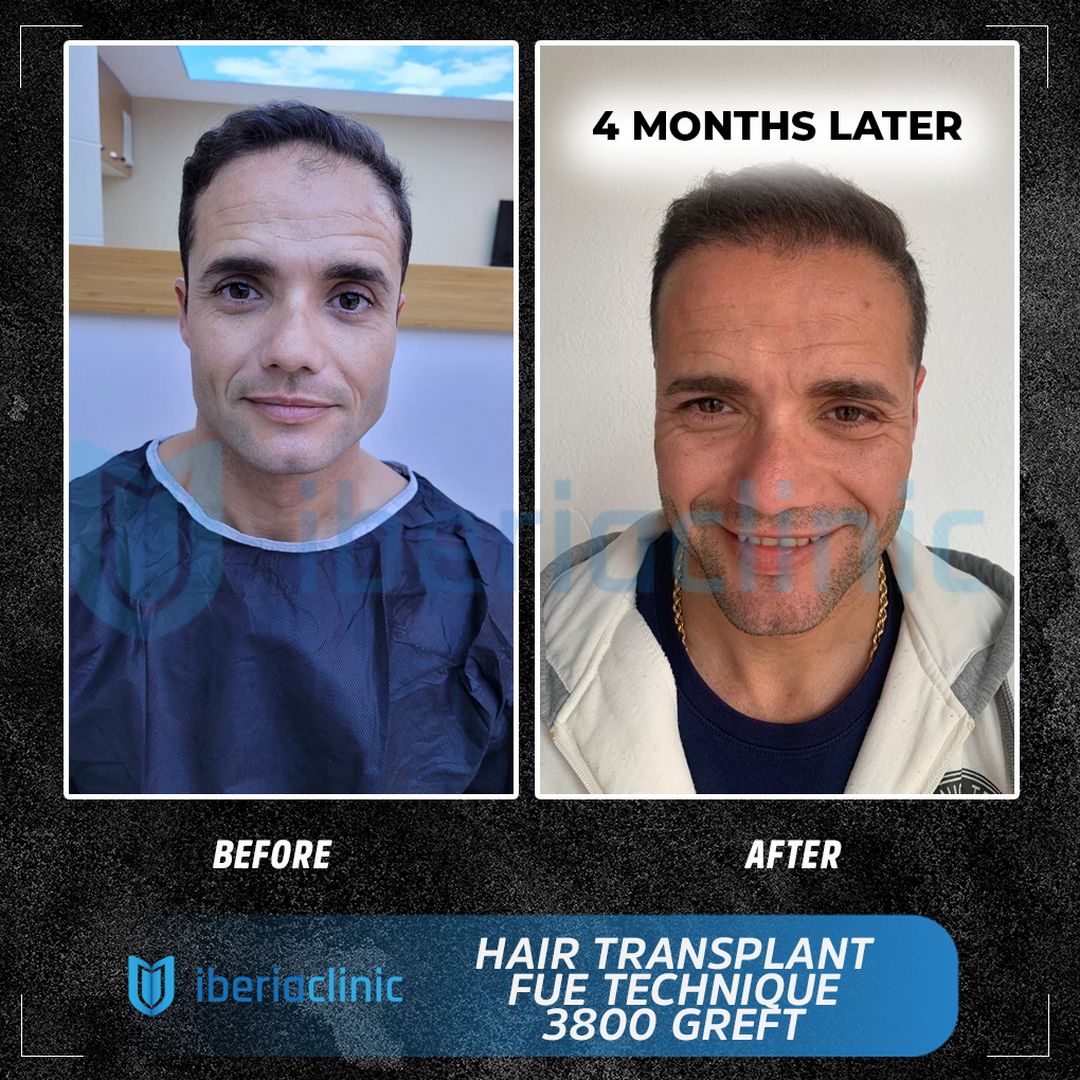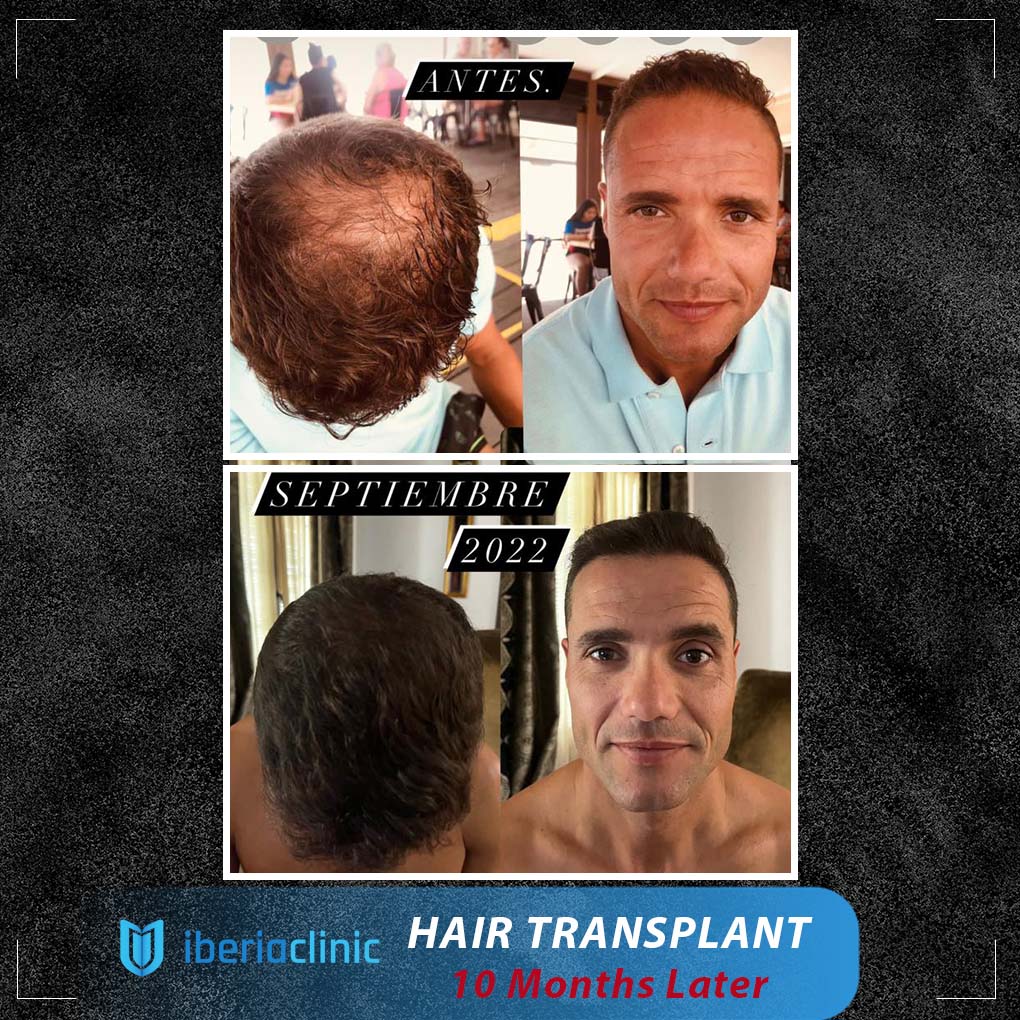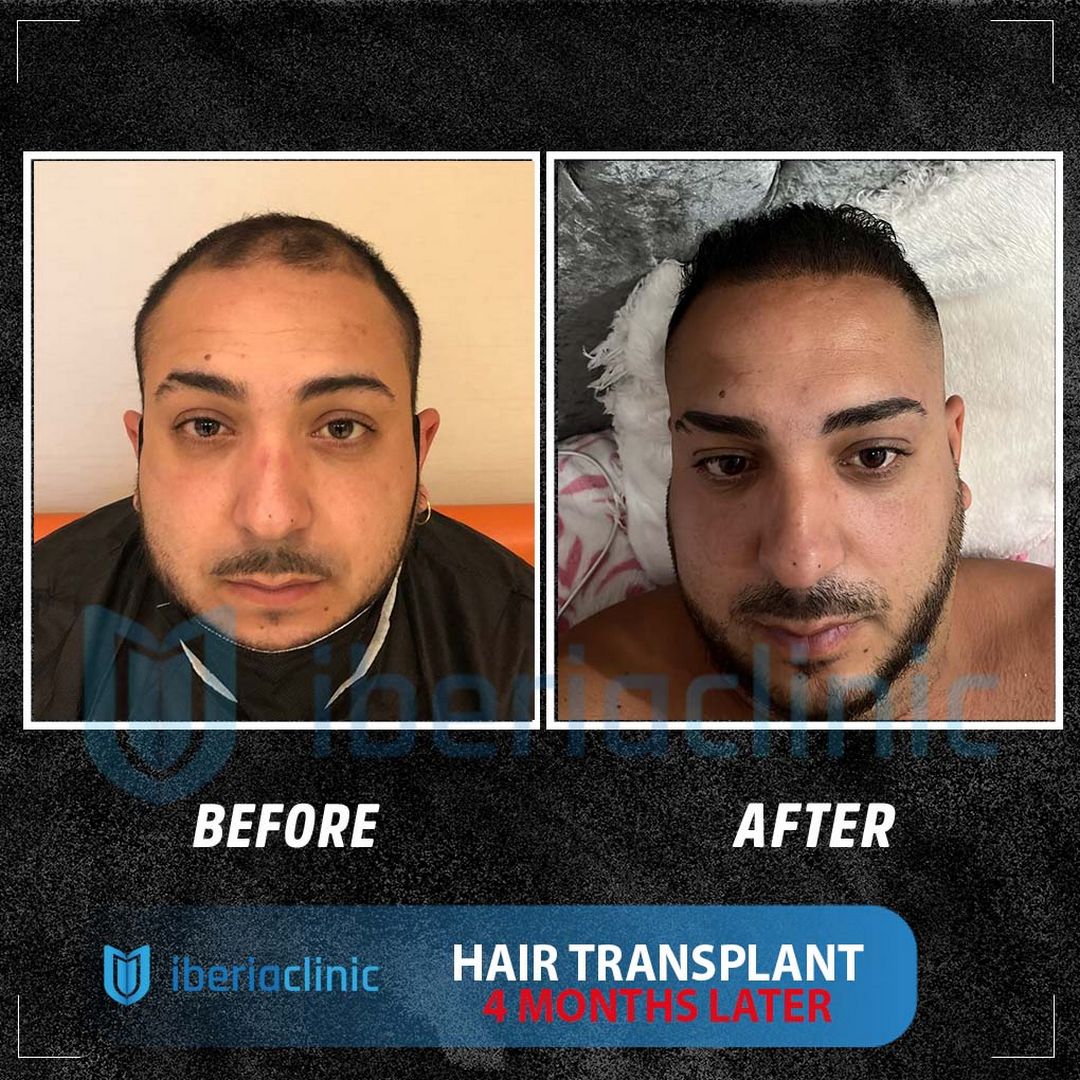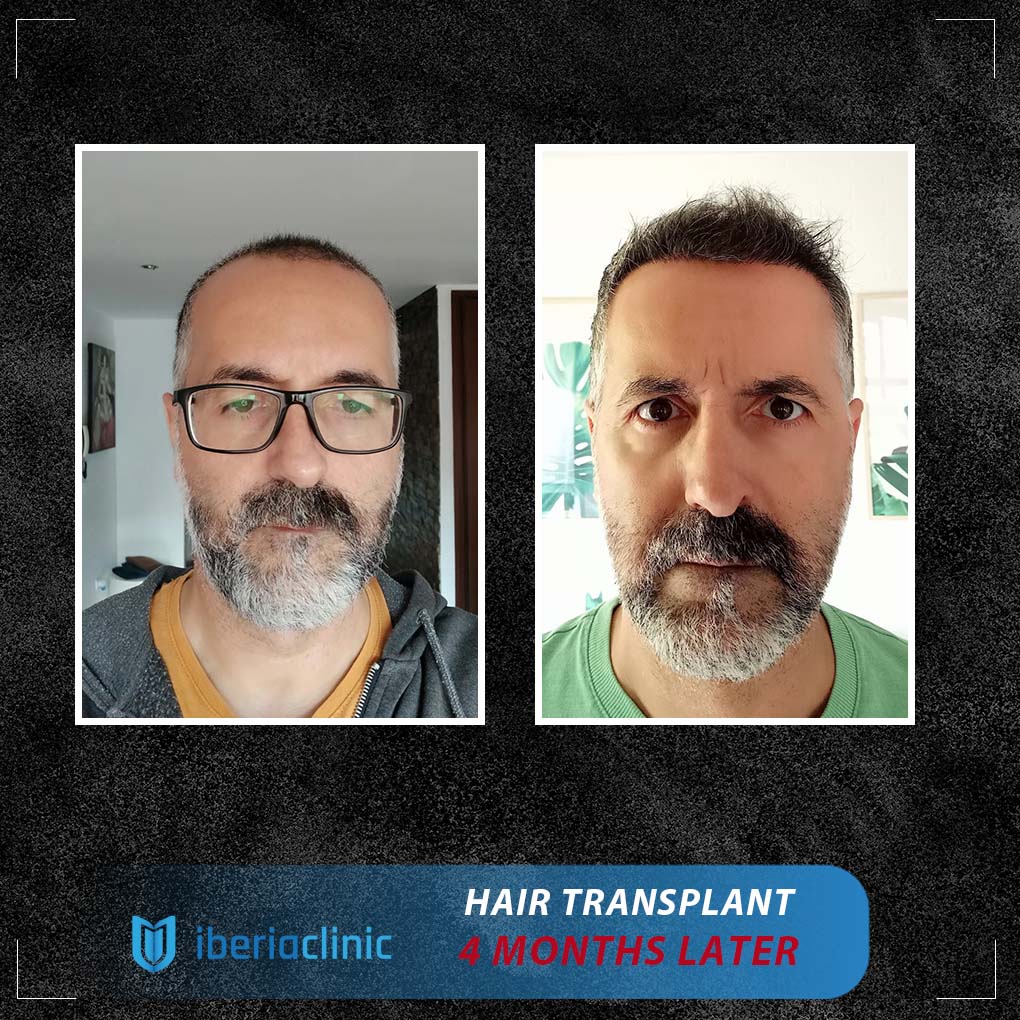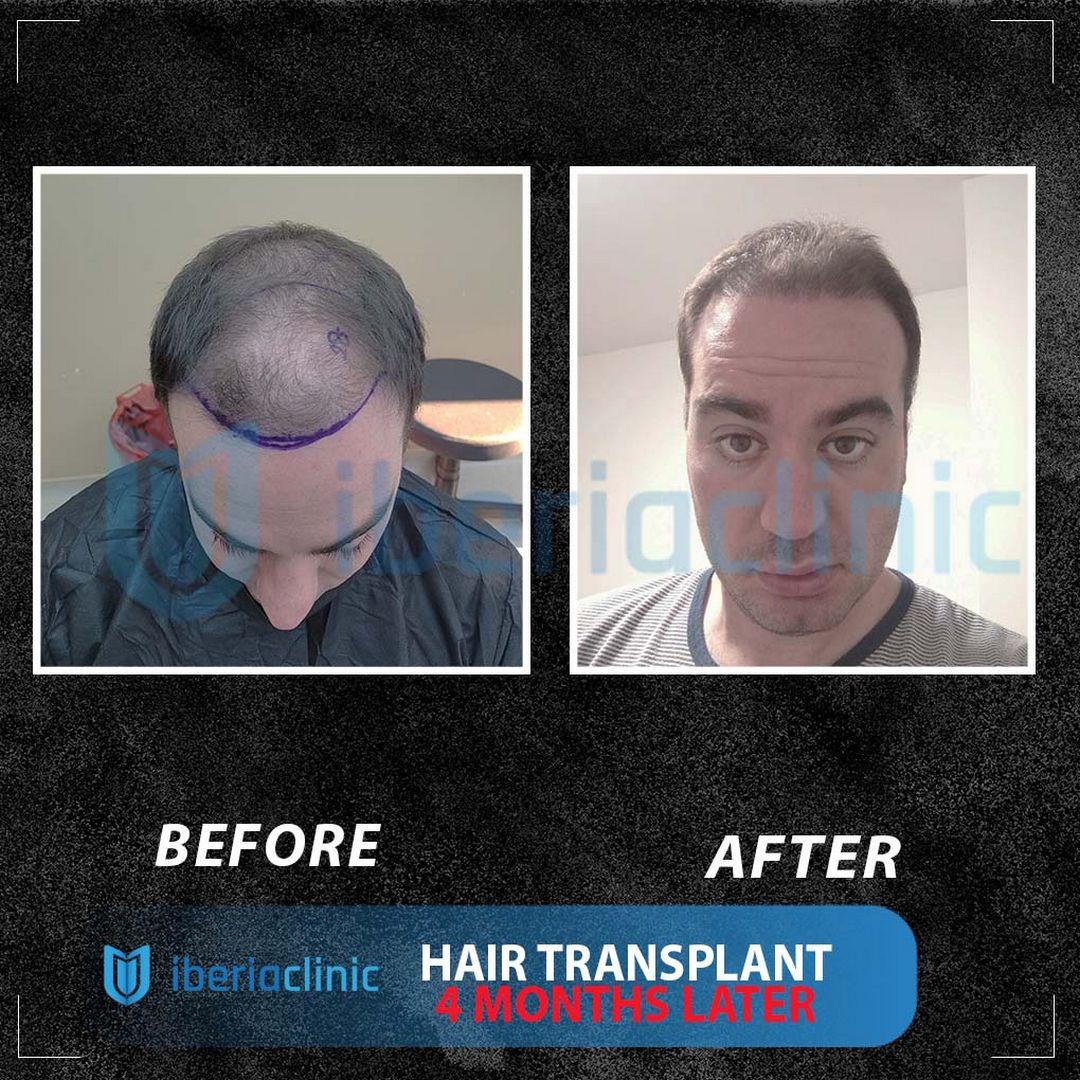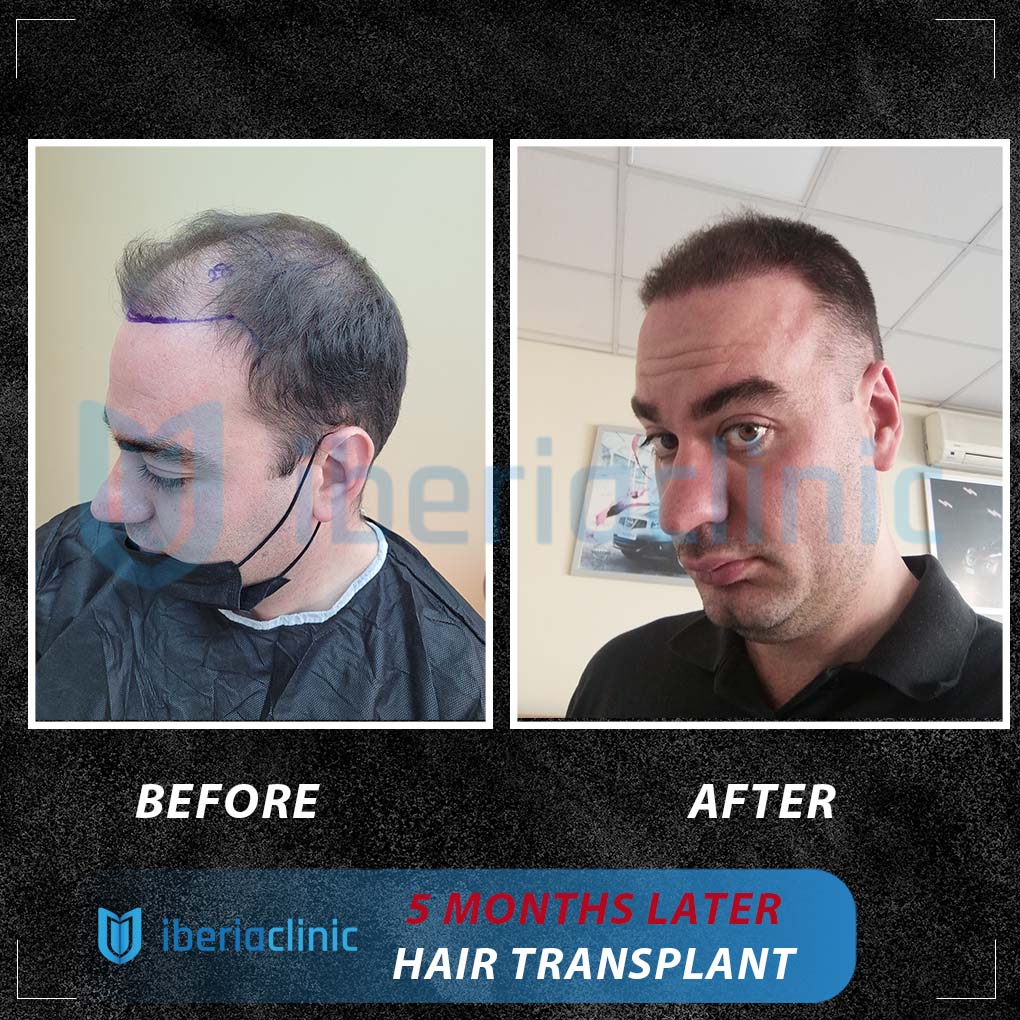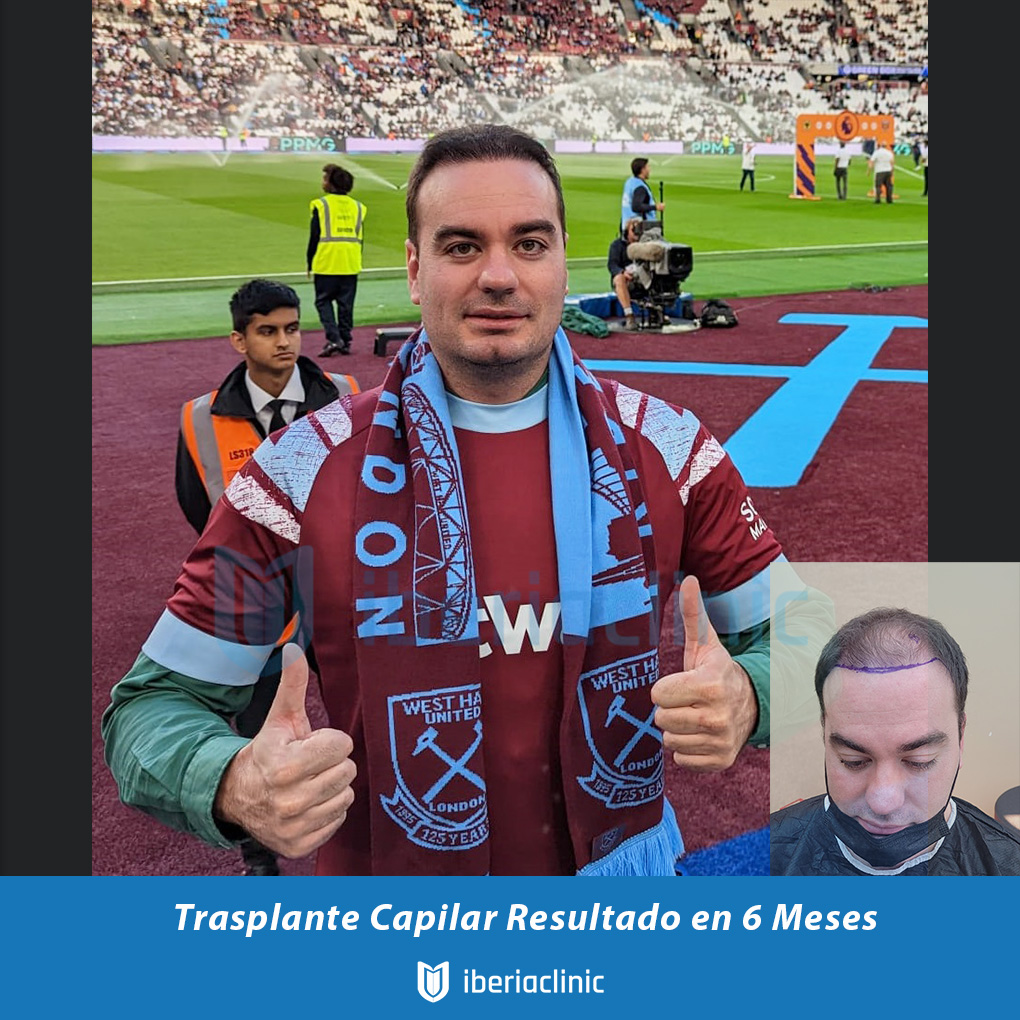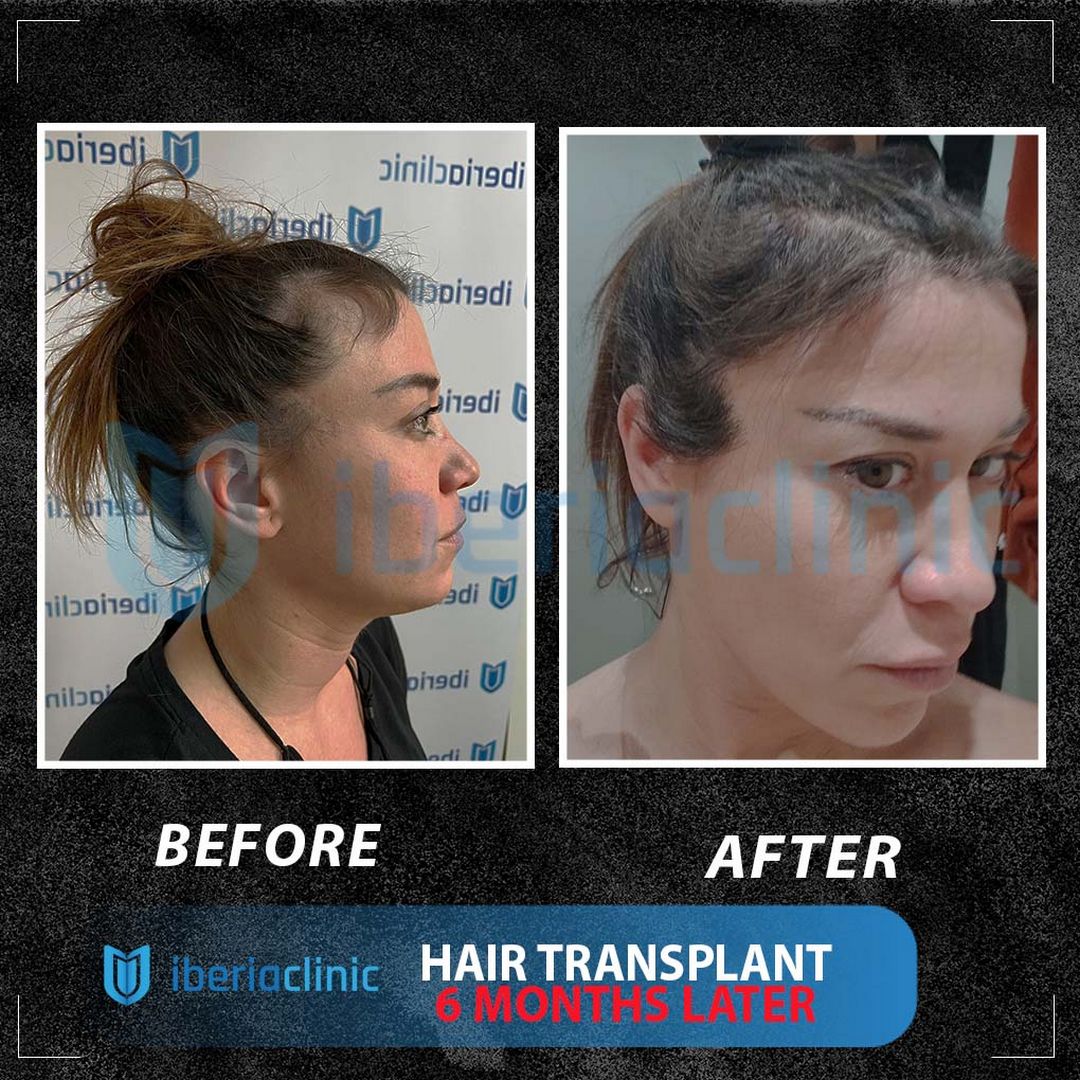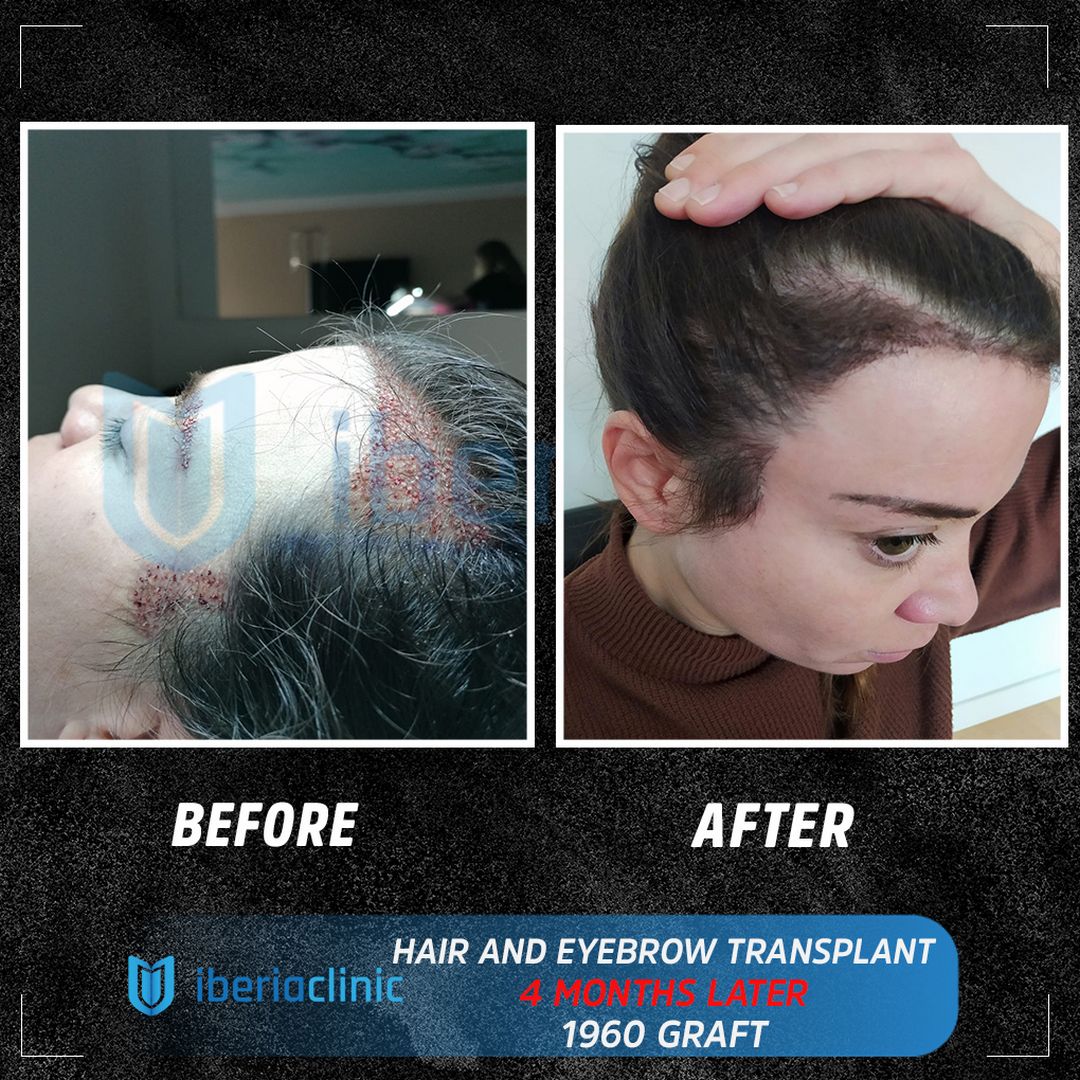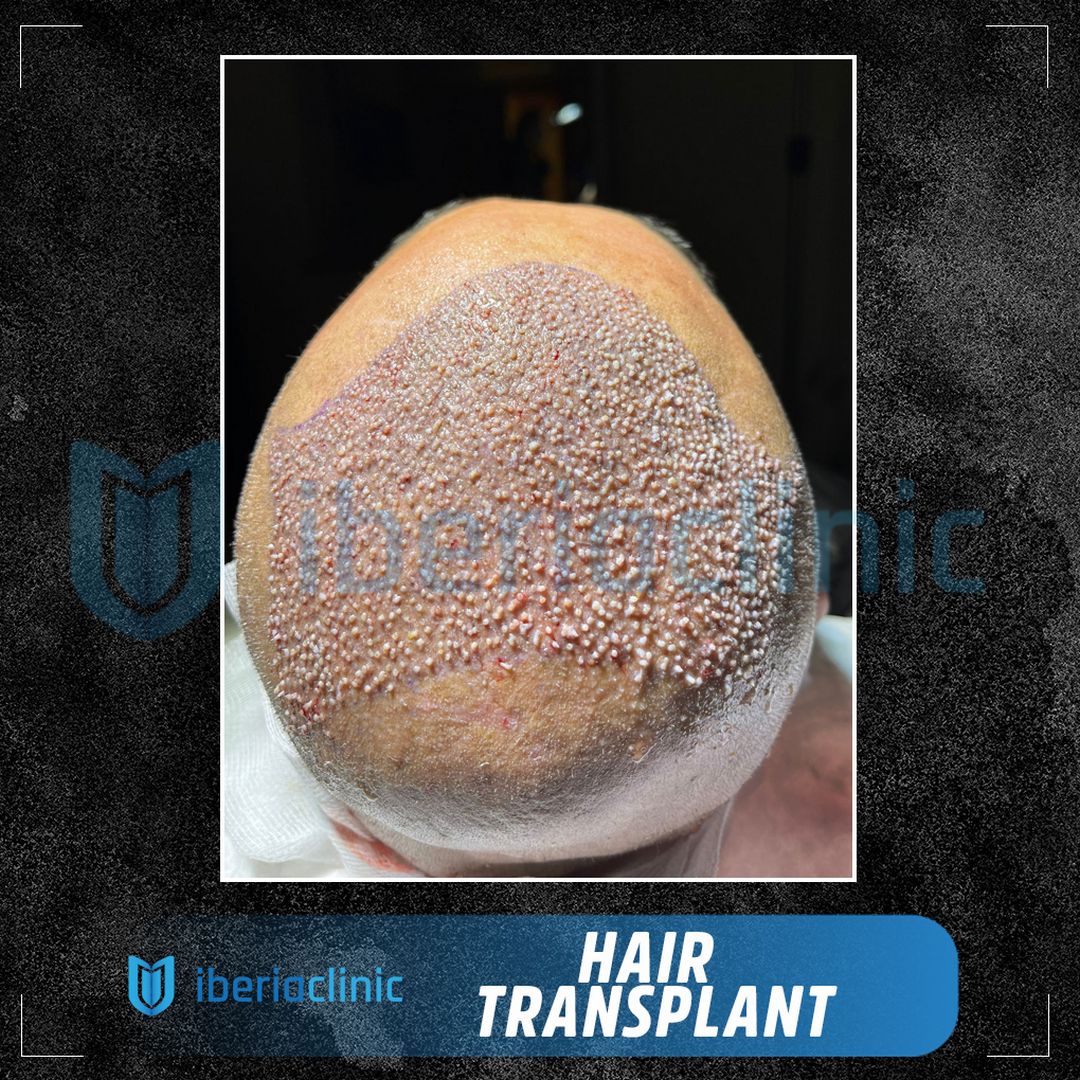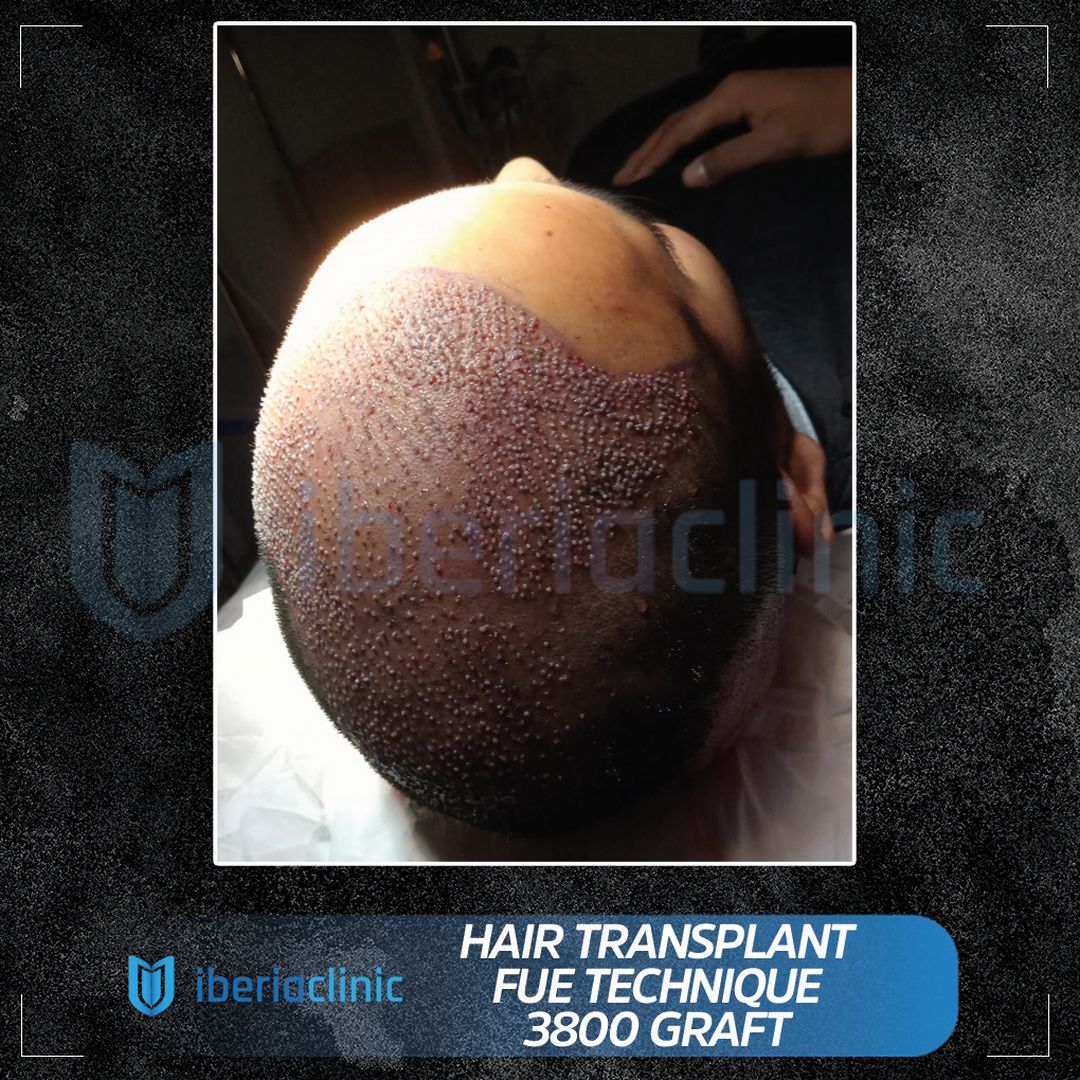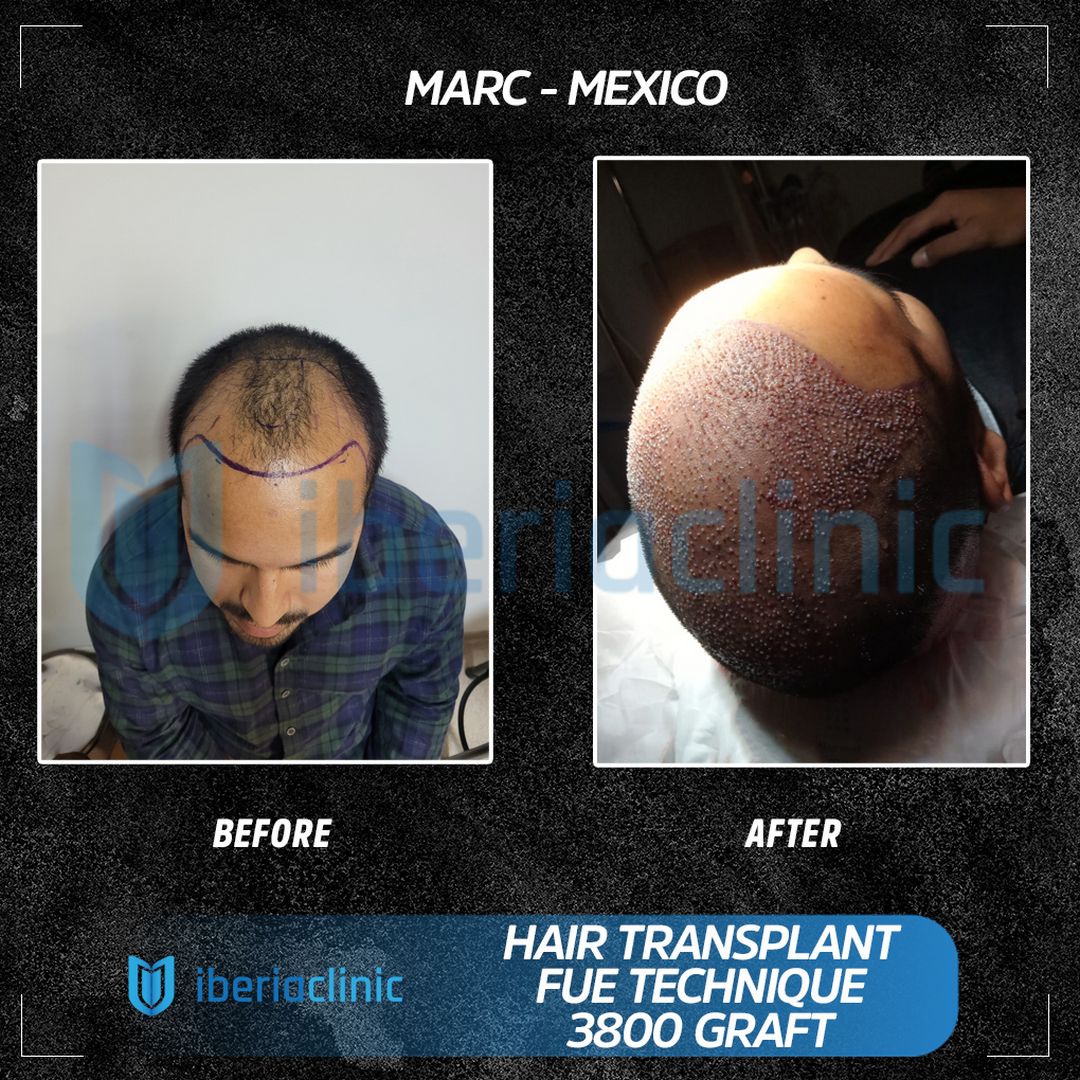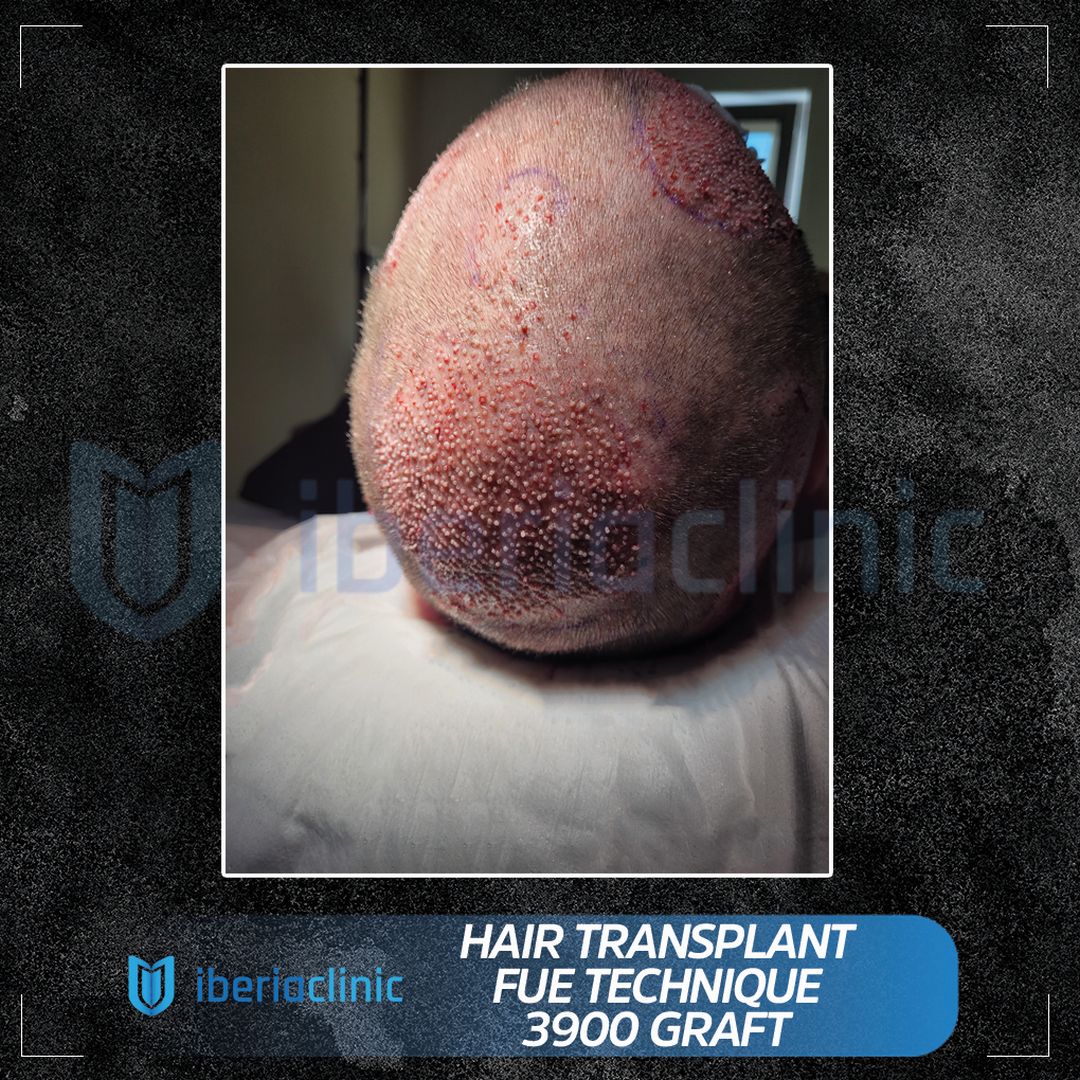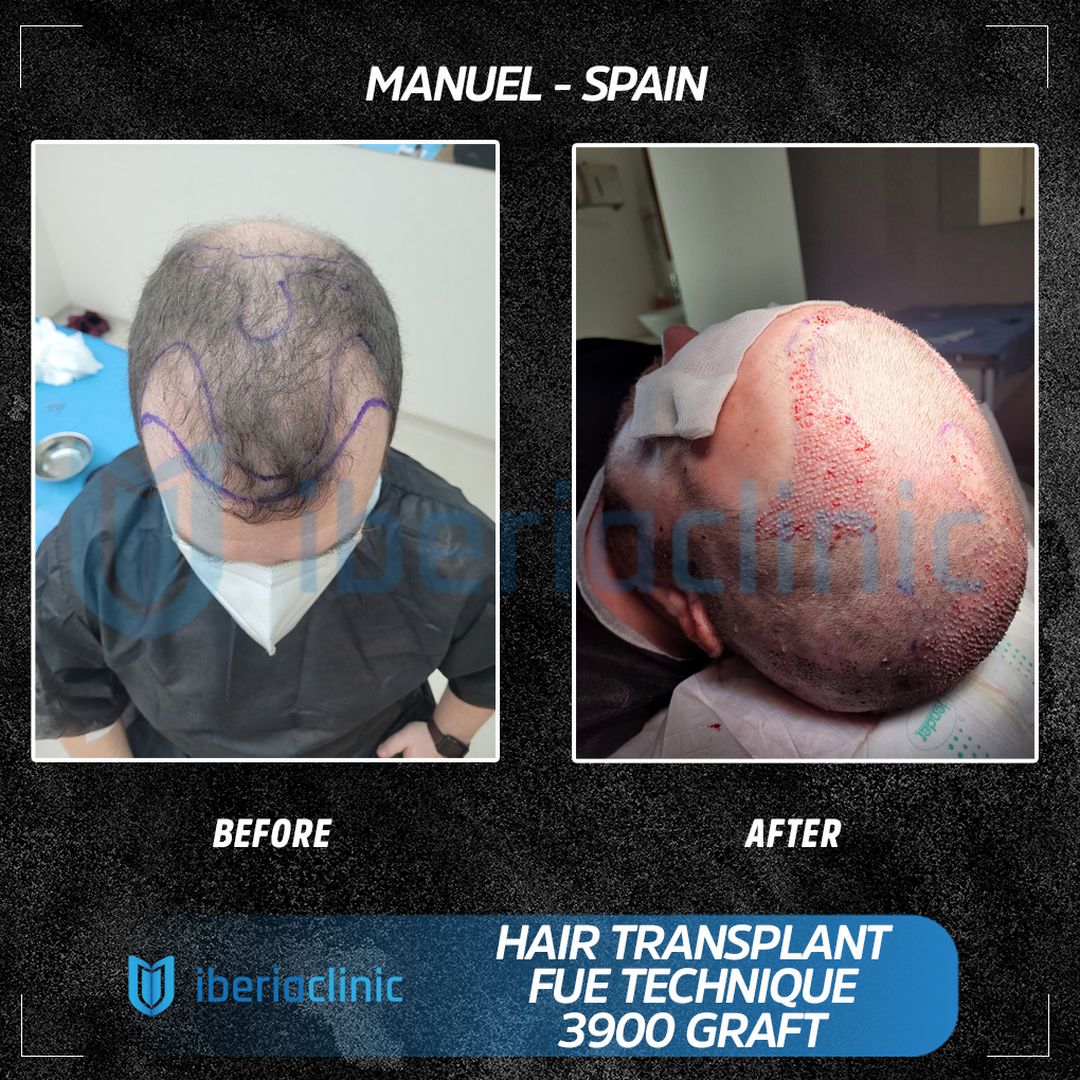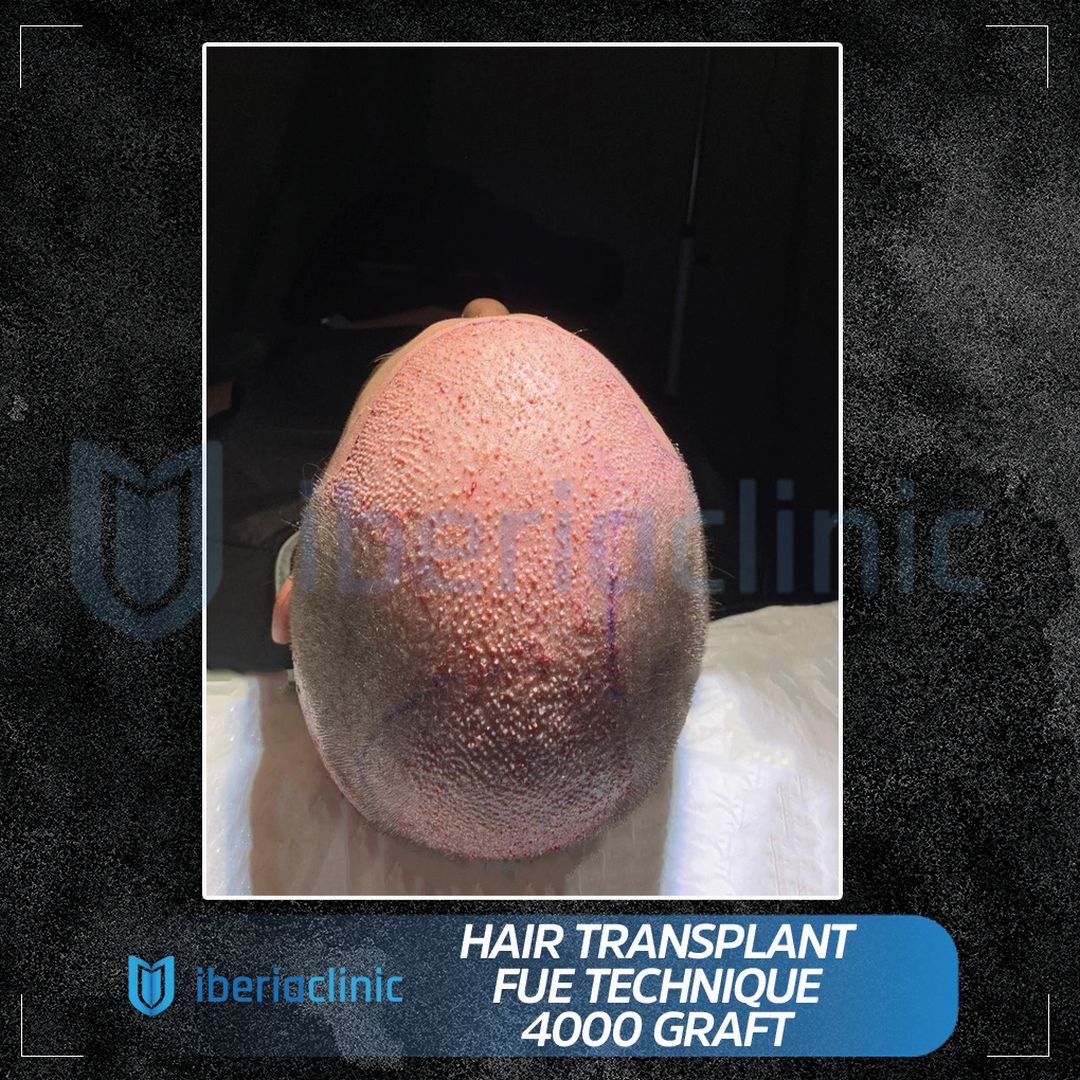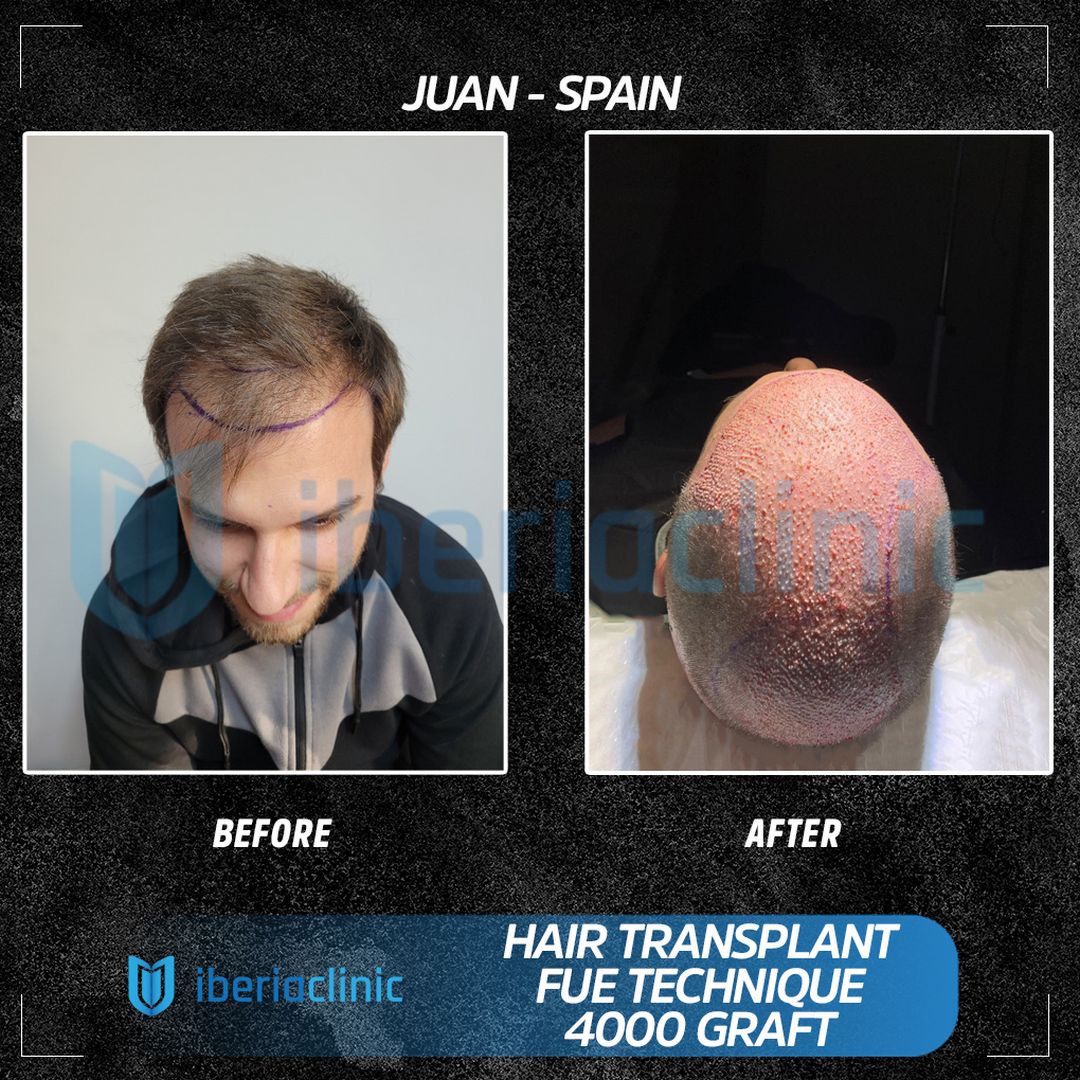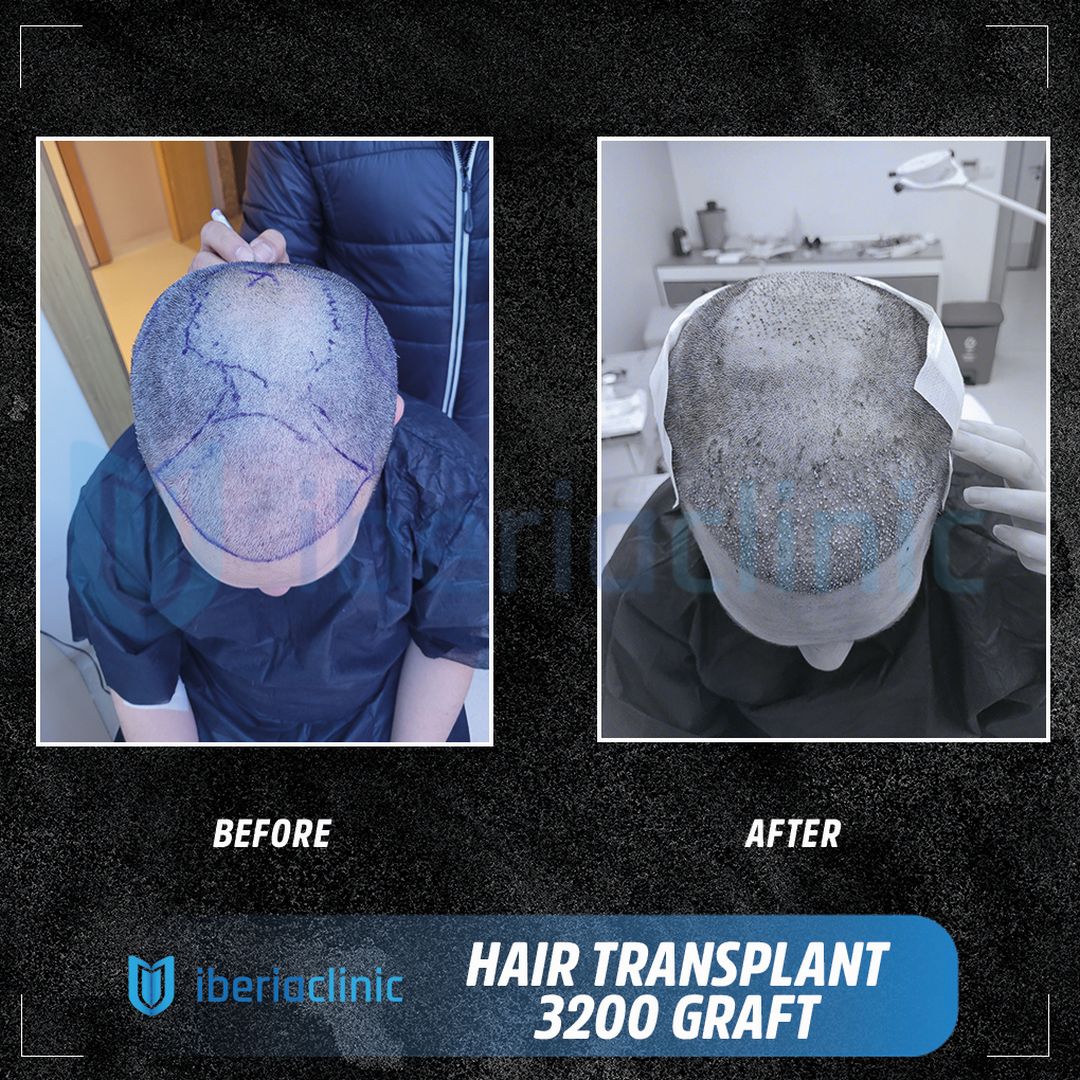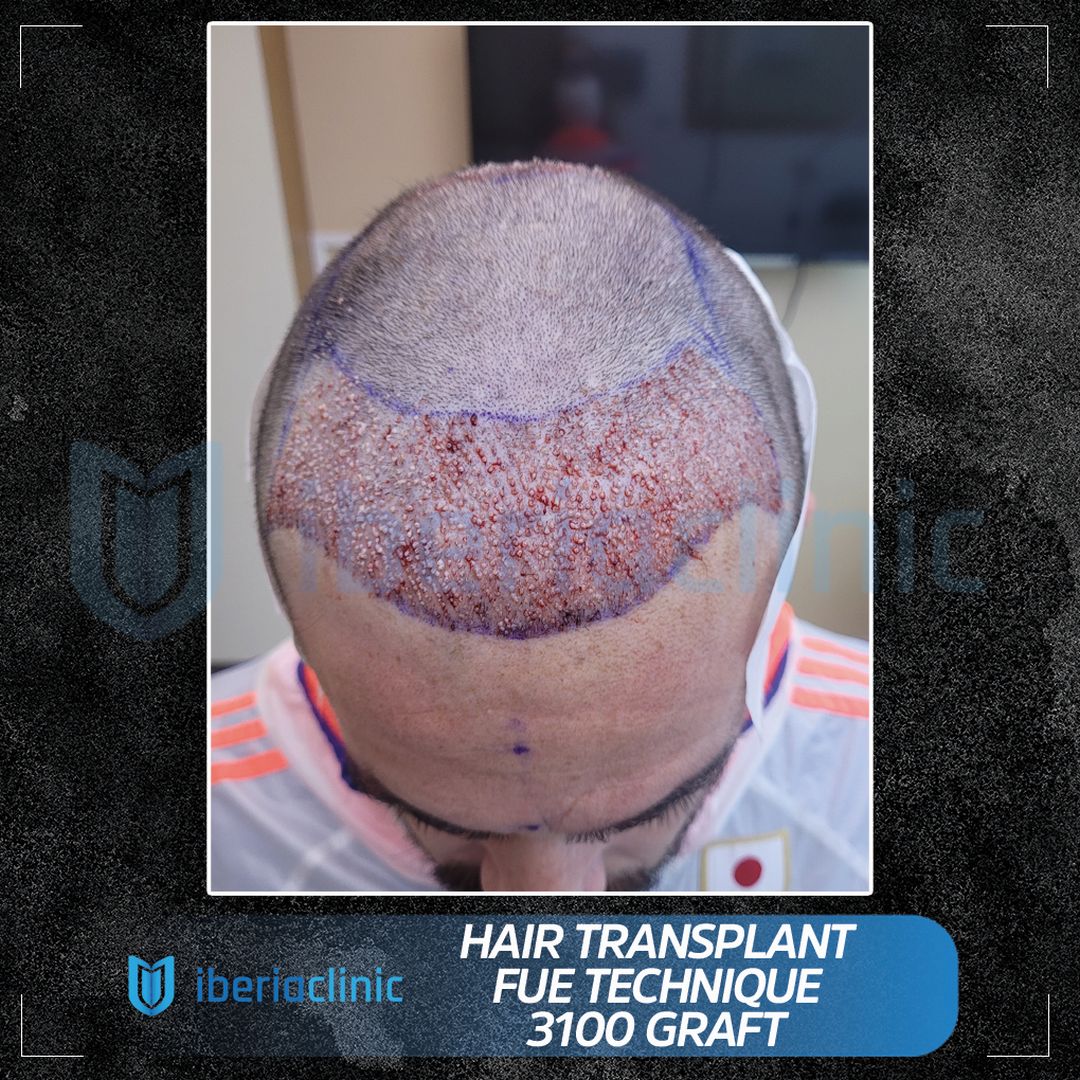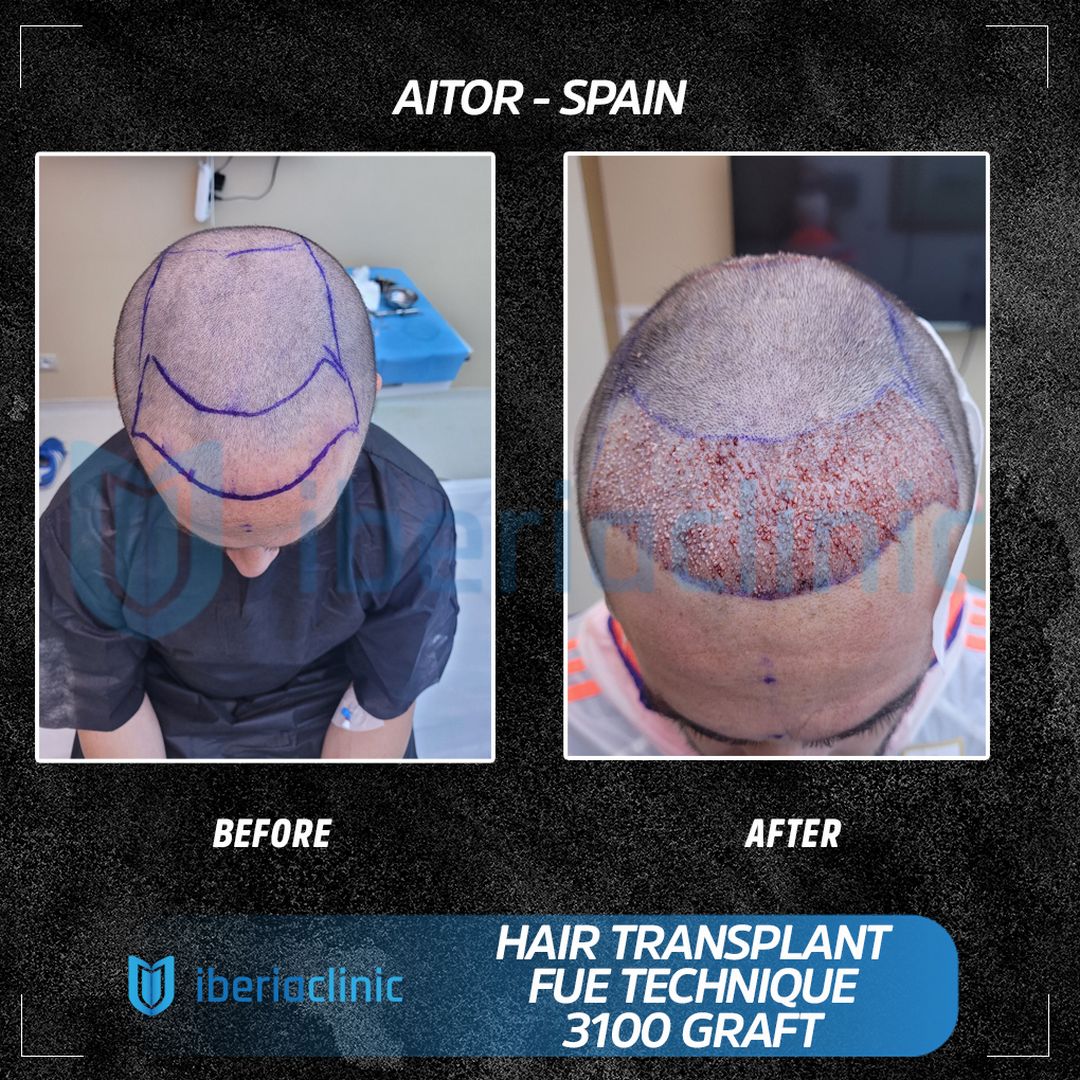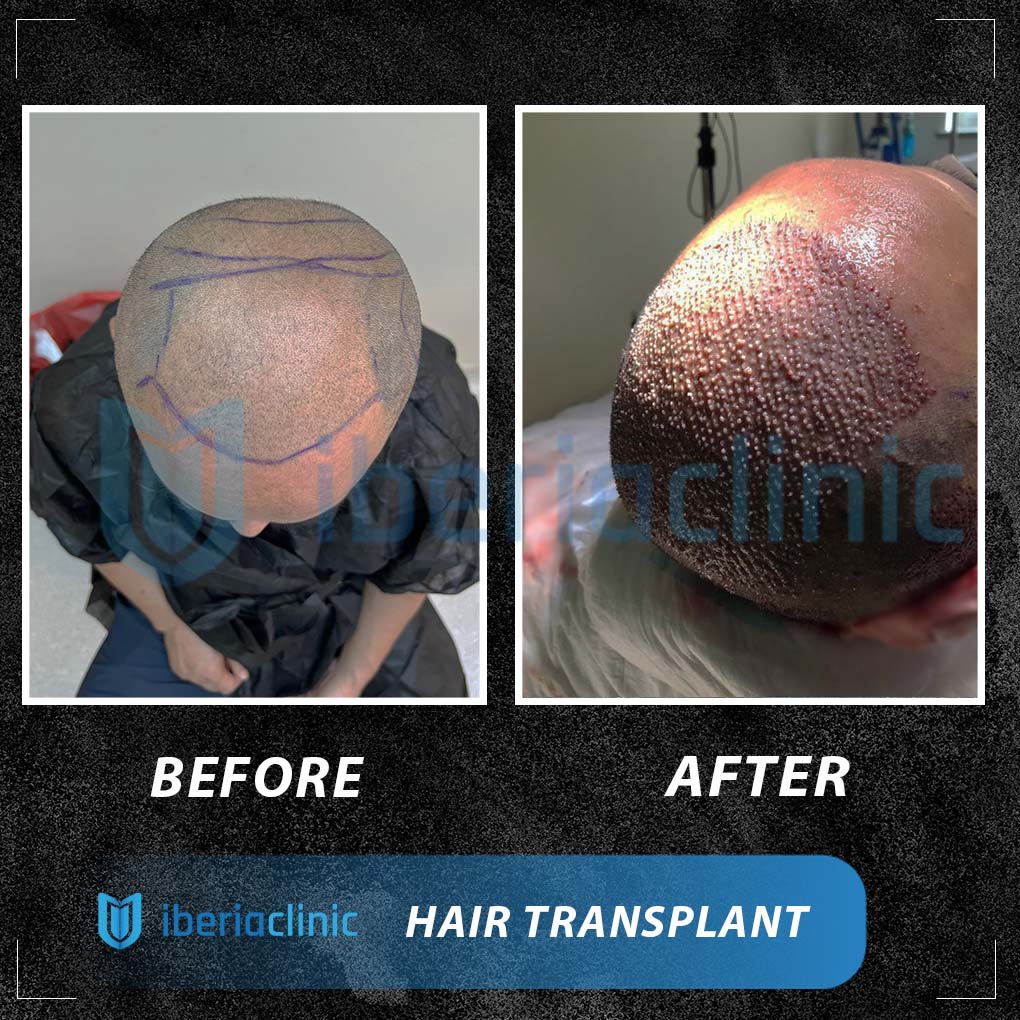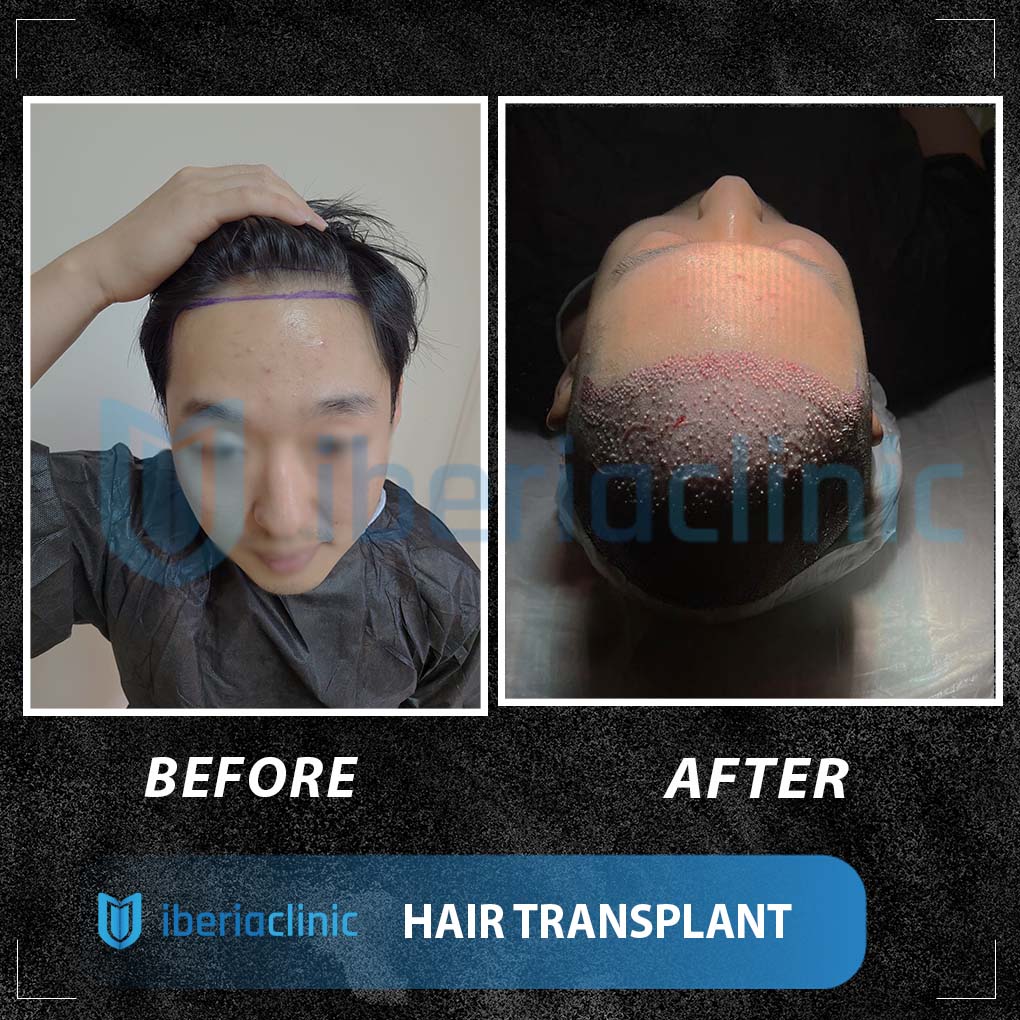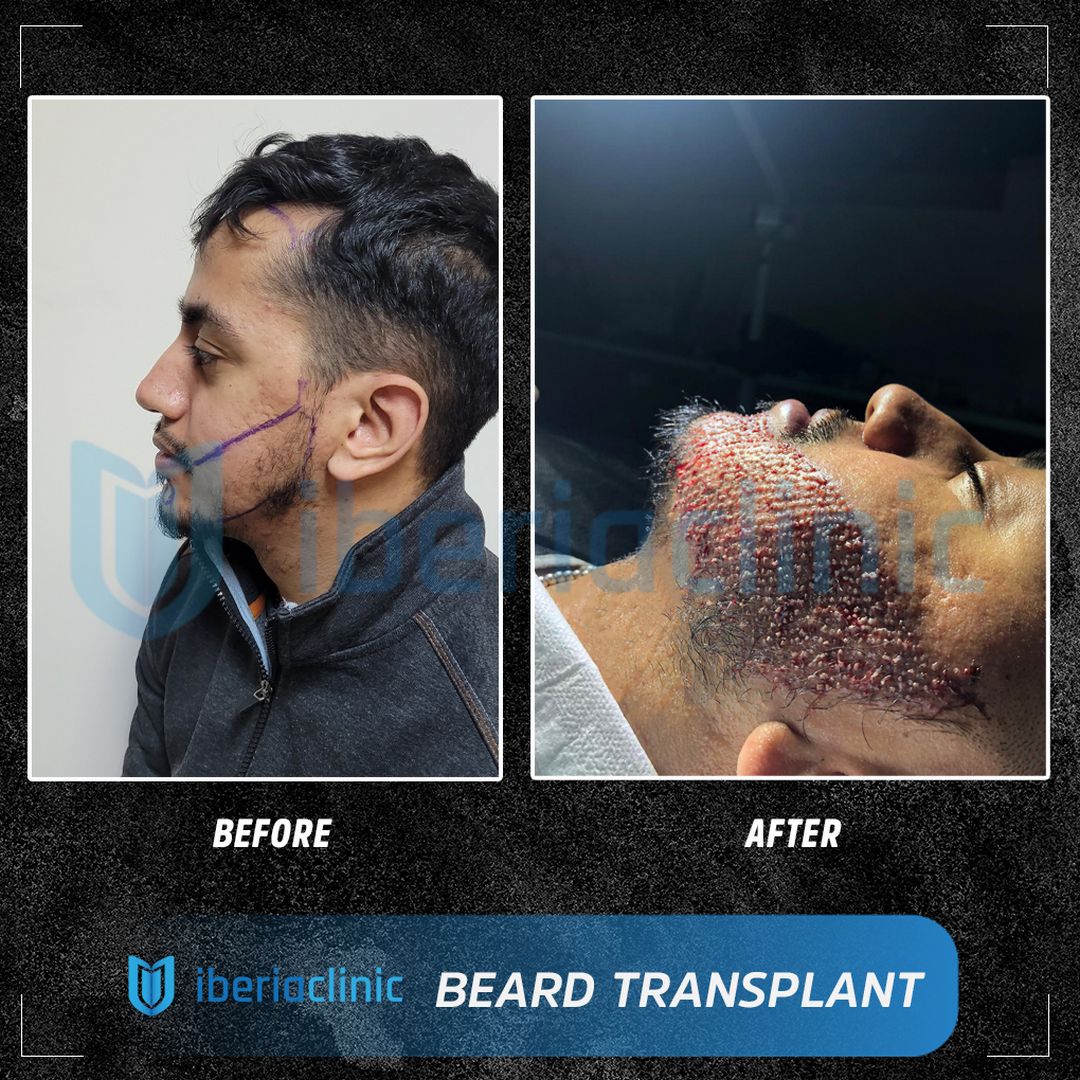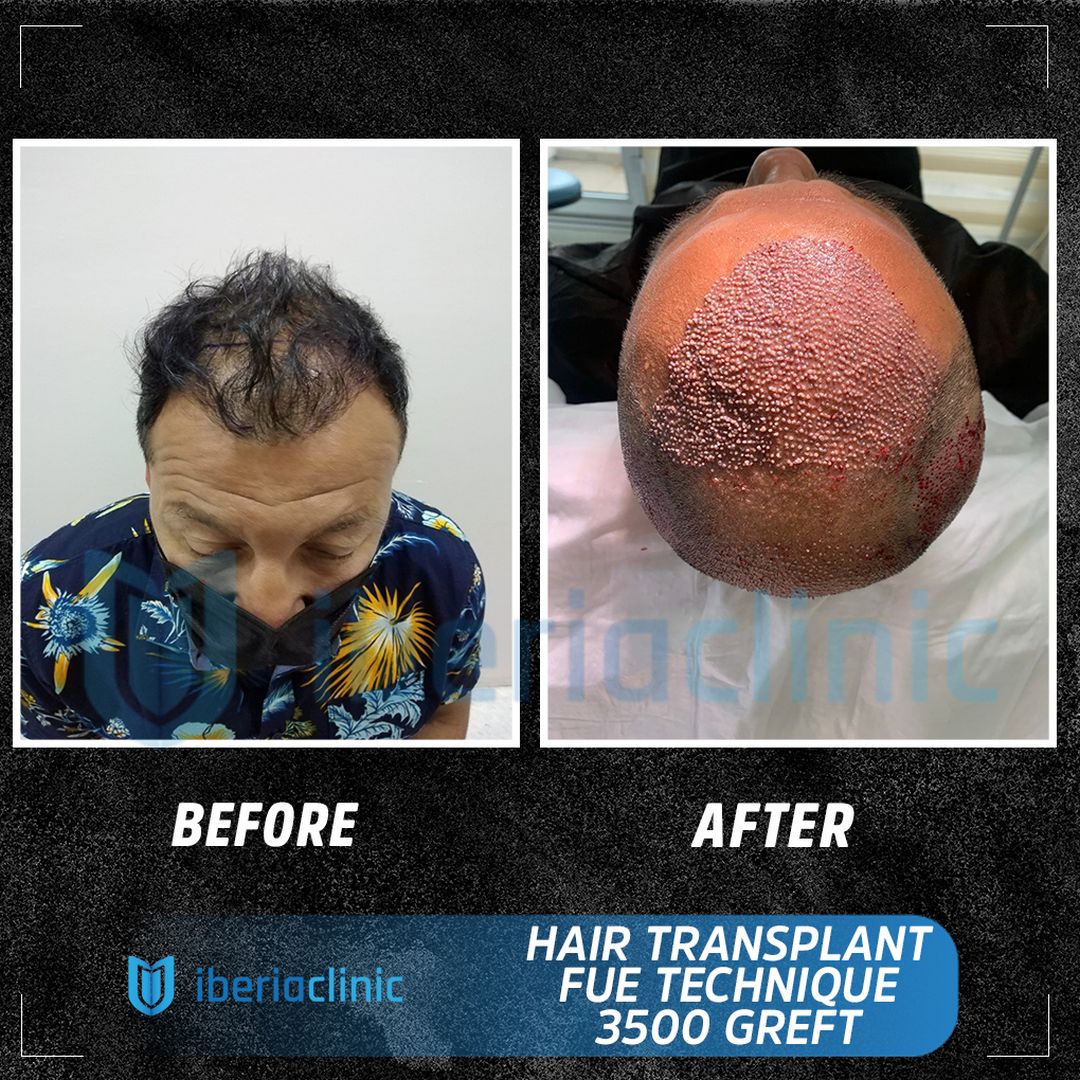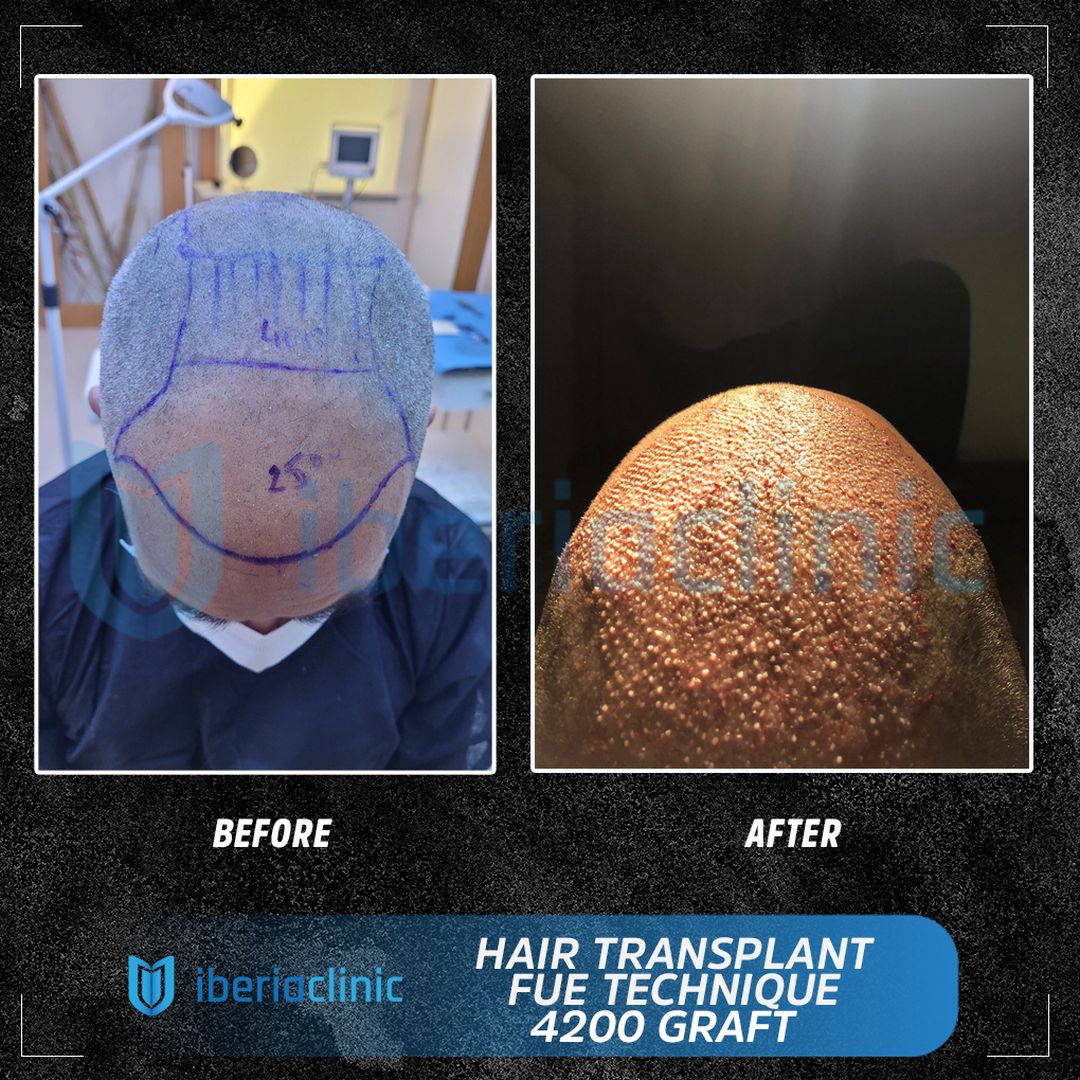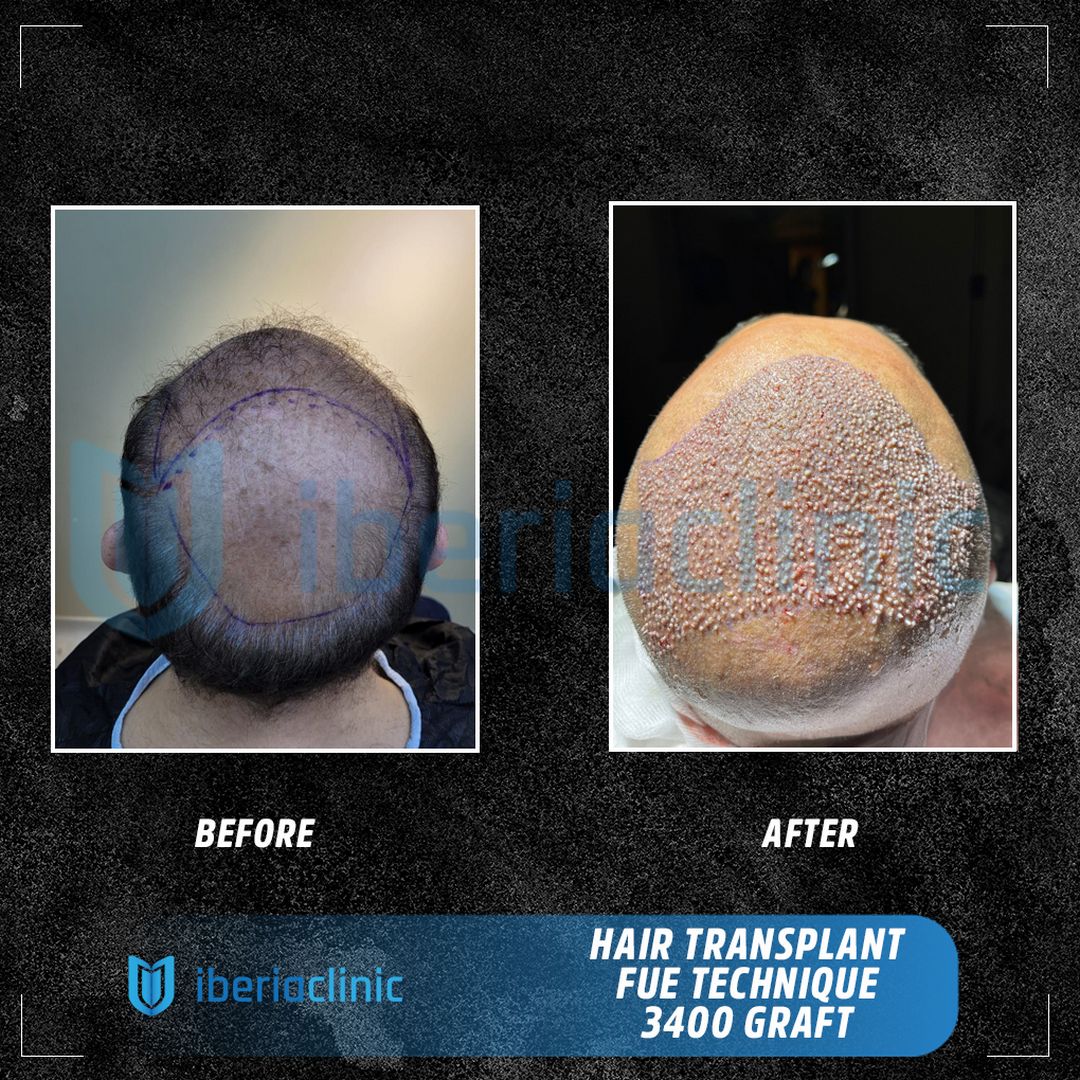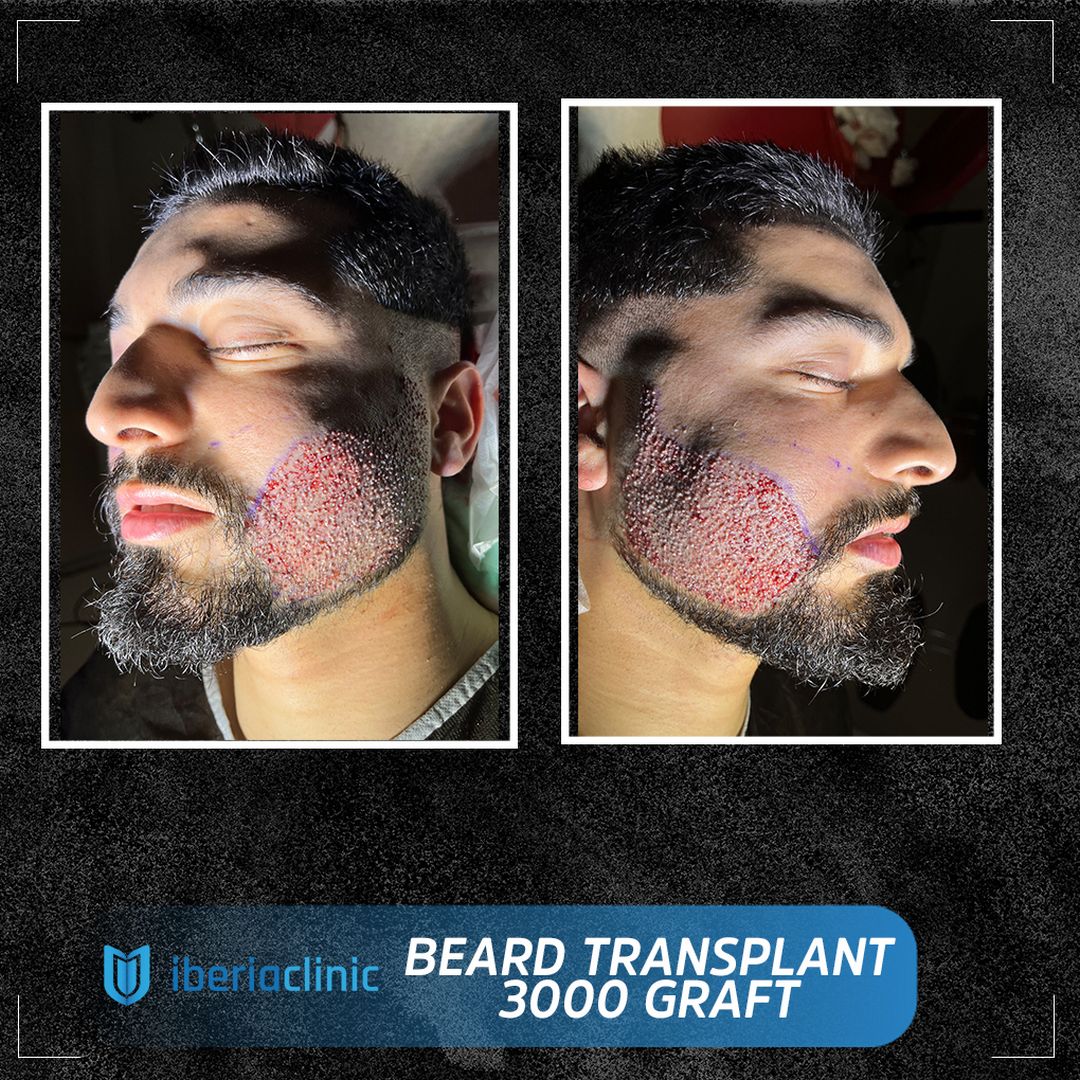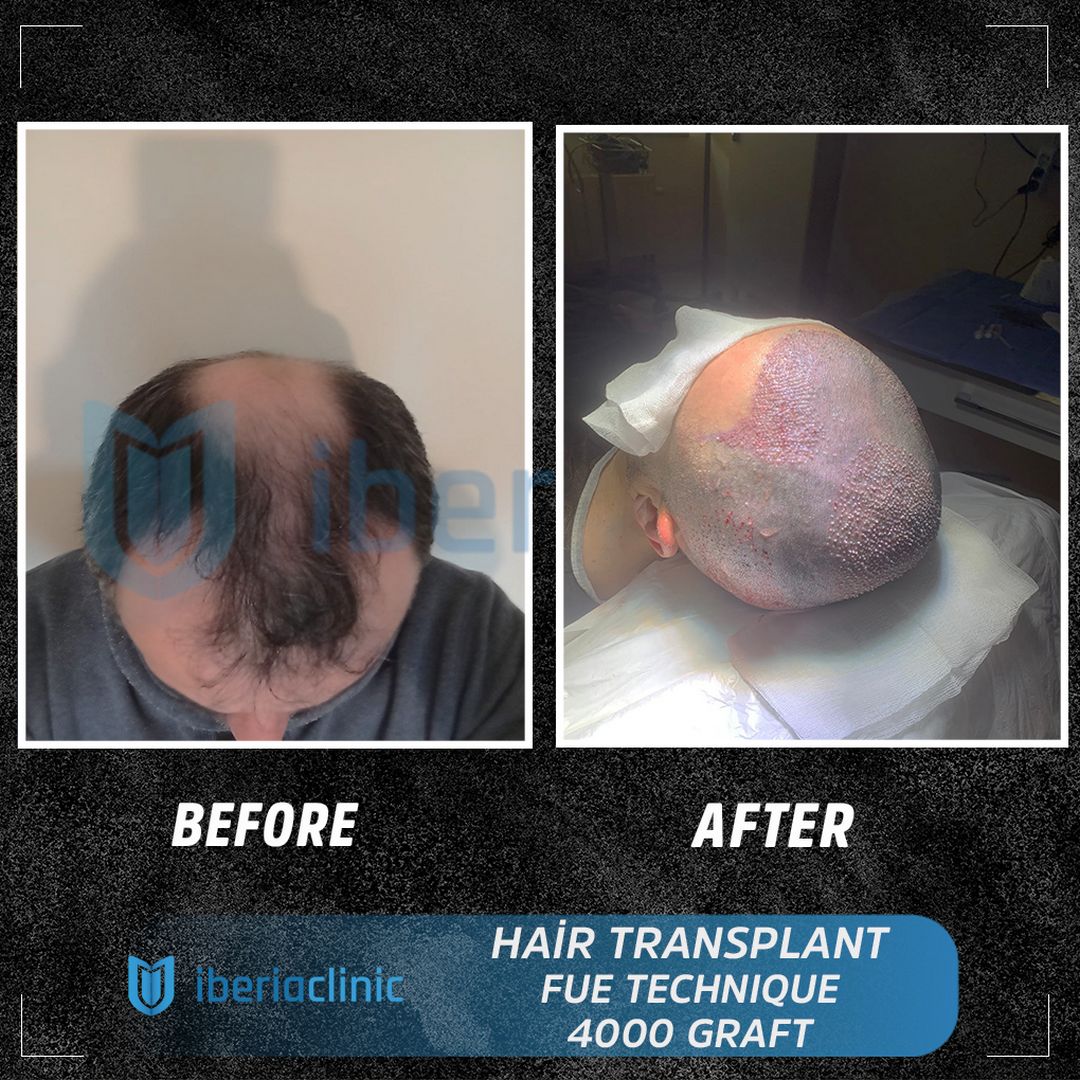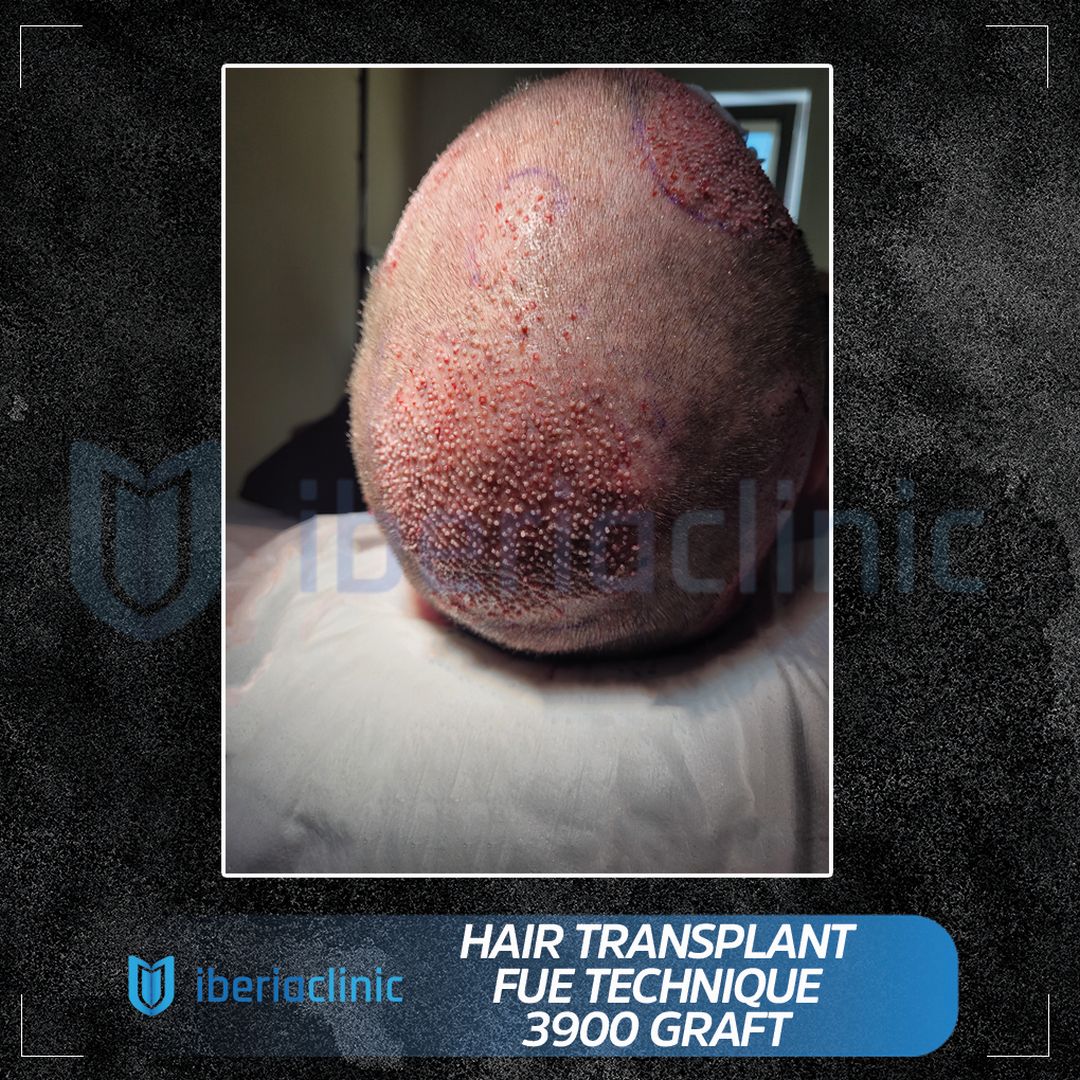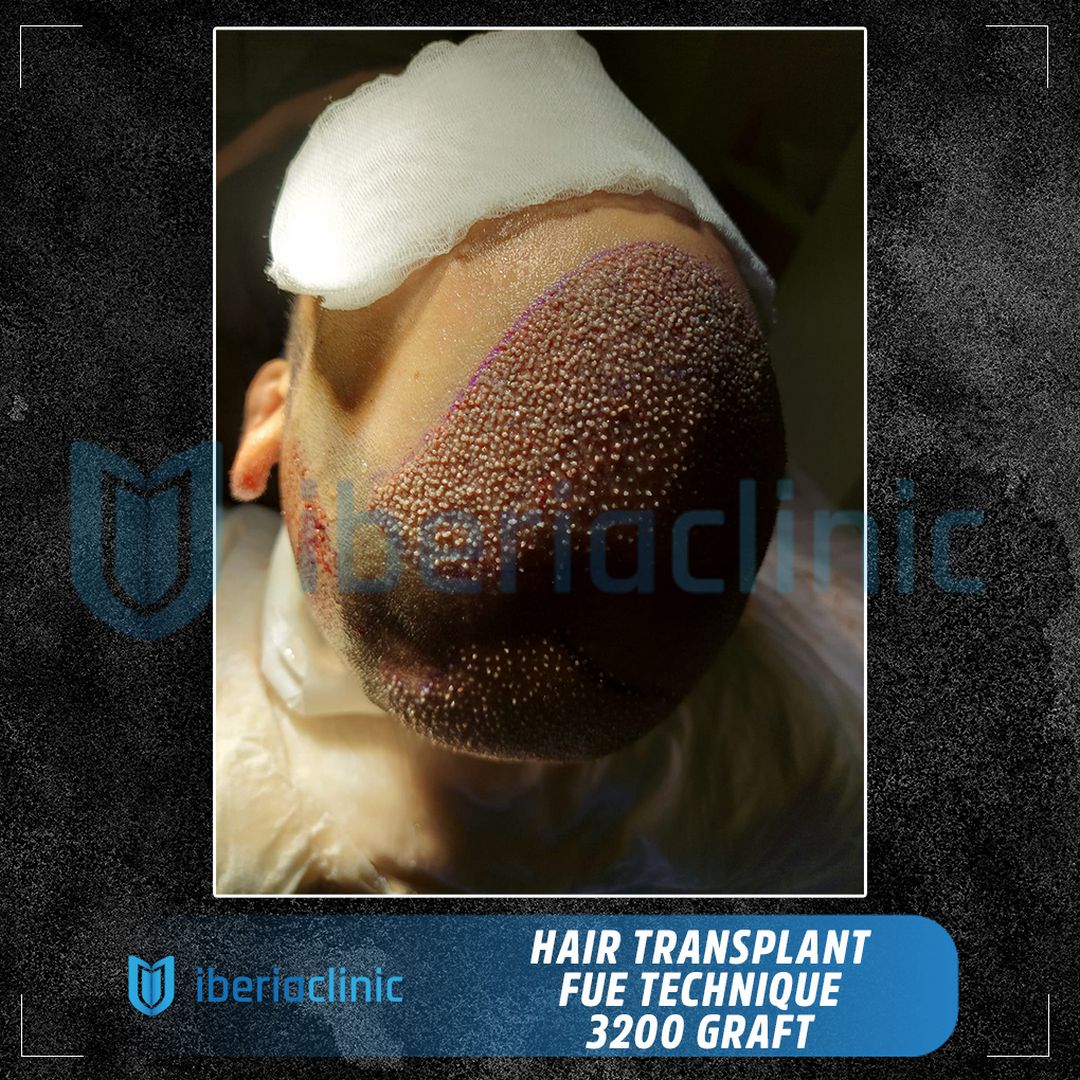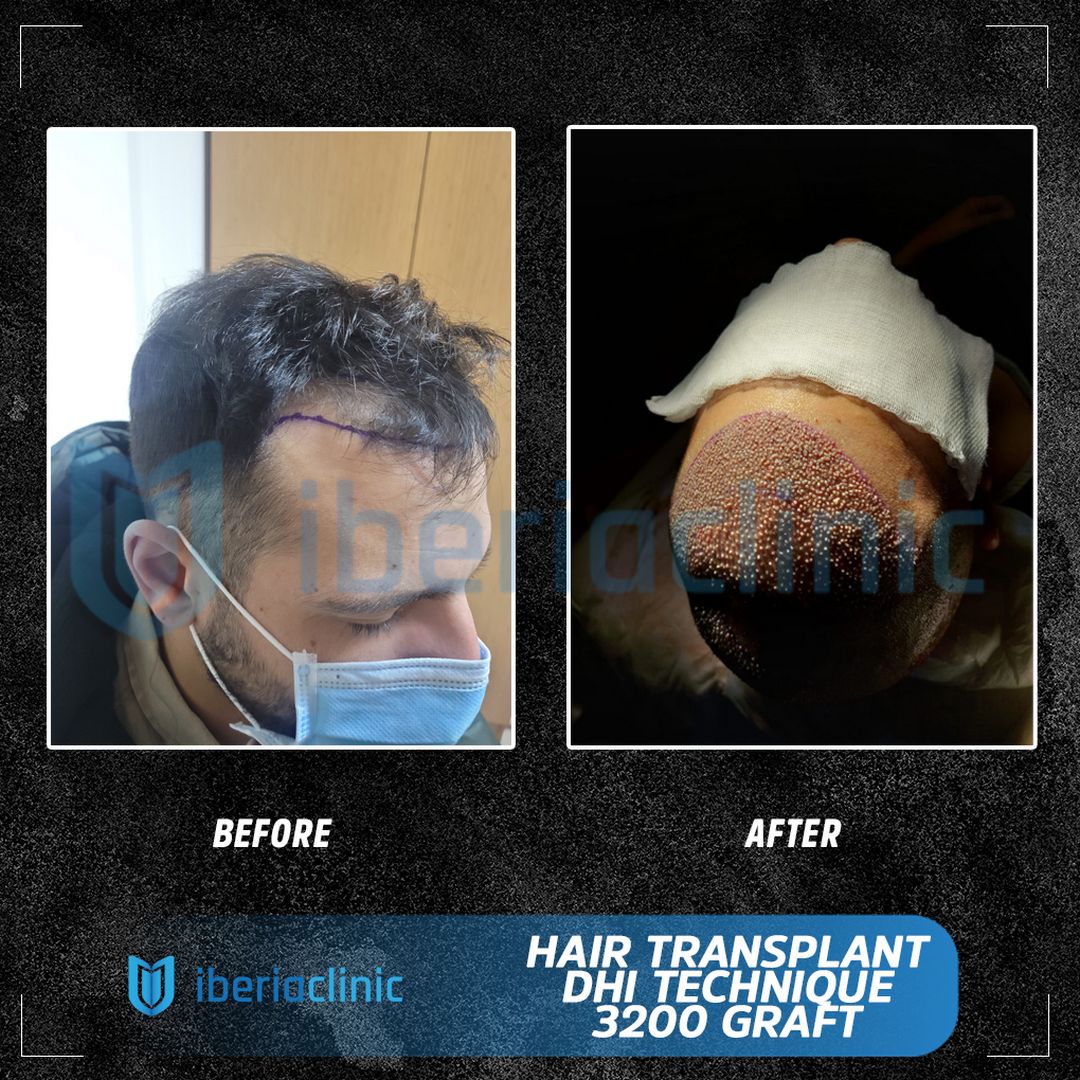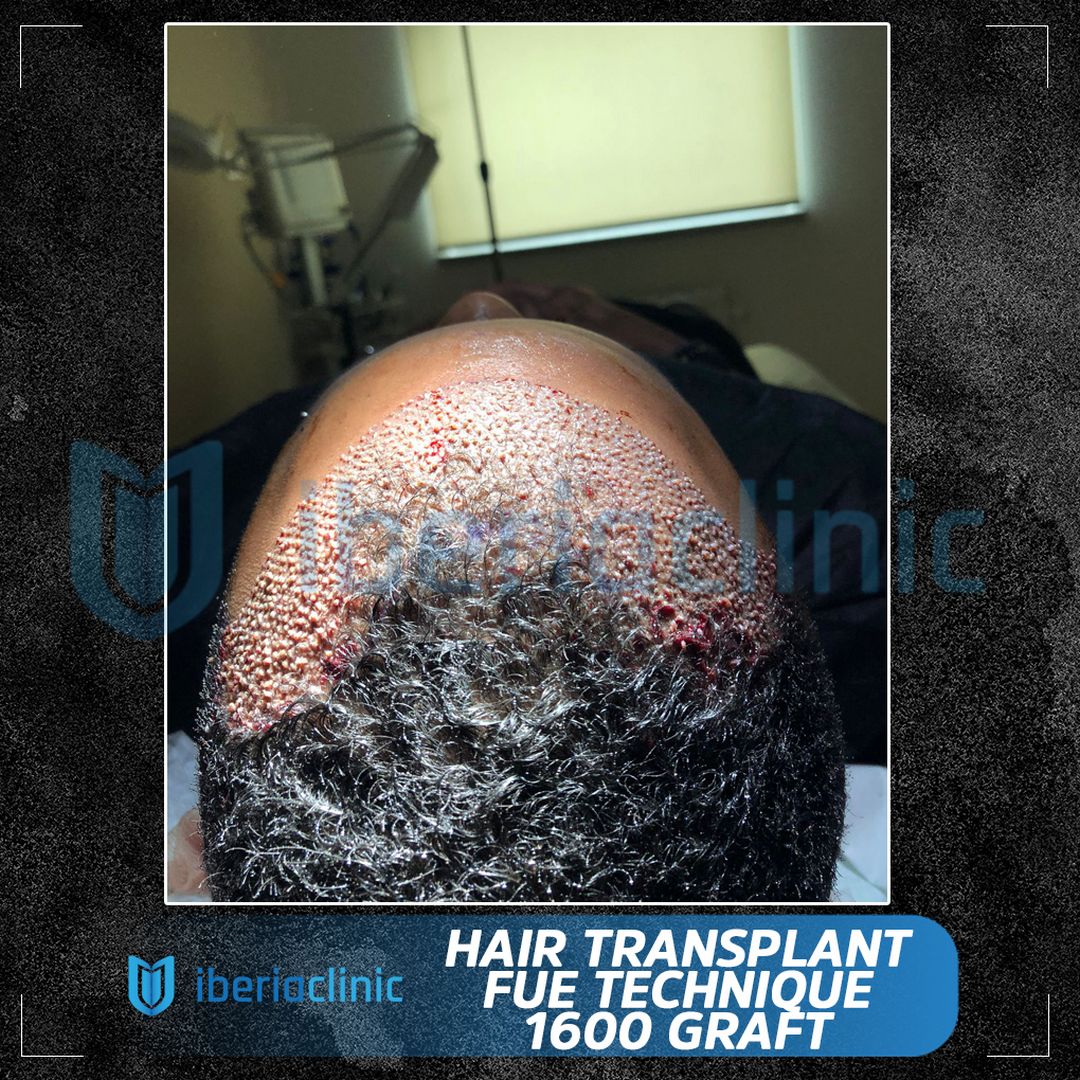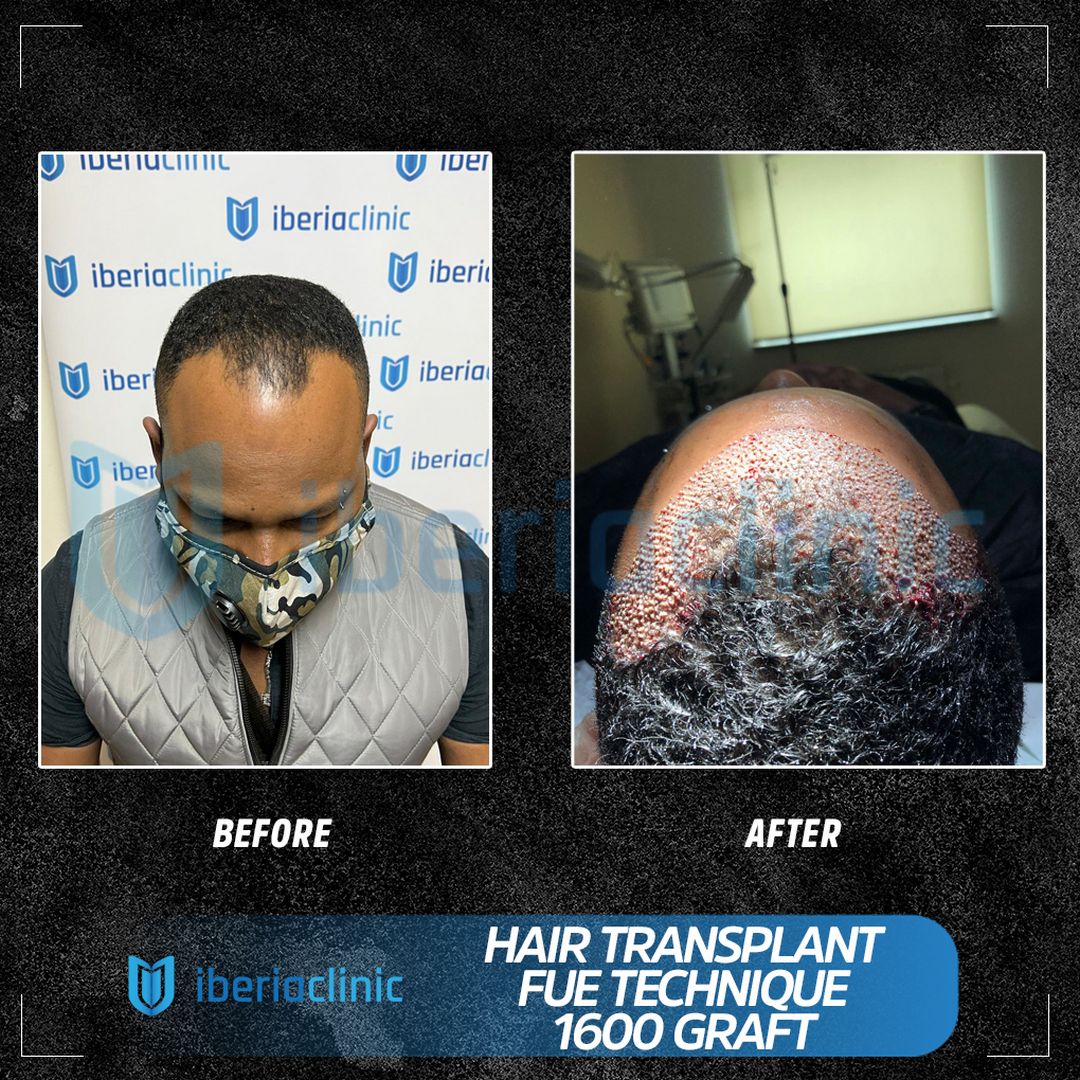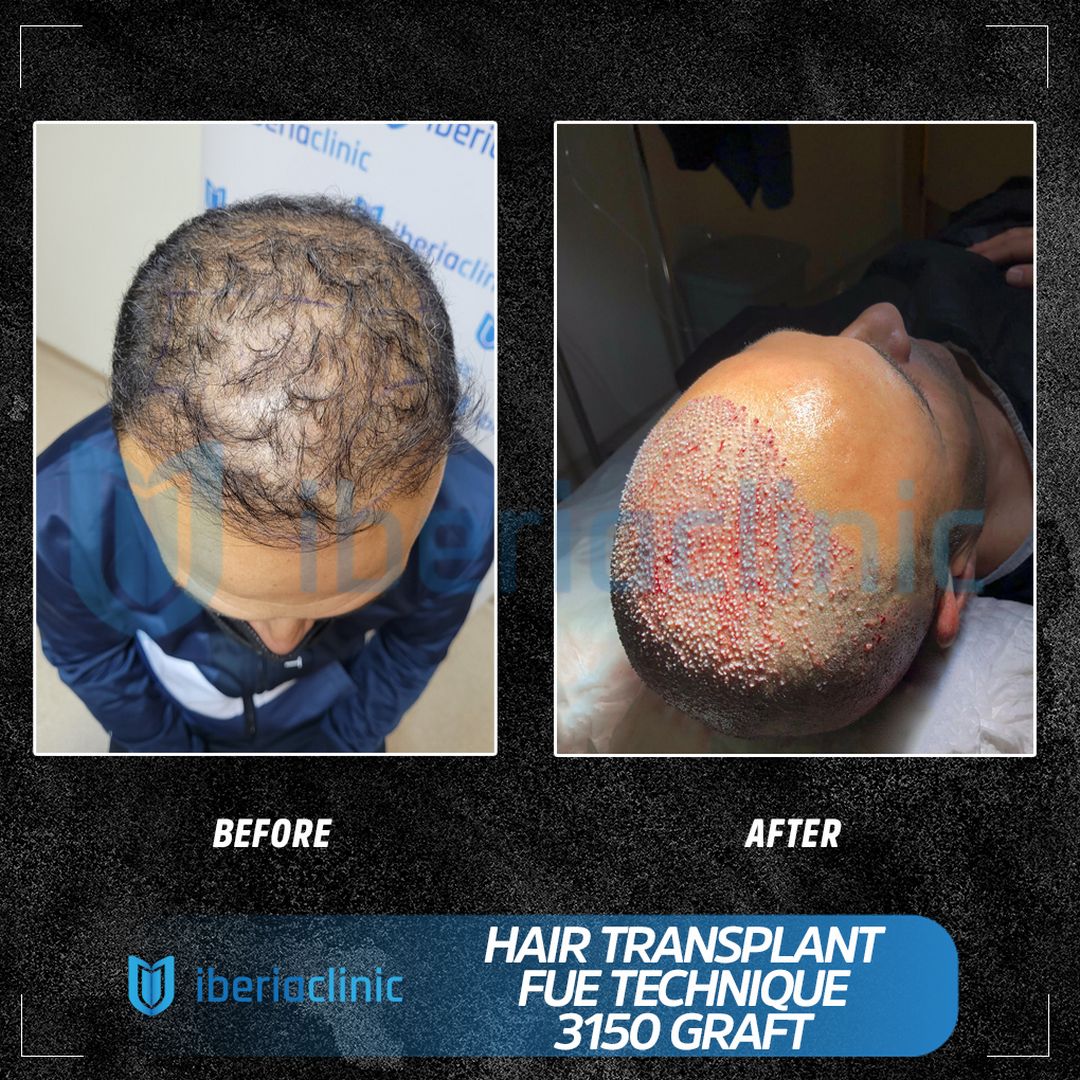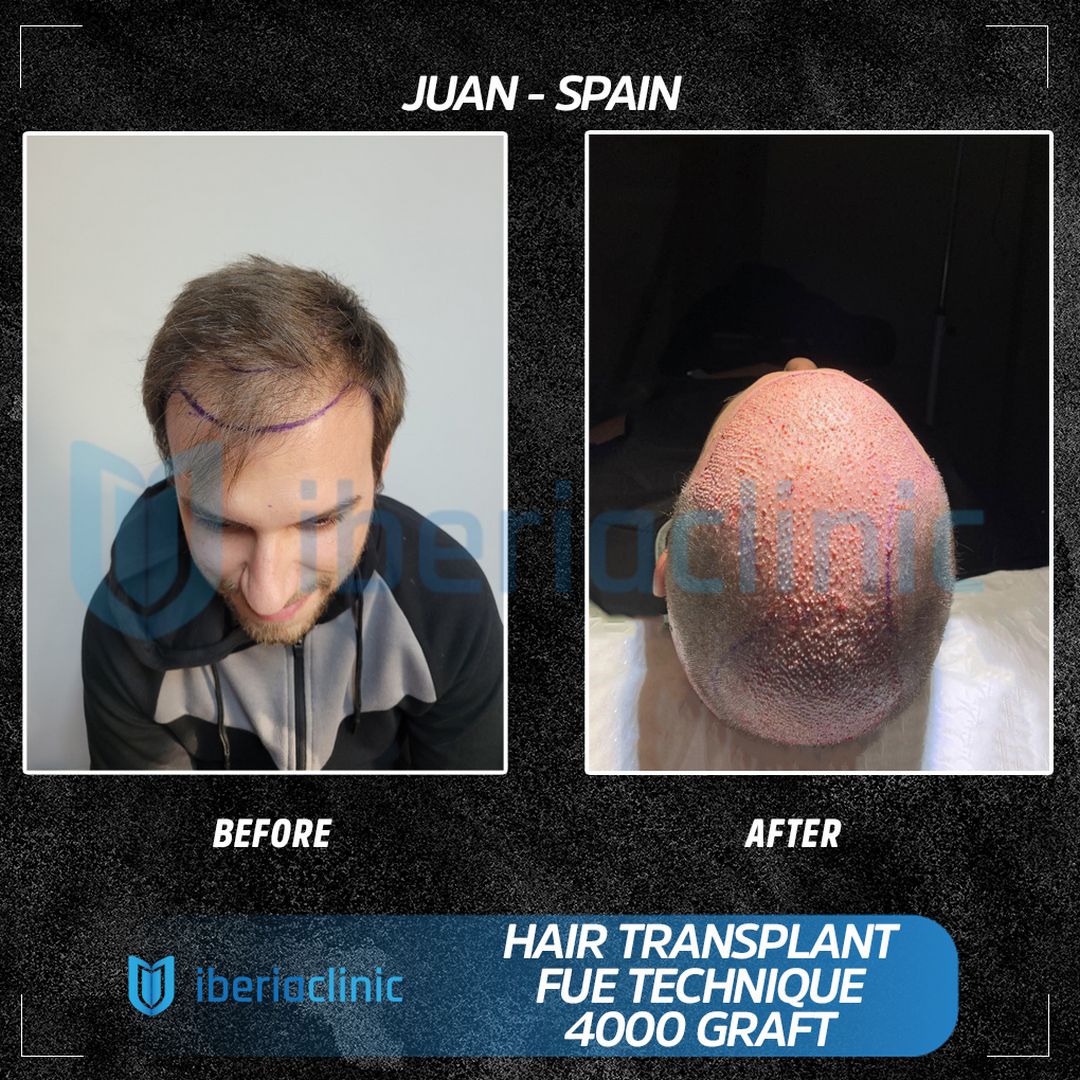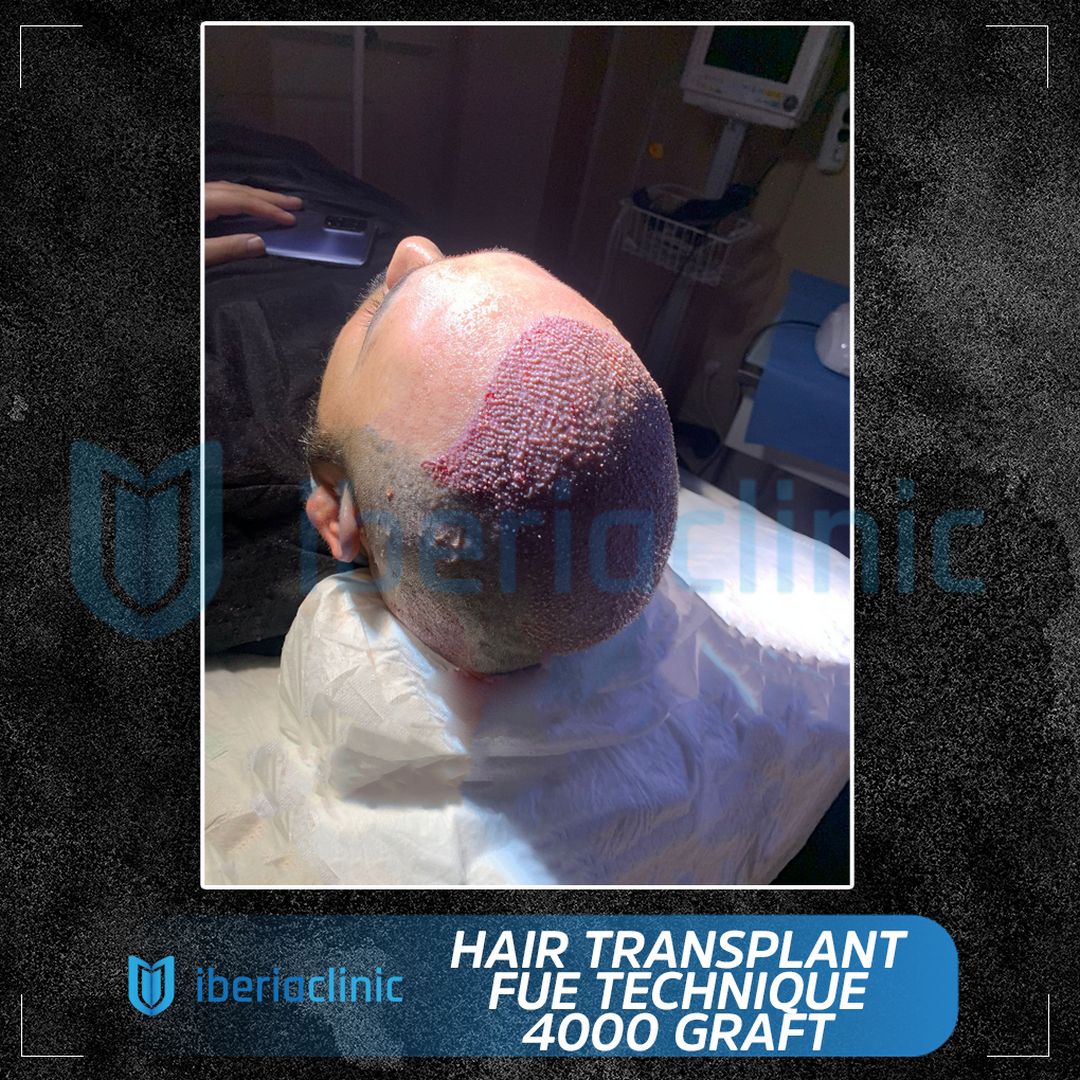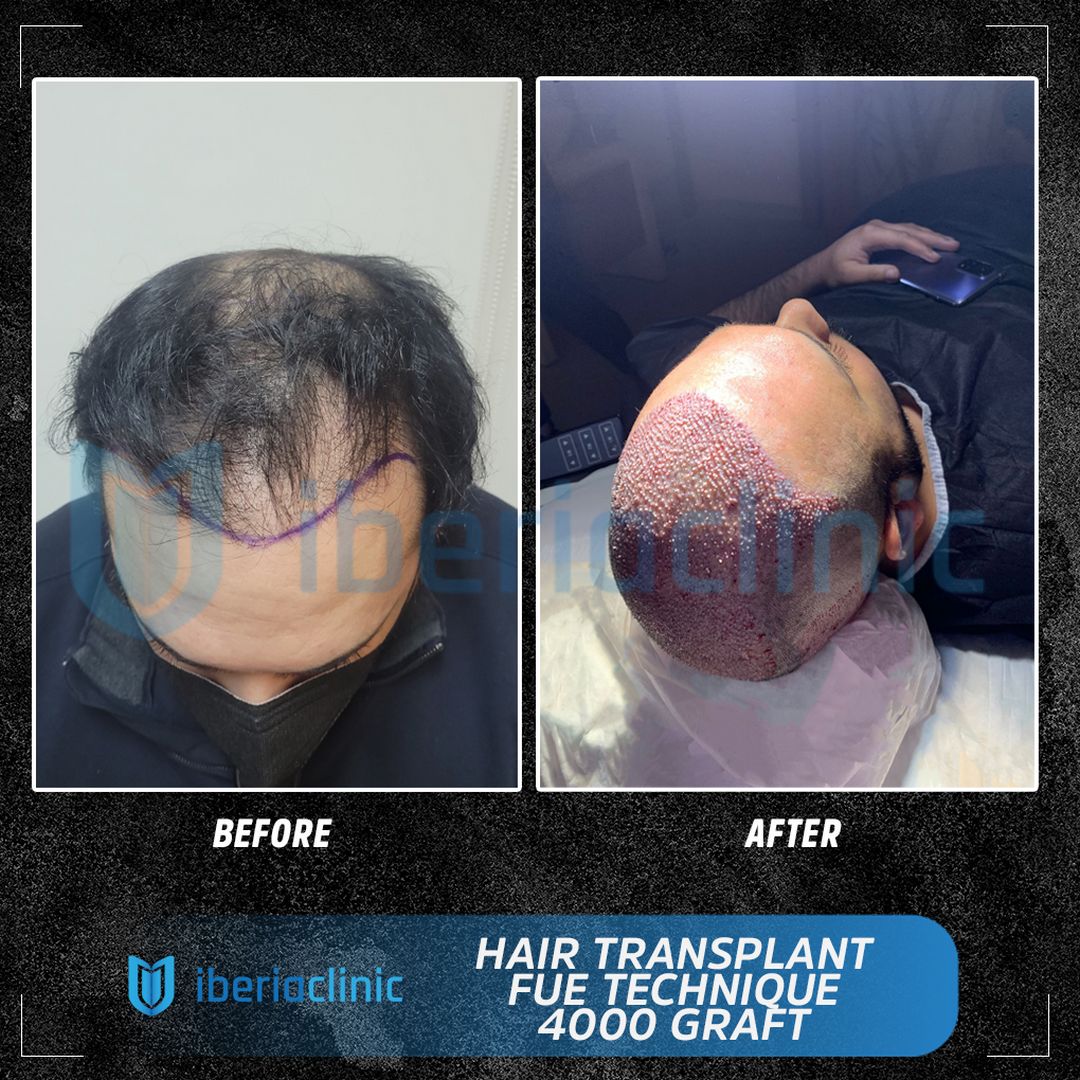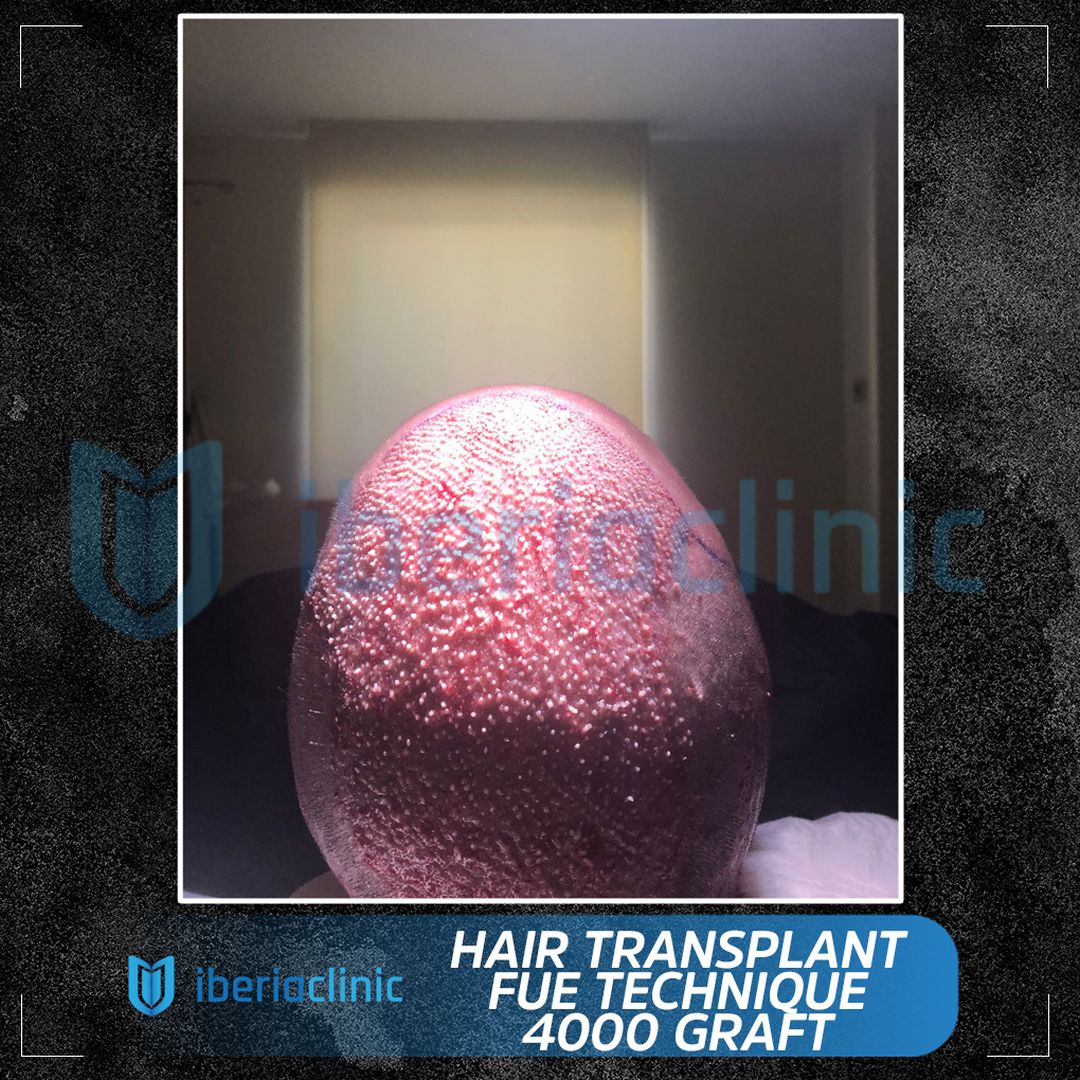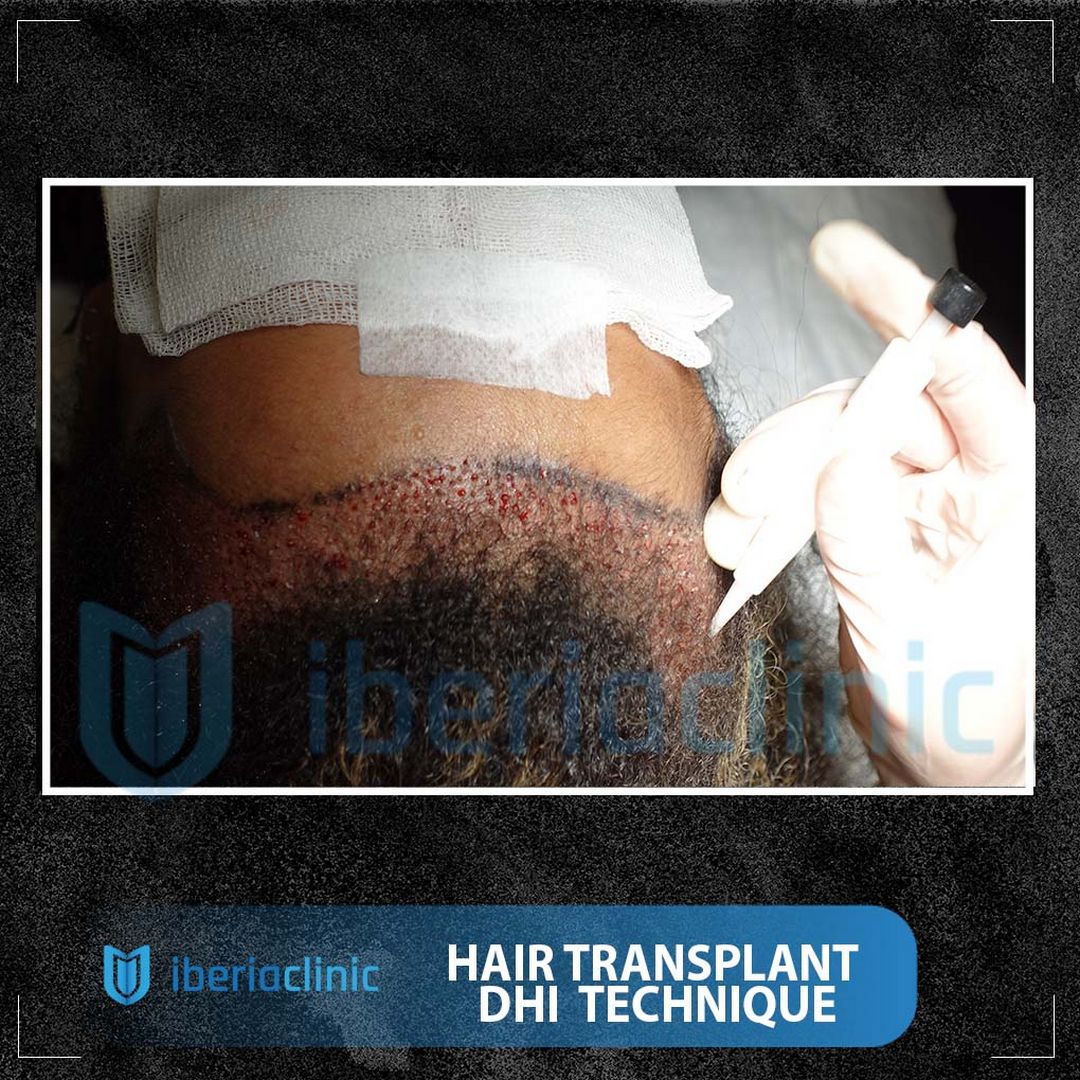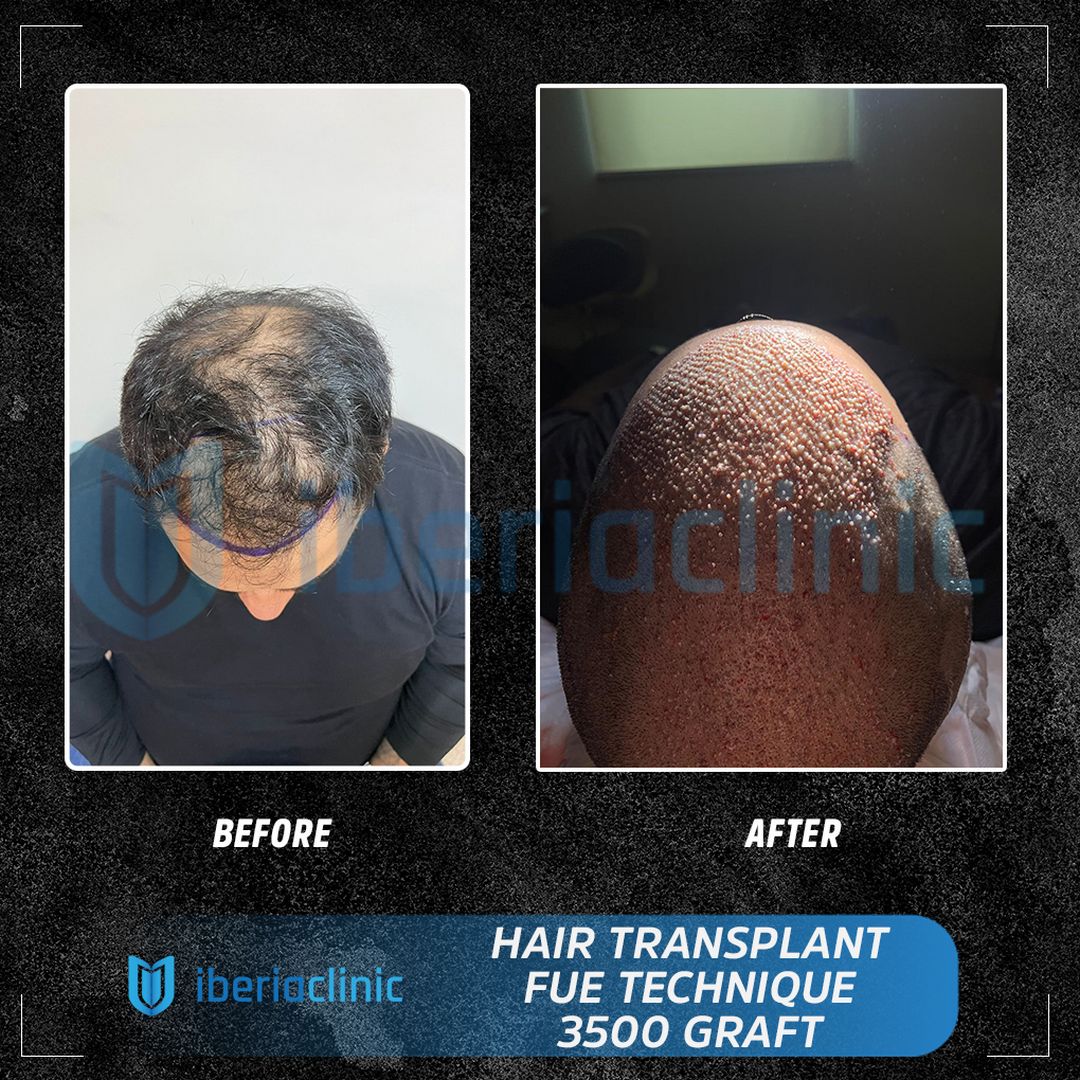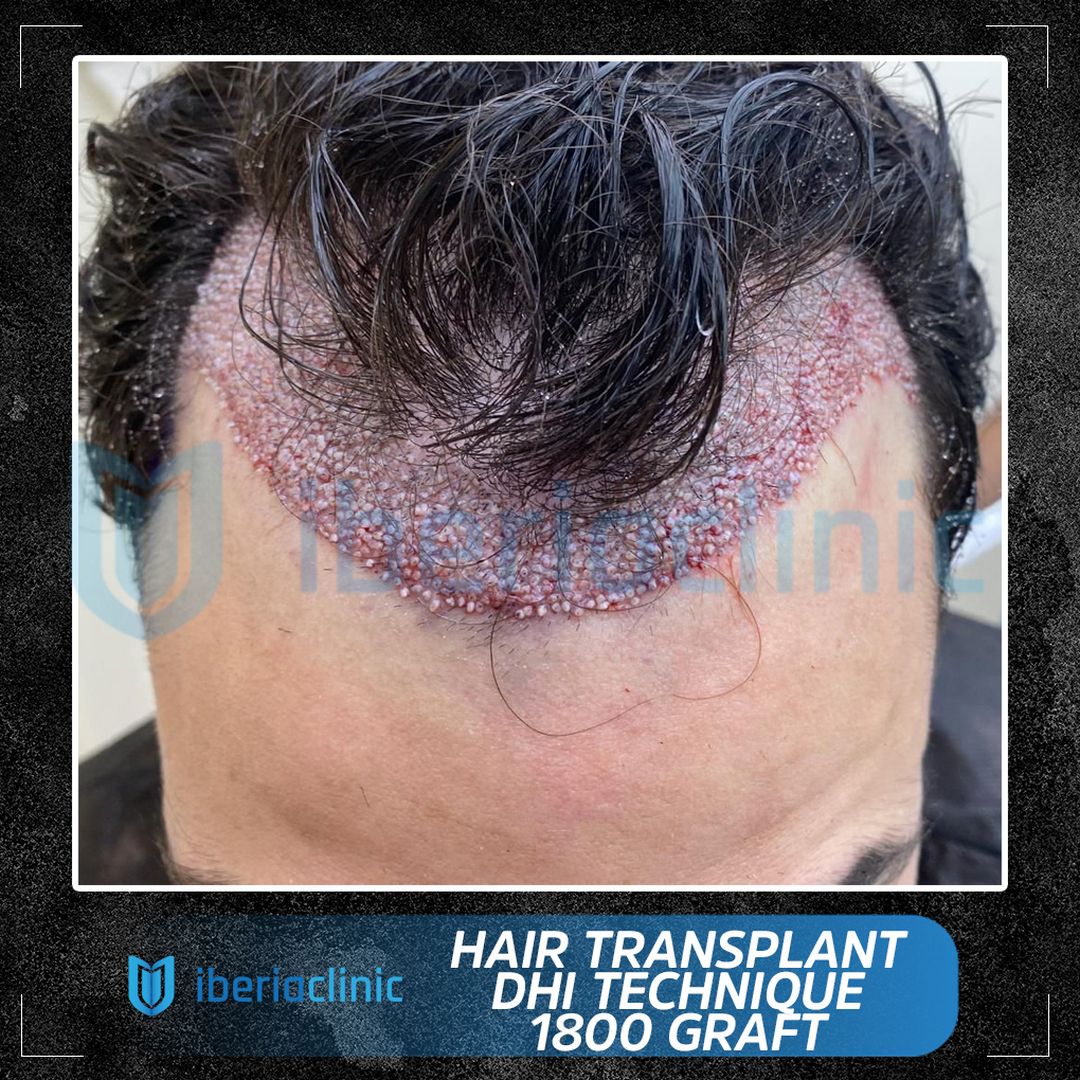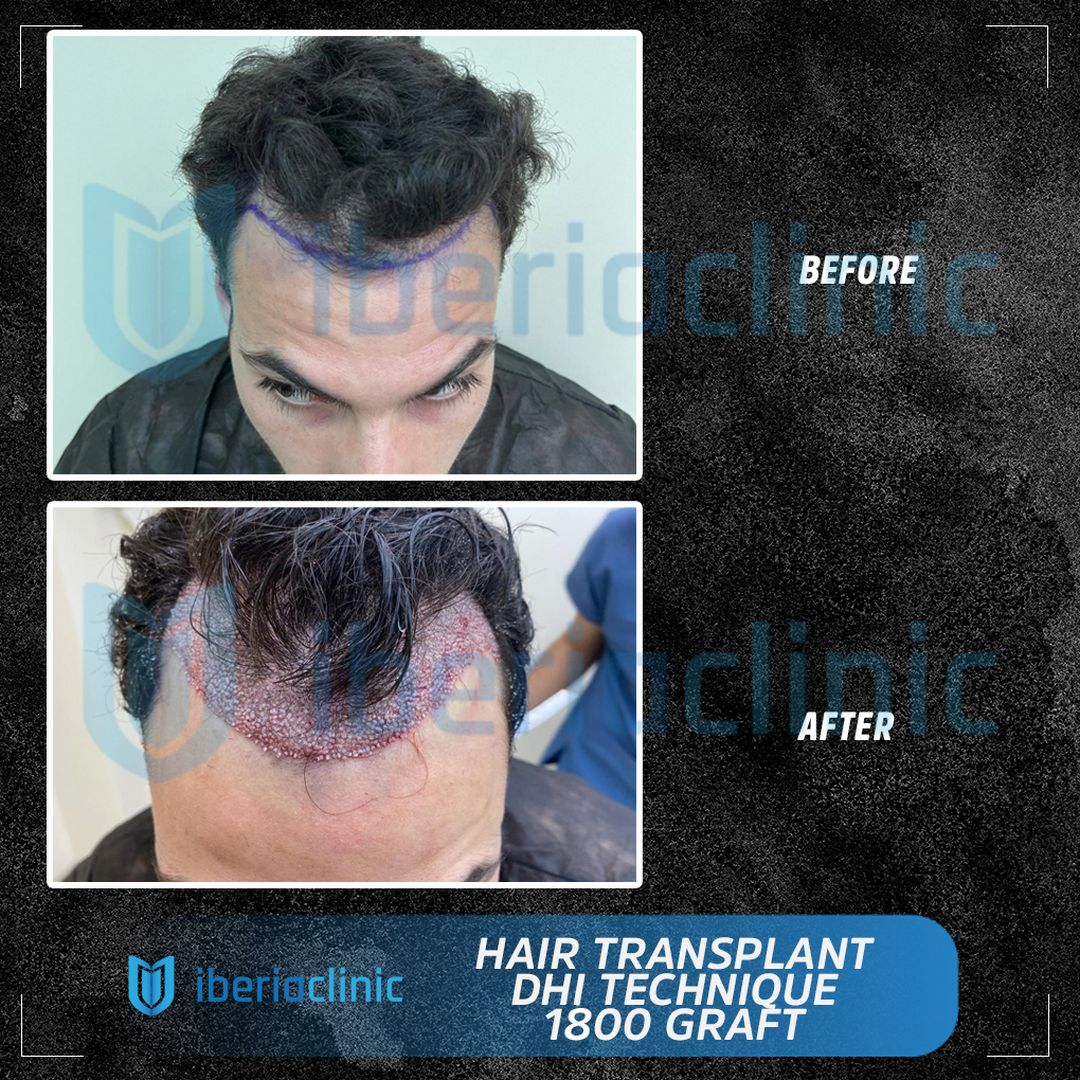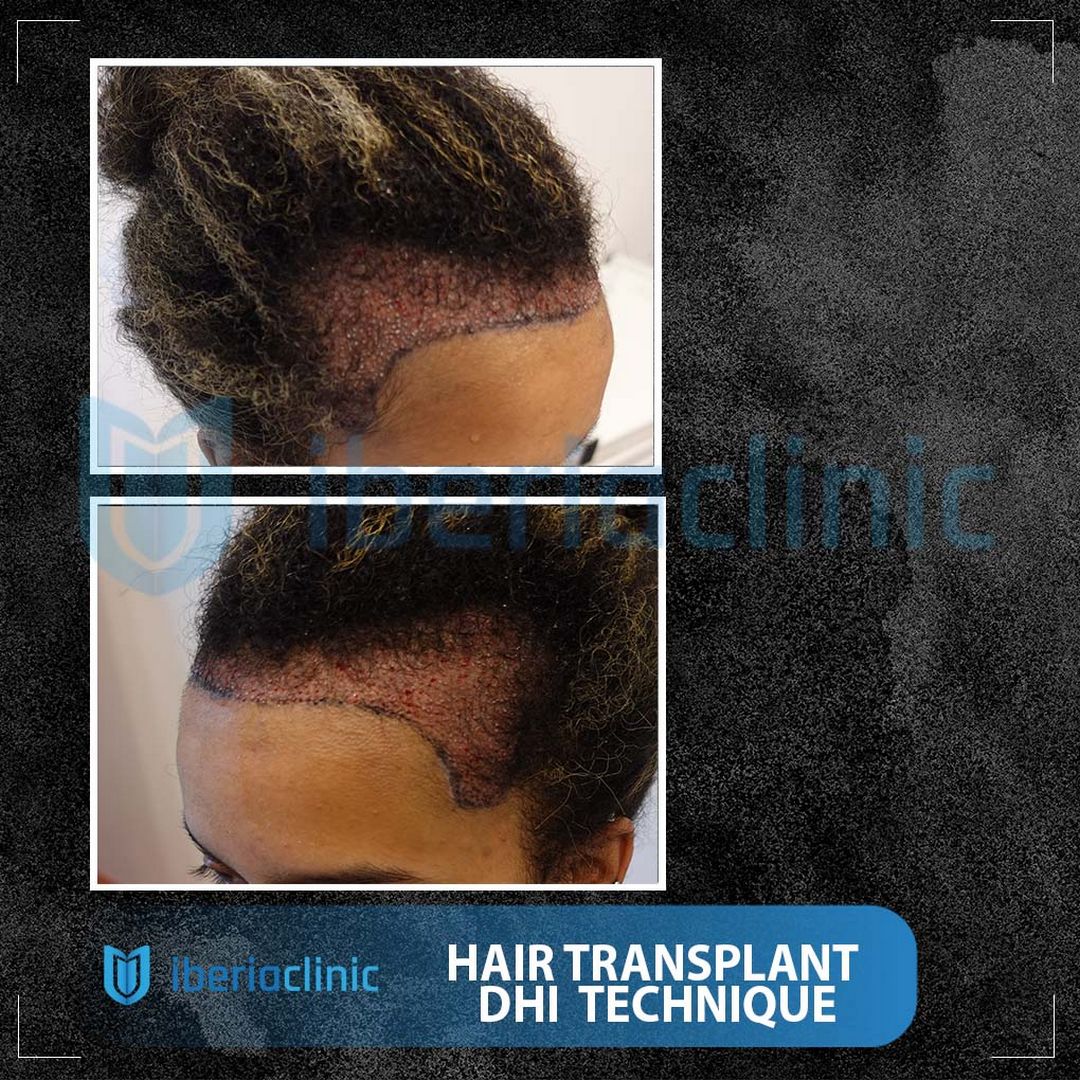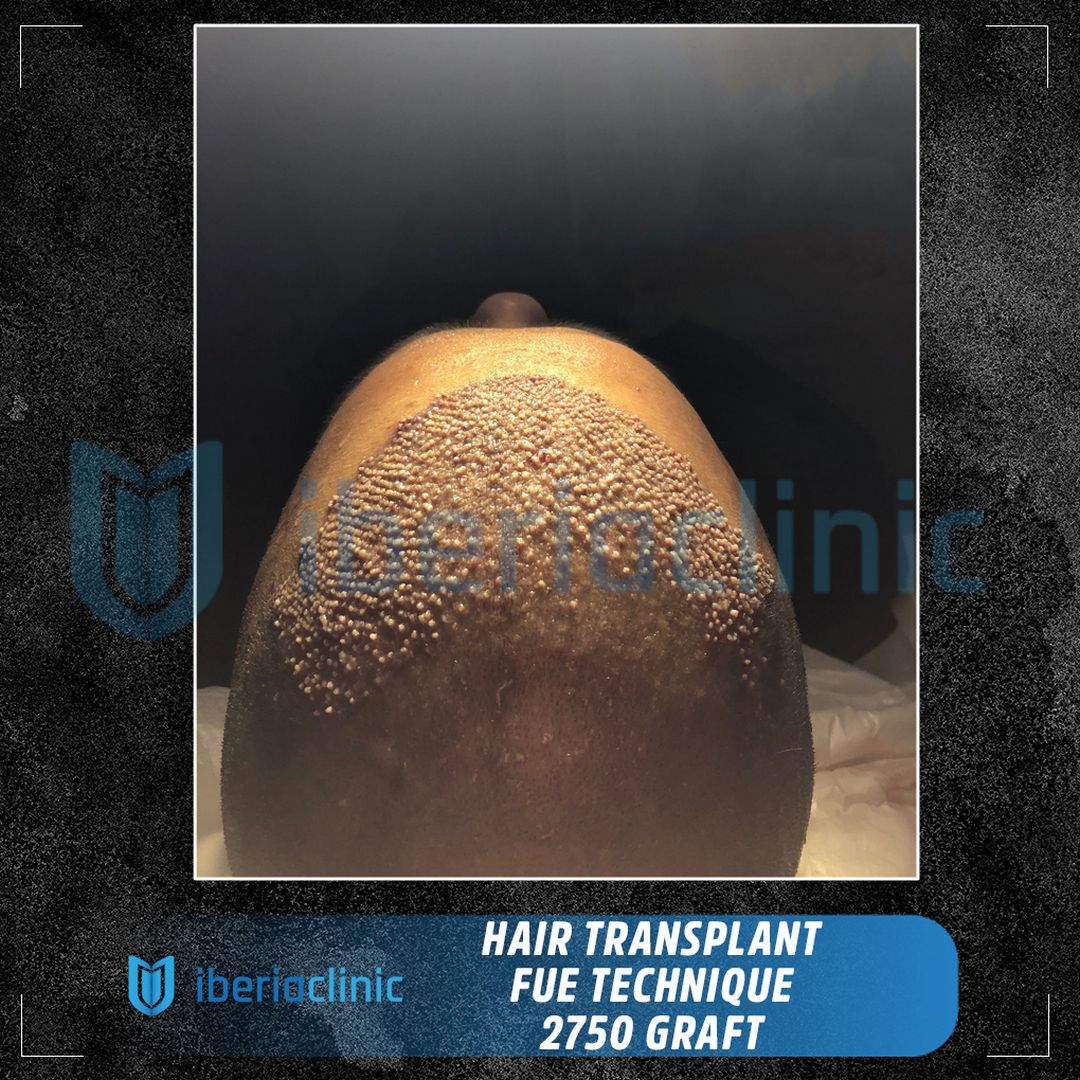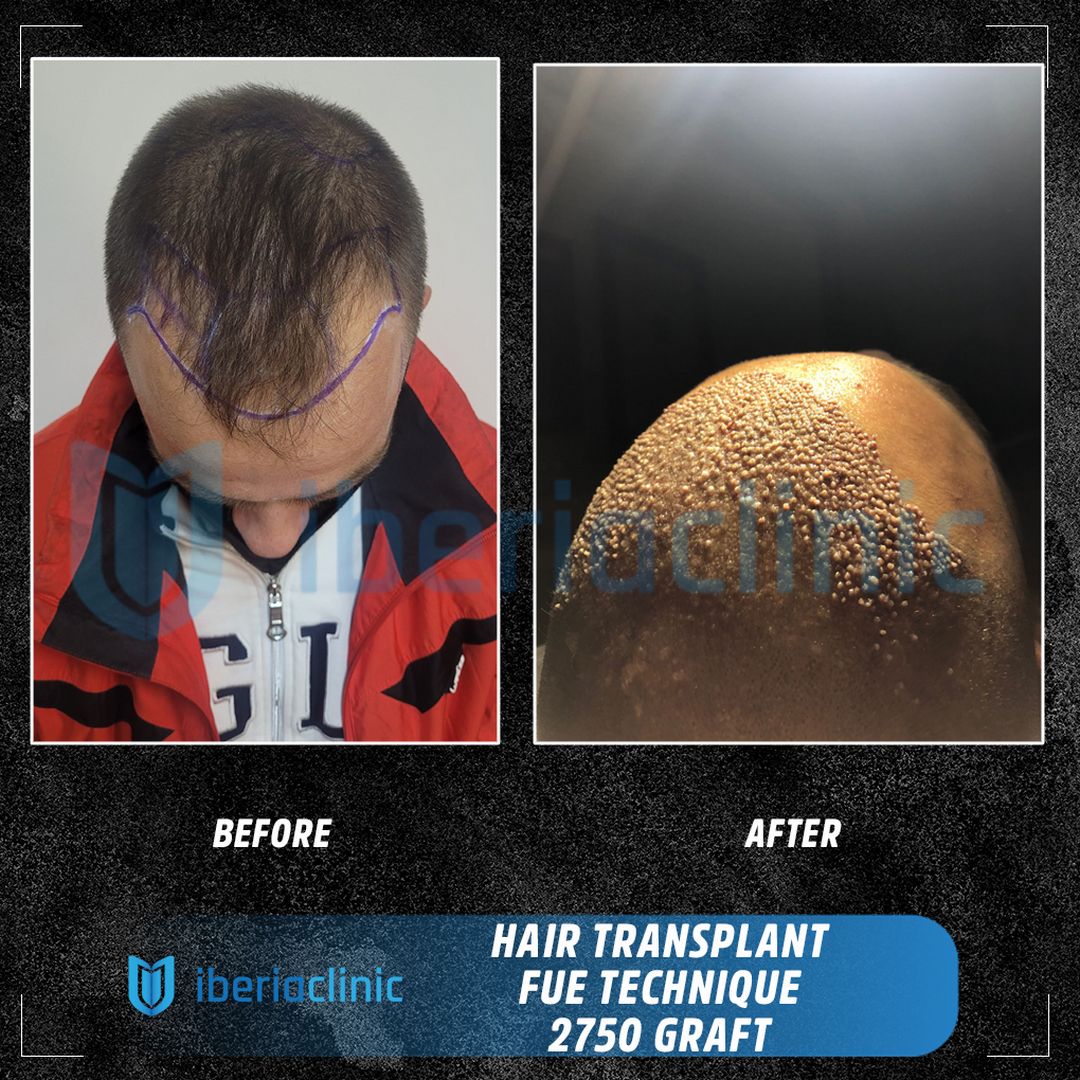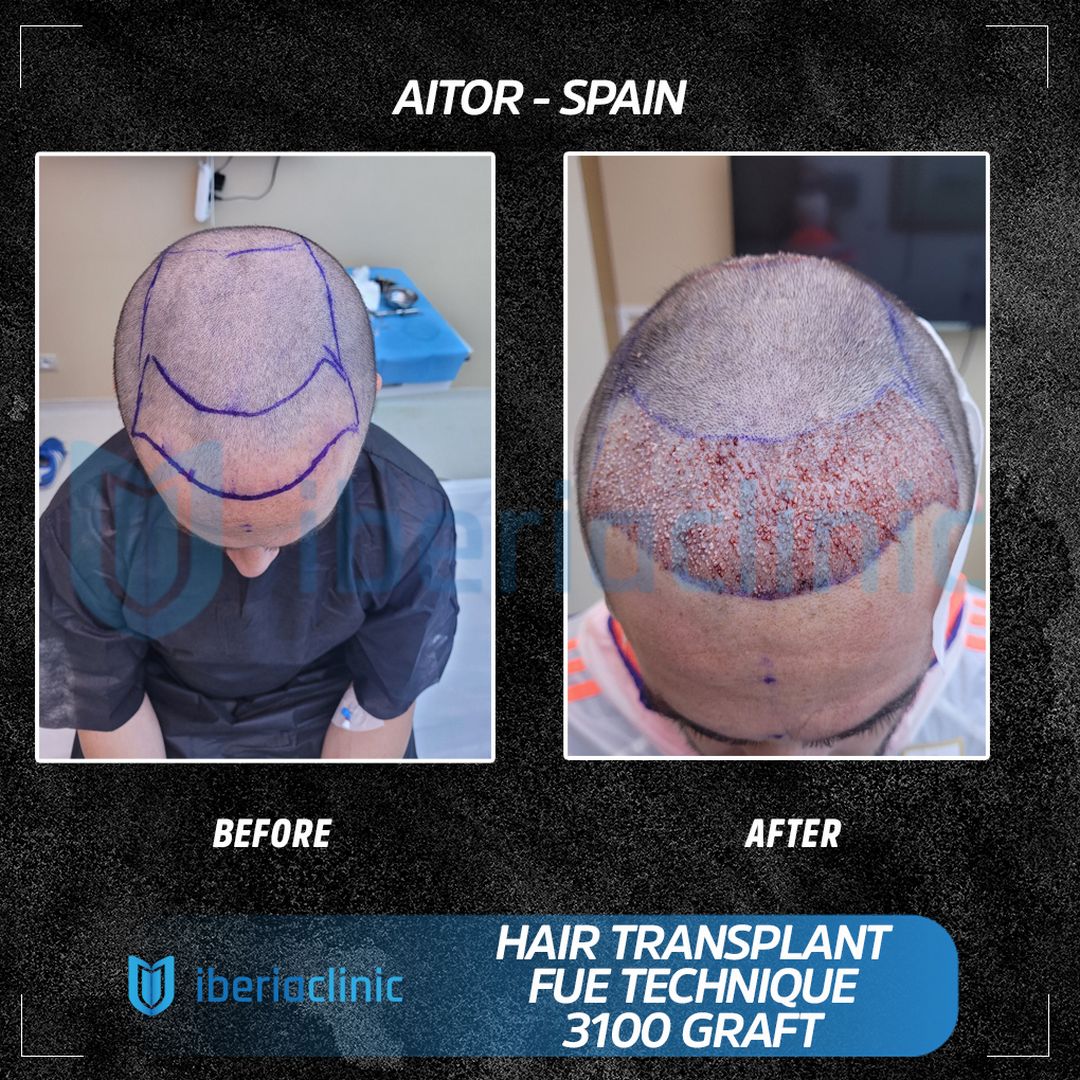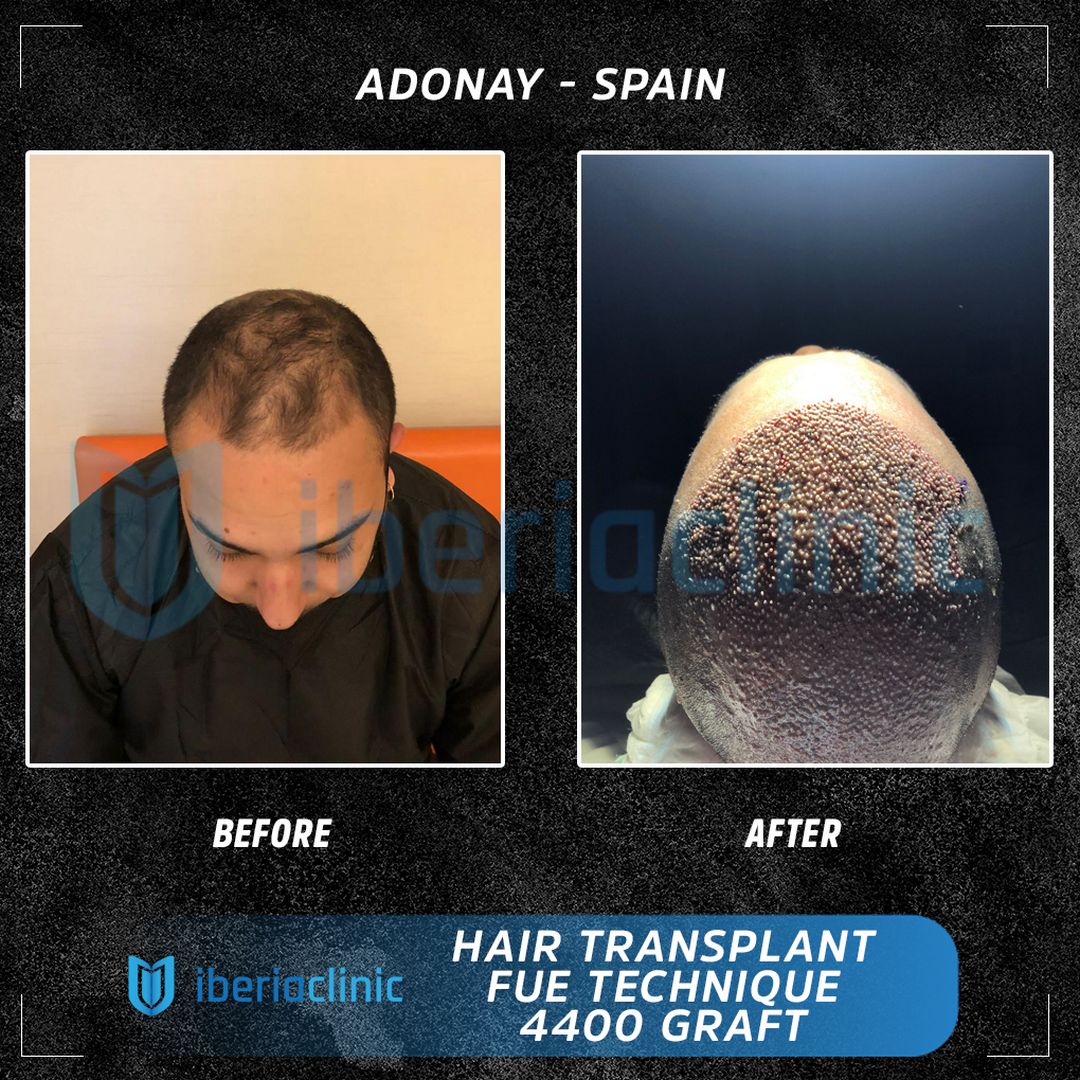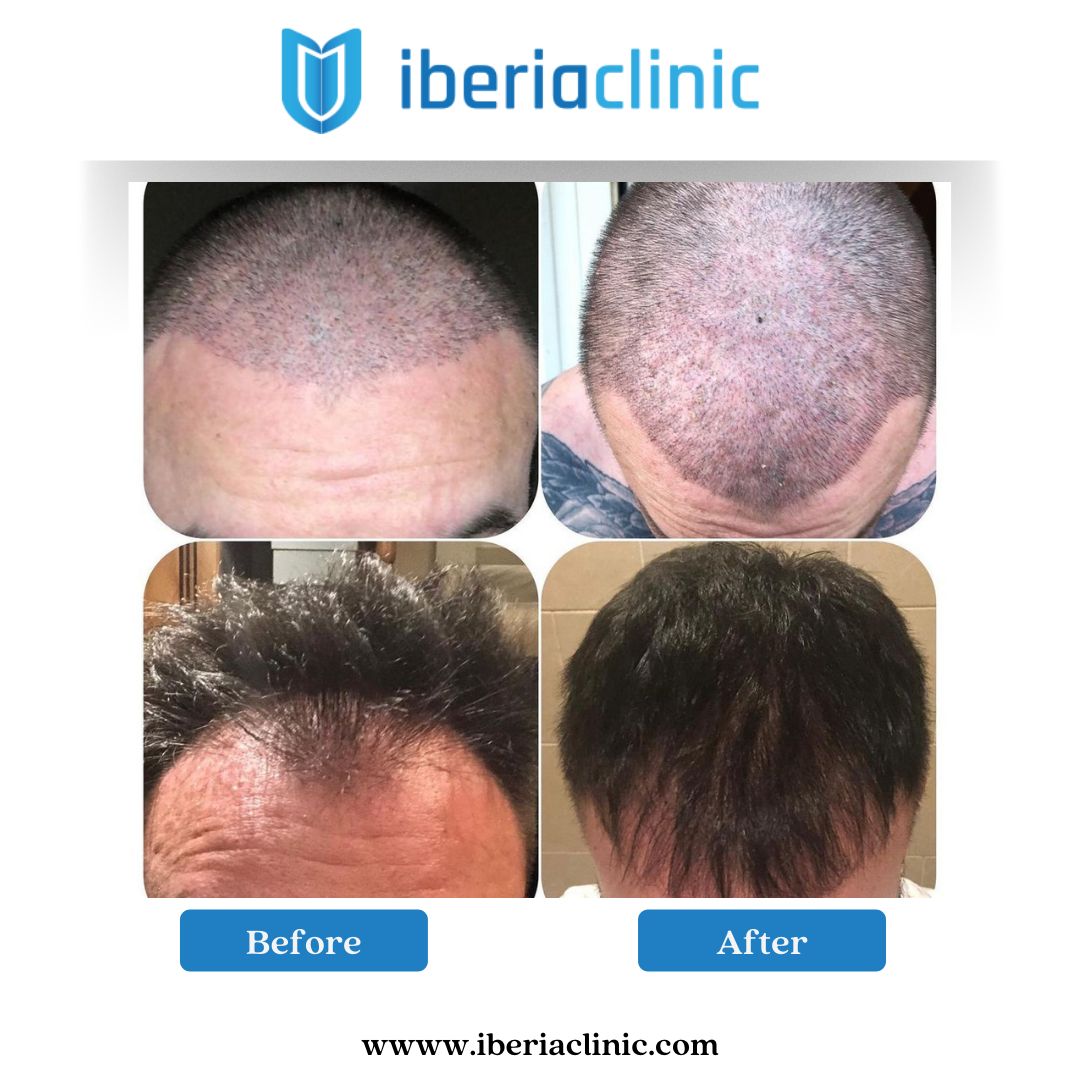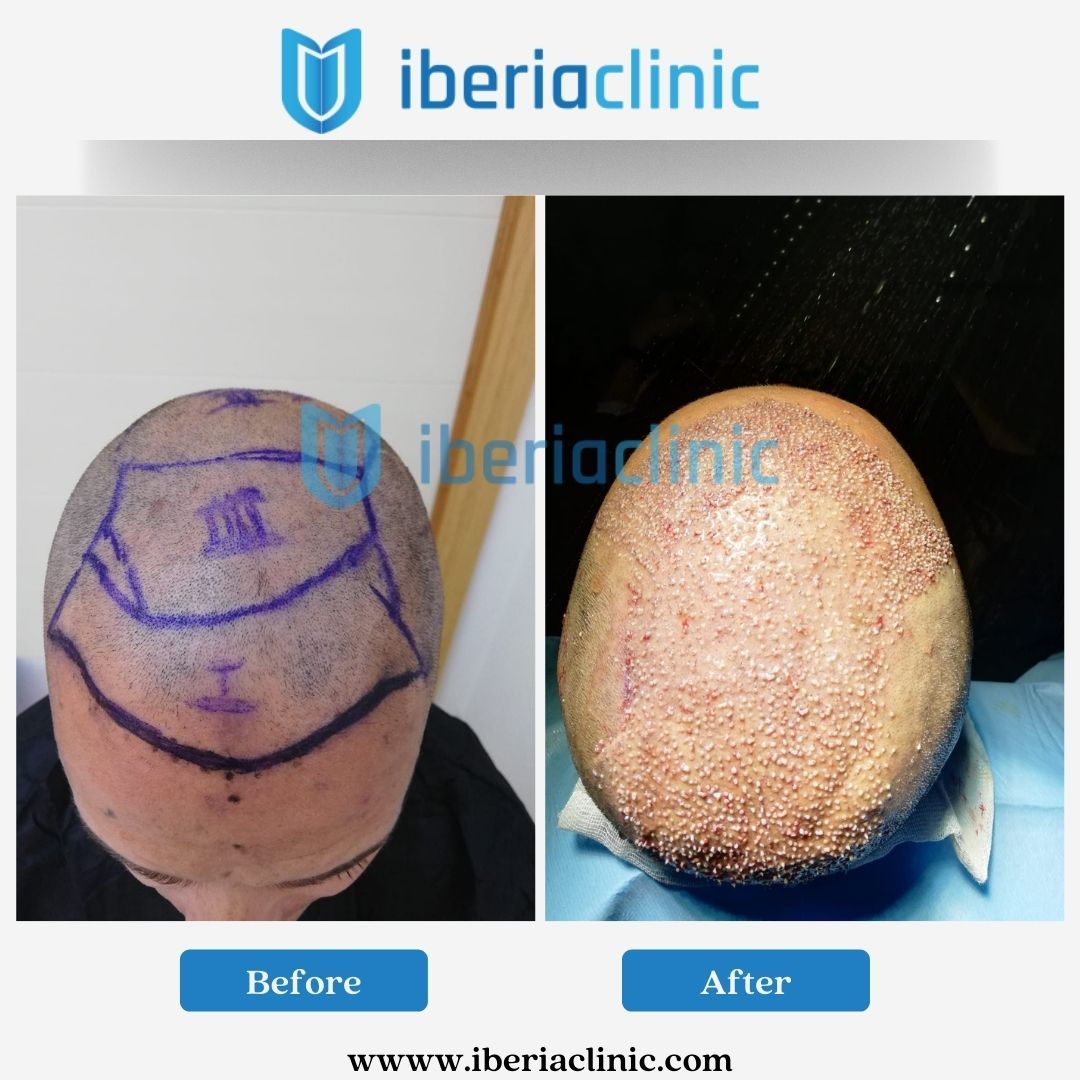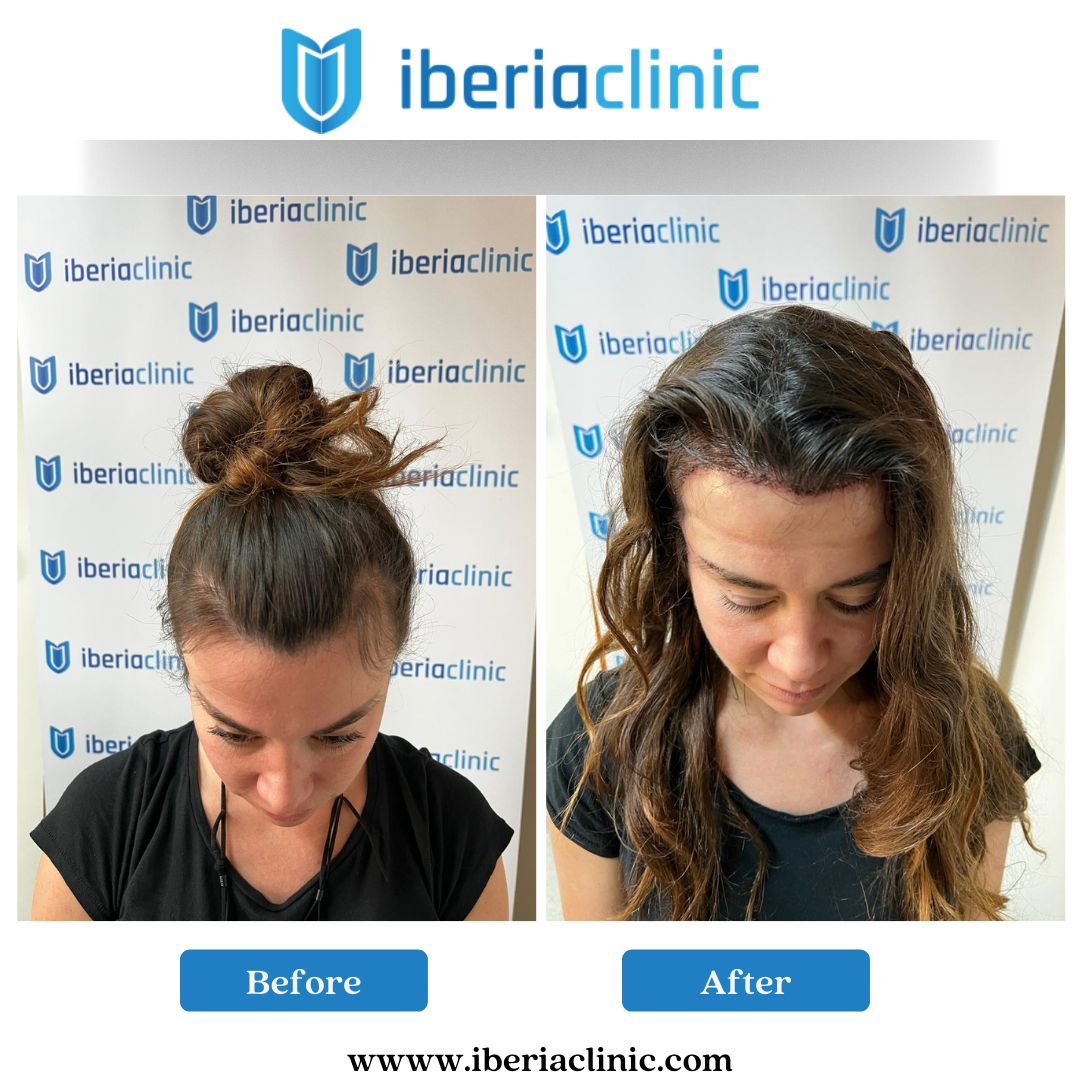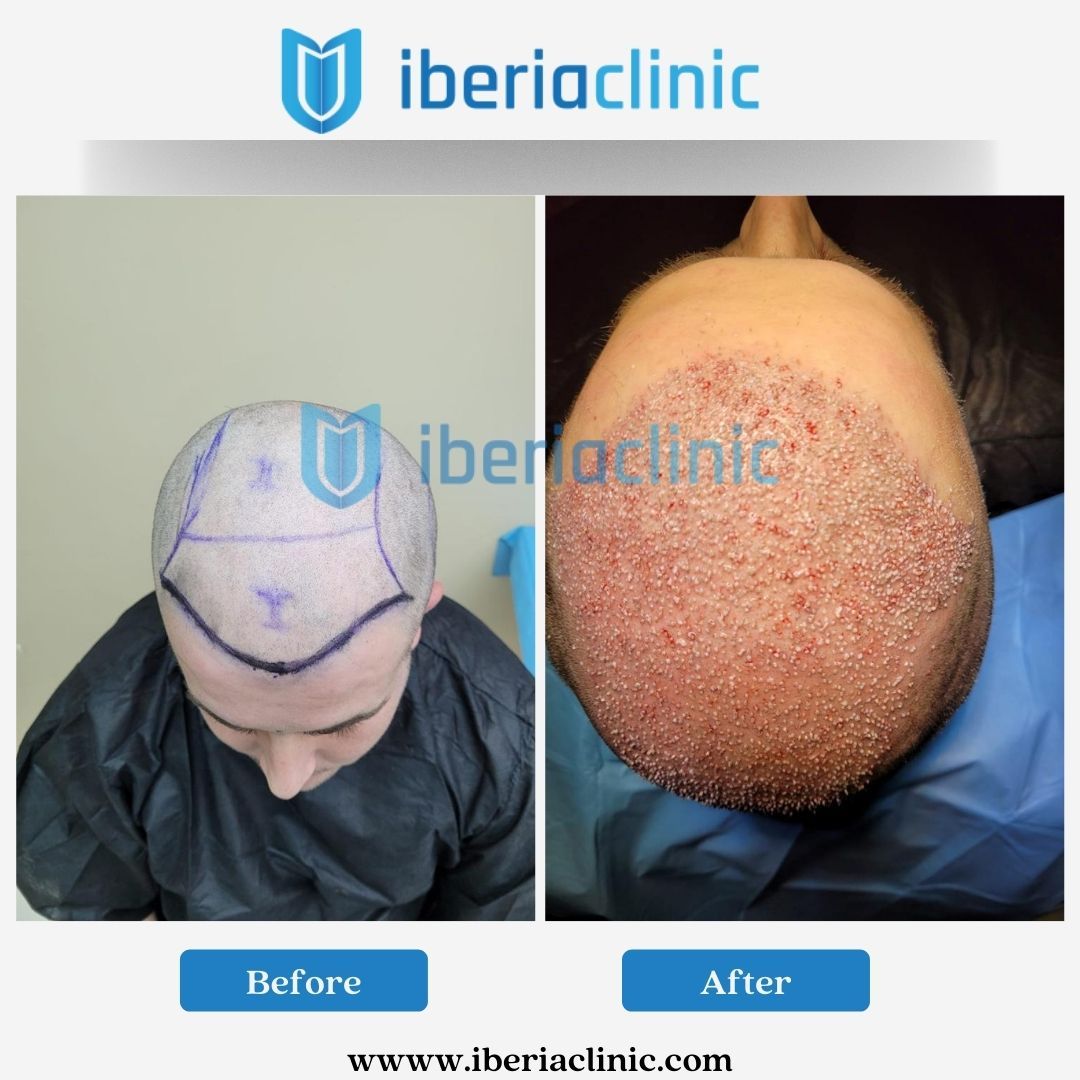What is Sapphire FUE Hair Transplantation?
Sapphire FUE (Follicular Unit Extraction) Hair Transplantation is a popular method of hair transplantation and has been used for more than 12 years. In fact, FUE hair transplantation is currently the most widely accepted and popular hair transplantation technique globally. Over the years, hair transplantation has improved remarkably. FUE hair transplantation with sapphire blades technique gives great results. Sapphire hair transplantation is the best option for you if you have hair loss and want to have a hair transplantation that will give you natural aesthetically pleasing results.
Sapphire FUE Hair Transplantation is one of the newest and the most efficient Hair Transplant method to get maximum number of grafts (hair follicles). It’s based on the extraction one by one of the hair grafts from the donor area using micro punches (06 – 07 mm), and transfer them to the bald (empty) areas by special tools without leaving any scars.
Follicular Unit Extraction (FUE) is considered painless and total healing takes place after 7-8 days of hair transplantation.
V-shaped tip of these sapphire blades allows the operation to become shorter in comparison to U-shaped steel blades, as they provide more incisions with minimal attempt and zero damage to scalp tissues. As a result, it an easier procedure and a more natural appearance overall.
Knowing the tool: Sapphire blades
The advantages of FUE performed with Sapphire blades in comparison with steel blades:
- The risk of complications such as trauma and scalp tissue damage are reduced, thanks to the sapphire blade’s sharpness, strength, and antimicrobial qualities.
- Sapphire blades allow for more dense, which makes it possible for individuals with advanced hair loss to undergo a fuller hair transformation. It also ensures more natural-looking results in all patients.
- Tissue recovery is faster in comparison with using steel blades.
- As a result of opening the channels at the same length of hair follicles, it is not possible for the follicles to become dislodged, nor for their angle alignment to be altered after the transplantation process.
Are you a good candidate for Sapphire FUE Hair Transplantation?
You should know beforehand if you are a suitable candidate for Sapphire FUE hair transplant. During our online consultations, the foreign representatives provide all the information as advised by the main surgeon. Deciding to undergo a hair transplantation procedure does not automatically make you a candidate for the operation as there are several parameters.
The following factors should be considered for good candidacy:
- Do you have hair loss stemming from conditions such as a trauma, androgynous type of hair loss or traction alopecia, you can opt for Sapphire FUE transplant as a hair restoration method.
- Just like with any type of hair transplant technique, the density of your hair at the donor site is one of the most prominent determining factors regarding the Sapphire FUE.
- If you a have sufficient number of hairs at the back your scalp also known as the donor area, then you will be considered as a good candidate for the surgery.
- Whether you have relatively minor hair loss or shed a major amount of your hair, you are still able to undergo Sapphire FUE operation without complications.
- Age is a determining factor in this case, for patients who are too old or even too young it’s advisable for them to consult the main surgeon before the surgery.

How is Sapphire FUE hair transplant applied?
During the consultation, your doctor will initially analyze your hair’s amount and density as well as your scalp tissues and general health conditions, while preparing for several tests. In this way, your doctor will be able to ensure that your physiological health.
Listening carefully to your concerns, your doctor will try to determine your cause of hair loss, and make sure that your expectations are decently realistic and applicable.
Afterwards, it is time to decide on the recipient area for the transplant. The shape and general features of the patient’s face is the determining factor for the planning and mapping of the hairline as well as the patient’s expectations and wishes.
After the planning phase, you will be taken to the operation room, and injected local anaesthetic agents into your scalp. As soon as the anaesthesia takes effect, your surgeons will begin the extraction process, harvesting an adequate amount of grafts by means of a surgical instrument such as forceps from the back of the head near the neck. Once the extraction is completed, your surgeon will take the necessary steps in order to prepare the recipient area for graft implantation. Considering the previous planning of hairline, small incisions will be made according to the placement of new hair follicles, using sapphire blades. The next and final step is the implantation of hair follicles. Your surgeon will insert each of the extracted grafts into the premediated channels one by one, and finally, the operation will come to an end.
Depending on the density of the hair and the number of extracted follicles, the Sapphire FUE technique enables implanting approximately 50-60 follicles per square cm. The slits at the recipient area heal in a few days, without any visible scarring.
What is the difference between Sapphire FUE and FUE?
The main difference between the classical FUE technique and Sapphire FUE is the surgical instrument used for opening implantation channels at the recipient area. As part of the Sapphire FUE, steel material razors are replaced with blades made out of sapphire, which is a gemstone never losing its sharpness. Yes, it is an extremely valuable and expensive crystal, but its effectiveness in making incisions can never be ignored.
When compared to metal slits, sapphire tips are much sharper and stronger; as a result of these advantages, sapphire tips reduce tissue damage to a minimum. As opposed to U-shaped channels of metal slits, sapphire tips allow the surgeons to work with V-shaped canals, reducing the possibility of tissue damage on the skin even more.
Since the superior sharpness of the sapphire tips increases the number of grafts implanted, Sapphire FUE hair transplantation creates more of a denser and natural look. Moreover, being a substance found in nature, the unique properties of the stone has a variety of anti-bacterial qualities which speed up the recovery period.
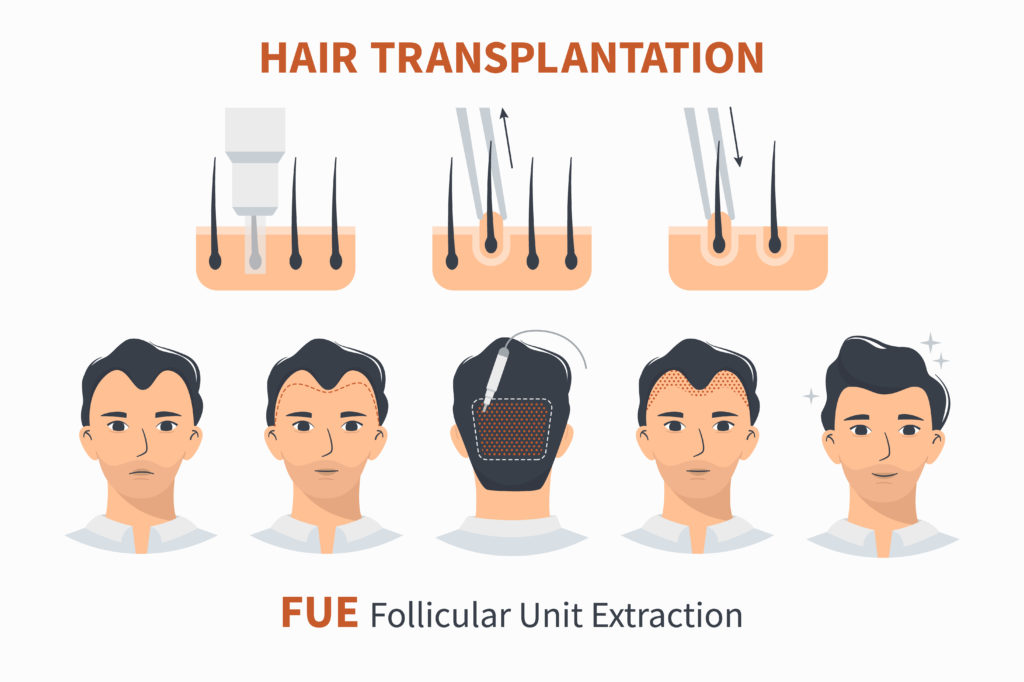
Sapphire FUE Hair Transplantation Recovery Period
Sapphire FUE is a type of hair transplant surgery that employ different devices made of the jewel sapphire, leading to an improved and more natural look.
Here is a comprehensive guide of the results you can expect at different stages:
- The very first thing people should be informed of is that they will experience rapid hair loss a brief period after their sapphire hair transplant. Normally, this happens after a month which is called ‘shock loss’. Does shock loss affect existing hair?
- Shock loss is defined as the temporary loss of healthy existing hairs due to surgical trauma and can occur both in the donor and recipient areas. It is a completely totally acceptable scenario; so, patients who notice this situation should never become alarmed.
- After three months, your hair will gradually start growing.
- Fresh hair on the scalp will start to develop 6 months following the rapid baldness.
- Your hair will have returned to its natural condition about a year following your Sapphire hair transplant surgery.
Treatment Summary
Frequently Asked Questions
The hair grows the first month after the graft, the upper part of the hair falls out (it is normal), the third month begins to grow again and in six months the patient sees almost 70% of what the final result will be, all the process takes a year to complete. Period after which you will wear magnificent hair again.
Hair graft surgery lasts approximately 6-8 hours depending on the number of follicles that are going to be transplanted to the patient in the intervention.
Hair graft can be performed in patients who have alopecia and are between 18 and 70 years old. The intervention can be performed on both men and women. In women, the case is treated in a different way because the reasons for hair loss in men is DNA, that is, the production of a male hormone that causes the follicles to fall, especially in the front and crown of the hair. the head where blood circulation is highest. In women this fact does not occur for that reason, before carrying out a hair graft treatment in women, we have to find the reasons for the loss. Before deciding if you can carry out the hair transplant treatment or not, blood tests such as Ferritin, Ferro, Thyroid ... among others, and also a visit to a gynecologist are requested. If there is a problem in the results of these tests within the established parameters, the patient could not perform the intervention.
The maximum number of follicles that can be grafted in a hair transplant is 5000 to 5500. This always depends on the need (size of the alopecia) and availability (amount of hair in the donor area of the head).
The capillary graft is an aesthetic operation that does not require hospitalization of the patient. The patient leaves the hospital / clinic just after finishing the intervention. The third day after the graft, the patient can start working always paying close attention not to hit the head, not spend a lot of time in the sun and in places where there are many dust particles or similar in the environment.
Patients should protect their scalp from the sun for about a month. This is not intended to stay indoors, just wear a hat or cap to protect against sunburnPatients should protect their scalp from the sun for about a month. This is not intended to stay indoors, just wear a hat or cap to protect against sunburn.
We ask you to think about your back, your head on some cushions. By raising your head, the cushions lessen any swelling that usually occurs after hair transplantation.
You can safely go home the second day after the procedure. Staples can be easily removed in the patient's hometown. We provide easy-to-use instructions and staple remover for any healthcare professional. There should be no other reason to return other than an optional one-year follow-up.
Fibrosis, commonly known as scarring, is the skin's way of healing. Scars in transplanted areas are generally not very visible and the micro-technologies we currently use make them almost imperceptible.
Usually the grafts can be dislodged during the first 10 days after the operation, so be careful not to rub the sculpture during this period. The grafts are firmly fixed and are permanent later; after 2-3 weeks, they cannot be dislodged, not even by rigorous washing. A limited amount of transplanted hair can fall out. This is a normal reaction and this loss is called "shock loss." There is no need to worry as all the roots (or follicles) of the hair remain healthy and in place; it does not mean loss of transplants.
Mild pain can be expected for the first two days after treatment, caused by anesthesia. But afterwards you will feel good and can continue your daily and professional life.
Hair implantation is a very simple procedure that does not pose any risk to the patient. Before starting the procedure, a full test is performed to ensure that the patient is fit for treatment. In very rare cases, infection can occur if the patient does not fully follow postoperative instructions. It is easily treatable with antibiotics.
The operation is not painful at all. We use local anesthesia to avoid pain, and we provide a pain reliever for the first two days after the procedure to avoid pain or discomfort.
We prefer not to evenly distribute the transplanted hair. If we focus on the front line, it will disappoint to give it a natural look. The facial frame is the most important, covering the upper part is next and if the patient has a rich and dense donor area, then the hair can be added to the crown.
Hair implantation consists of extracting the hair follicles from a certain area that is normally the nape (the back of the head) so that it does not damage the donor area and does not leave scarring, and re-implants these follicles in the bald area or well bald. This operation is performed under local anesthesia. The extraction is carried out with a micro motor that removes the roots of the hair.
We provide the best services with affordable prices. Our prices depend on the chosen hair transplant method. We have set prices for different methods and all costs include postoperative exams and medications; no additional payment will be required for any reason. We do our best to offer you the best value for money with our competitive prices. Please contact us to be informed of the prices of our packages.
Hair follicles taken from your donor area are genetically and naturally resistant to the factors that caused your original hair loss, they will continue to grow throughout life, as if they were left there and not transferred anywhere.
Because the implanted follicles are extracted from the same body that will receive them, they will produce natural hair that will perfectly match the original in color and shape. It is important to choose the correct procedure and the correct clinic to obtain the best results. When your hair begins to grow, it will be impossible to determine which hair has been transplanted.
Before After Results
REQUEST A CALL BACK
Related Posts

